Art exhibition: Lock yourself to 300 kilograms of climate guilt
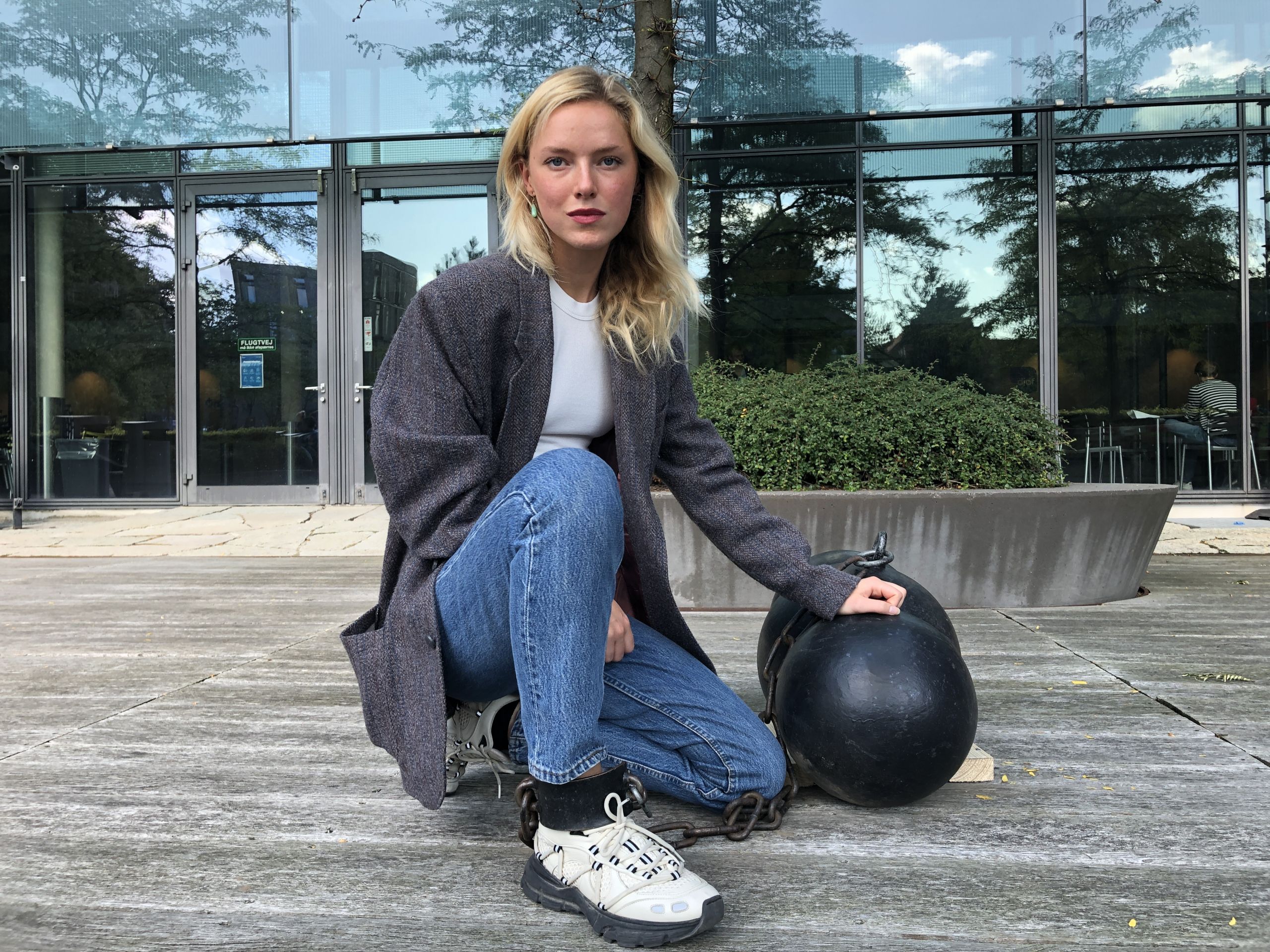
Carolina Edman, CBS student and member of the organization team at CBS Art, is the initiator to get the CO2 Lock-in installation to CBS: (Photo: Anne Thora Lykkegaard)
The six carbon dioxide molecules with large foot shackles exhibited on the wooden decking outside Café Nexus are both a reminder of our “climate sin”, and a piercing criticism of CBS, explains the initiator, Carolina Edman, from the student organization CBS Art.
The CO2 we as individuals emit on a daily basis is invisible. But right now, you can see what two weeks’ of CO2 emissions look like on the decking outside Café Nexus.
CBS Art is exhibiting the installation CO2 Lock-In by the Swedish art duo Bigert & Bergström, which consists of six large carbon dioxide molecules connected to foot shackles. Each of the cast-iron molecules weighs about 300 kilograms, which corresponds to the average person’s carbon dioxide emissions for two weeks in the EU, according to the Swedish Environmental Protection Agency.
“I think this is a great opportunity to expose students and staff to perspectives beyond those of a profit mindset,” says Carolina Edman, who is studying for her BSc in International Business and Politics and is part of the organizing team of CBS Art and the initiator of bringing the art installation to CBS.
“If you lock yourself up, you cannot move. You are bound to the emissions you make and locked to your climate guilt. And if you are locked up, you cannot emit more CO2. This is in a sense knowledge that you can feel,” she says.
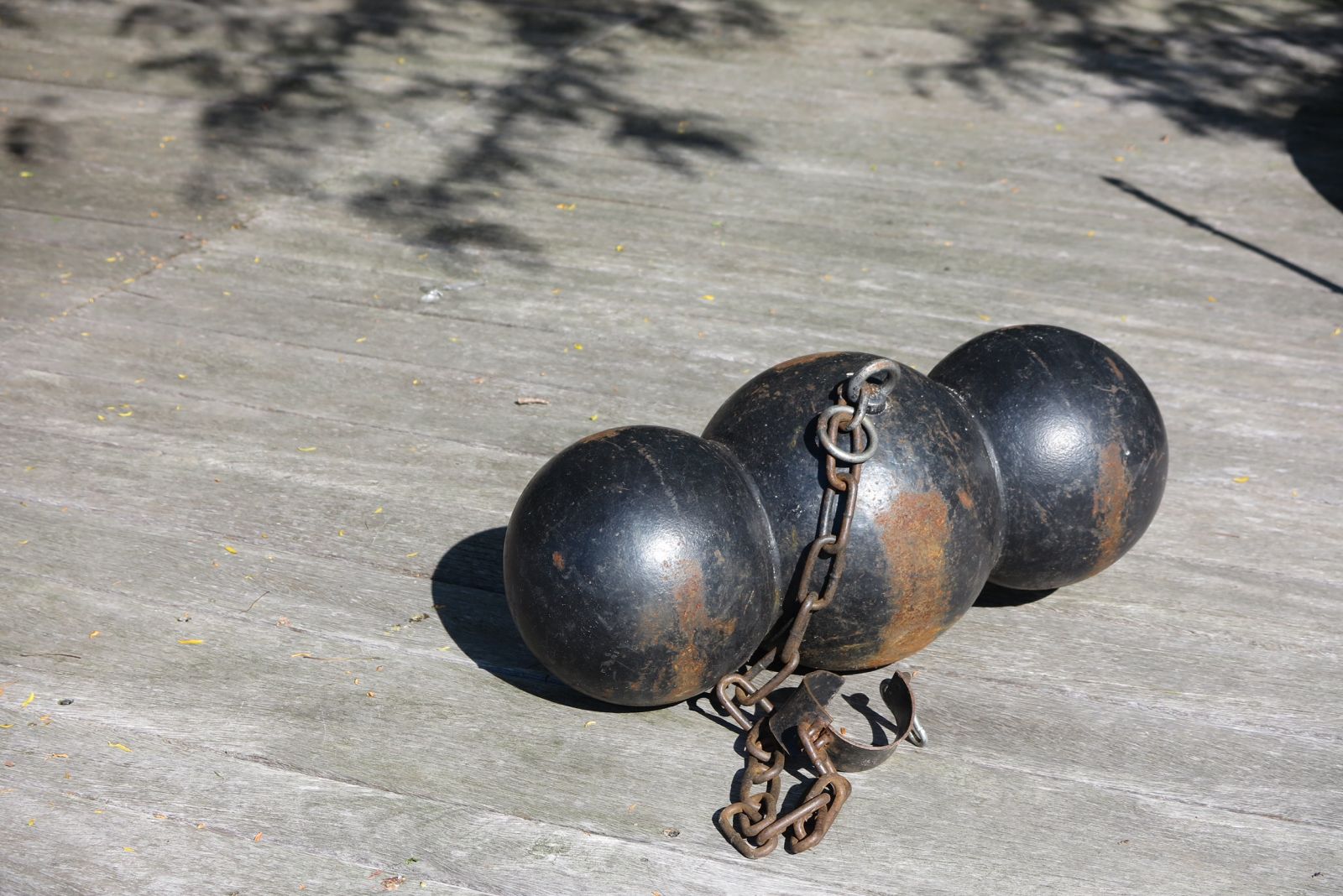
The five molecules were inaugurated on Responsibility Day on September 1 by Mats Bigert from the art duo. While holding a speech to mark the occasion, he was locked to one of the molecules. The plan, according to Caroline Edman, is to host two more talks with people who can put the climate crisis in perspective.
“The sculptures were made 10 years ago. And what has happened since then? Nothing,” she says and continues:
“When I returned to CBS for semester start, I saw commercials in the metro about going back to business as usual. Maybe it was just bad communication because that’s exactly what we cannot do. We cannot go back to business as usual because it has brought us nowhere. We truly lack genuine discussions about that at CBS. So what better way to start a debate than by locking yourself up with a 300-kilo sculpture?”
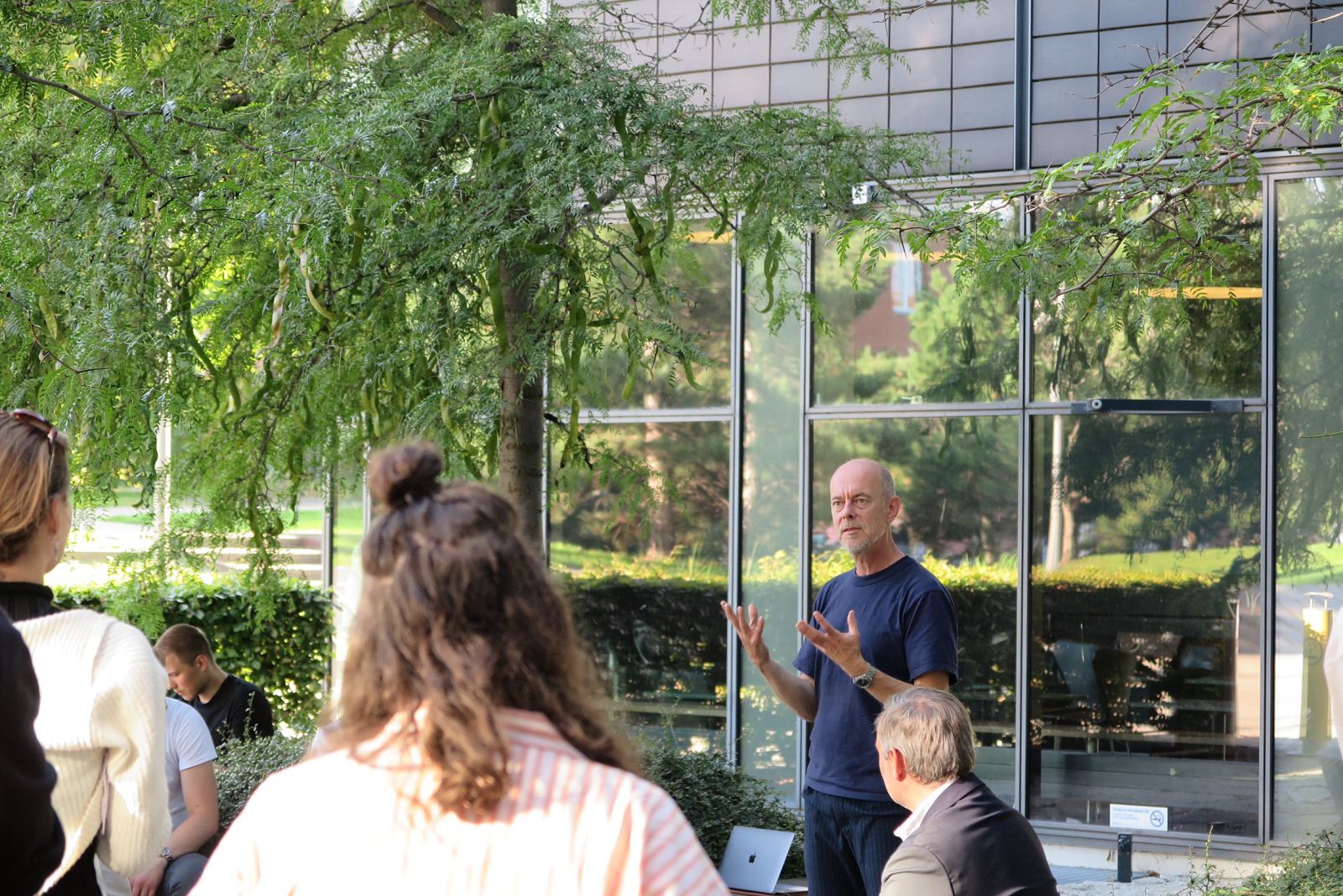
No epiphany – but a good activator
The installation has previously been exhibited at the Stockholm School of Economics, and Carolina Edman cannot think of better place for the sculpture now.
“In my opinion, there is no more important place to have art than at a business school. We don’t calculate with emotions and irrationality, but art builds a bridge to self-reflection. It’s art with a purpose, and I think it’s possible to activate people through art,” she says and explains why opening the installation on Responsibility Day was no coincidence.
“When I had my own intro at CBS, we met people from McKinsey and the Boston Consulting Group who told us about our great opportunities. We had walked through the golden gate, they said. No talk about responsibility. After intro came Responsibility Day, and we solved a case. That was it. How can we educate future leaders without learning or thinking about the various aspects of responsibility?” she asks.
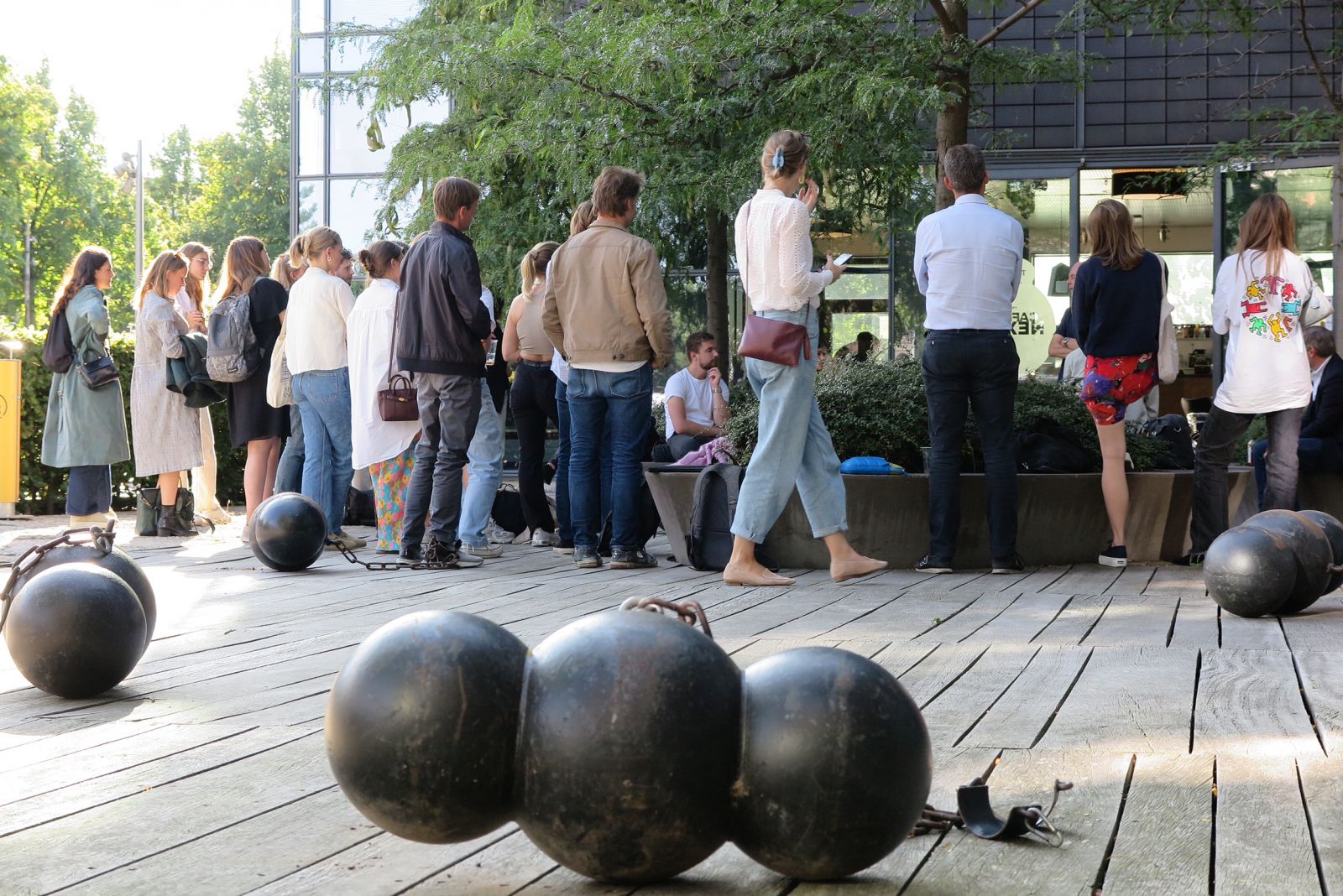
Therefore, Carolina Edman hopes to extend Responsibility Day in the sense that students will start talking about their individual responsibility, although that is not exactly a cozy conversation to have.
“This installation may not give people an epiphany and change their behavior completely. But I believe art can be an activator. It can make understanding complex issues easier, like climate change,” she says.
Carolina Edman explains the concept of so-called ‘hyper objects’, like the climate crisis.
“I can see the wildfires in Greece and the dying bees, but I don’t necessarily understand the big picture. This can make us feel denial and anxiety or refuse to accept the facts. But art can make us understand these issues and provide grounds for action. In this sense, it might just be a conversation. But an important one,” she says.
You can lock yourself to the CO2 lock-in installation during the coming months.




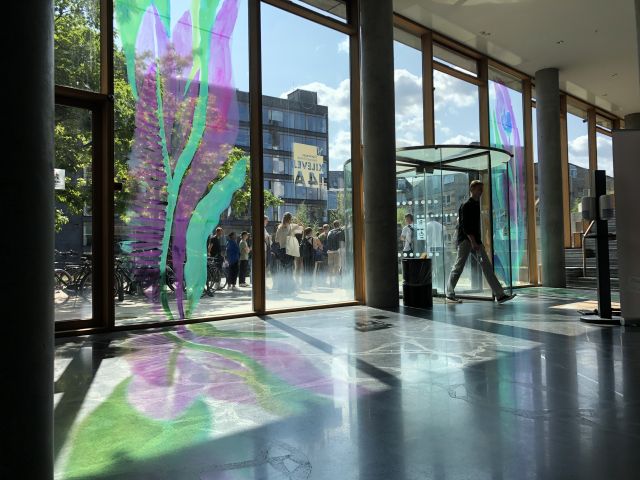
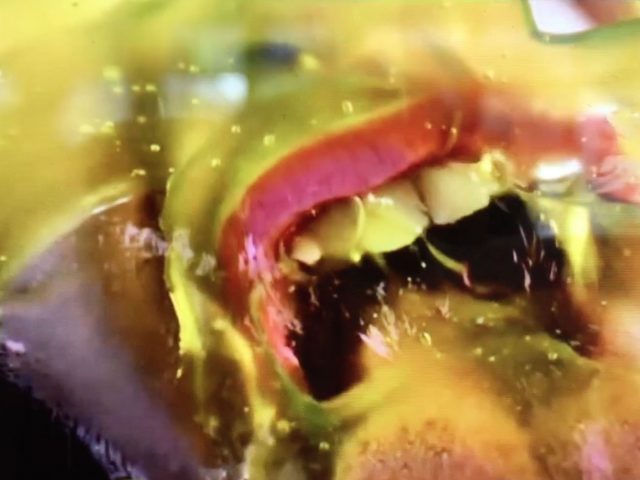
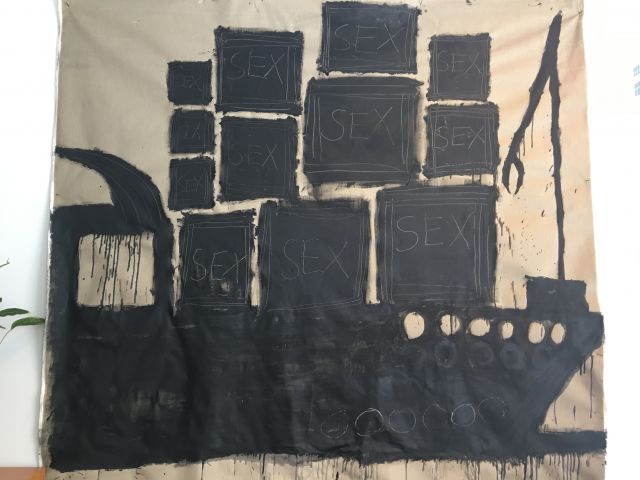

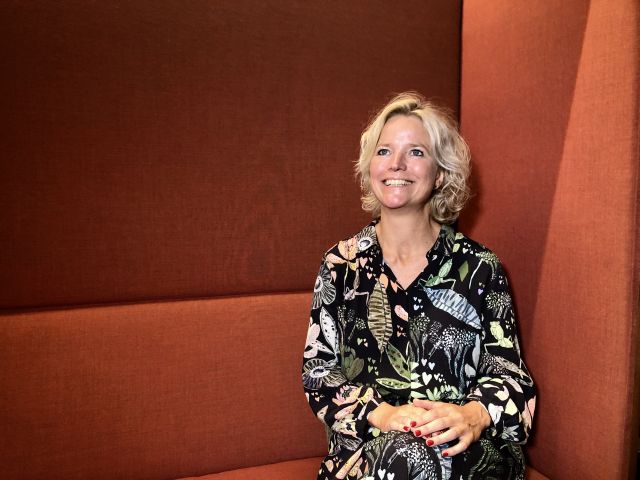
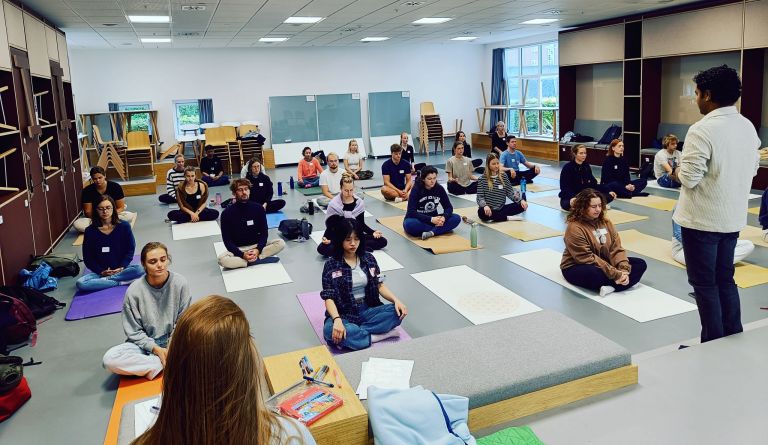
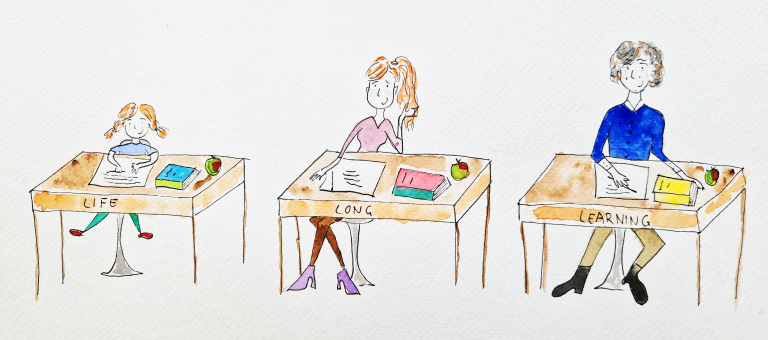

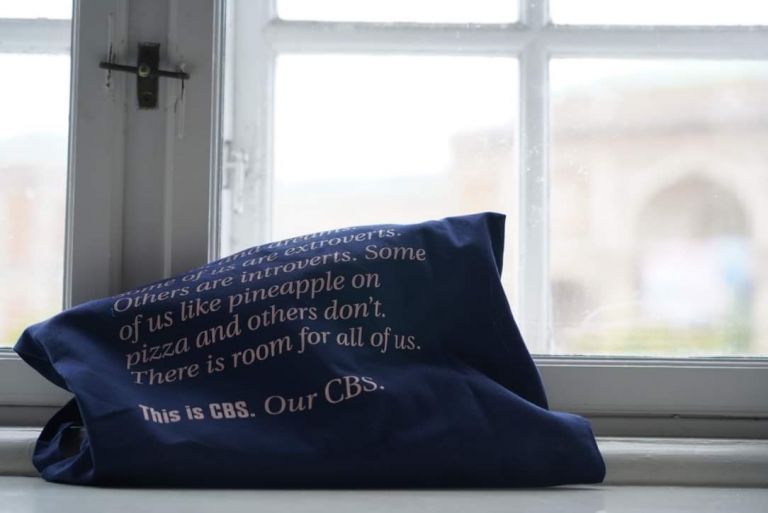
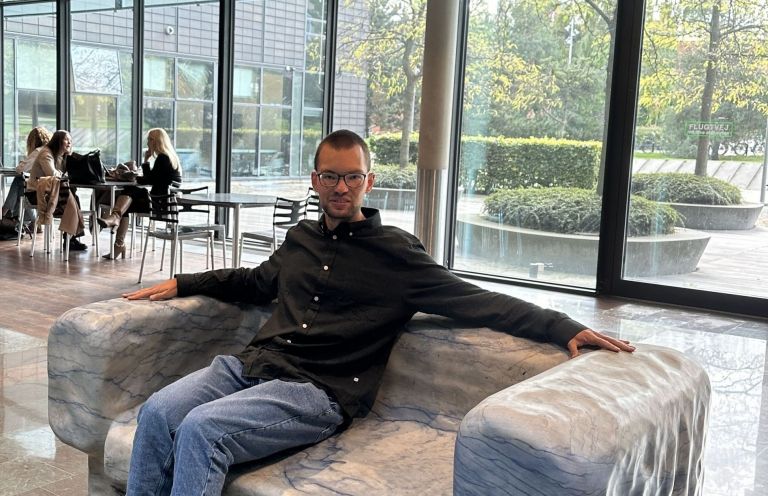
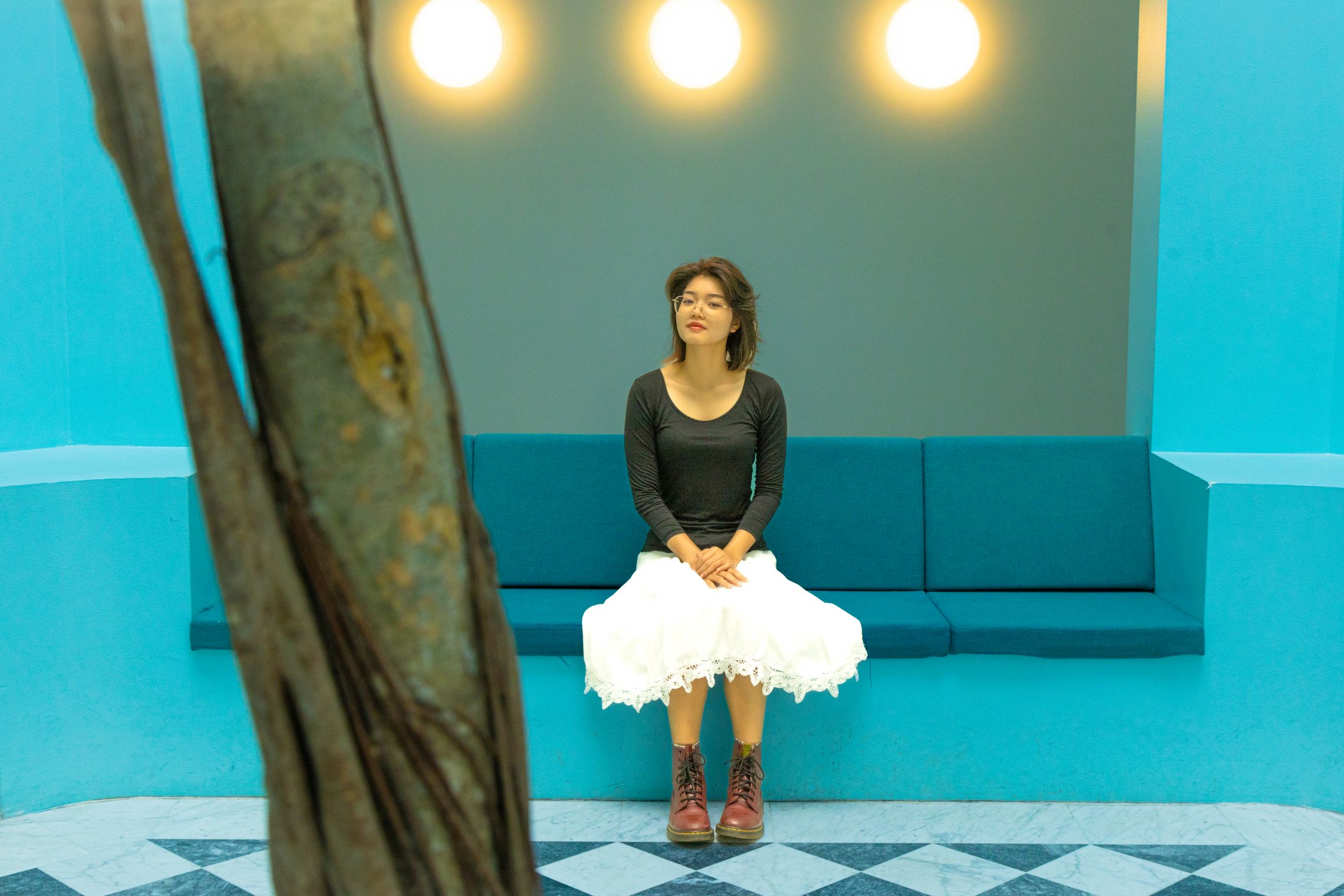
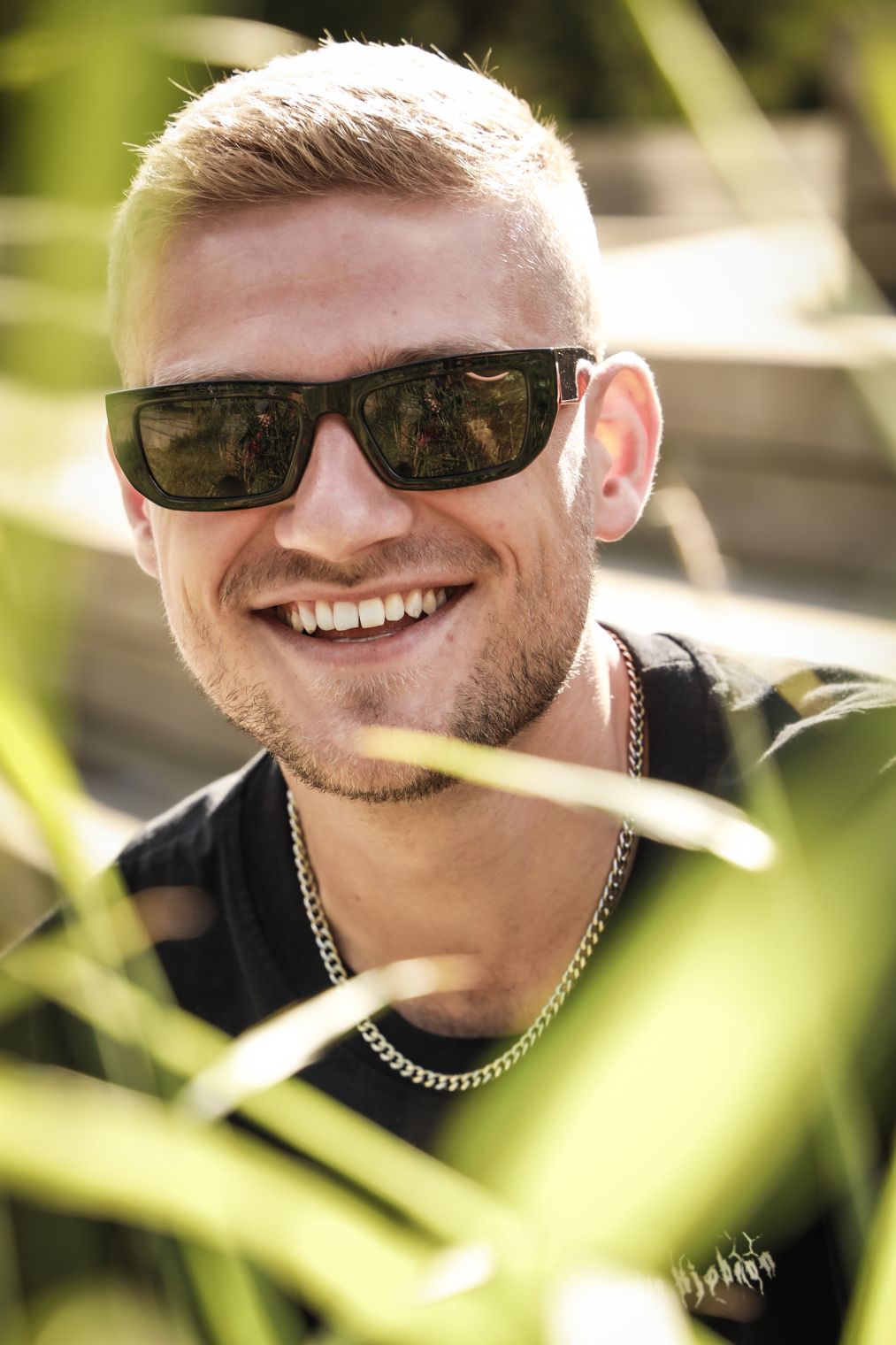

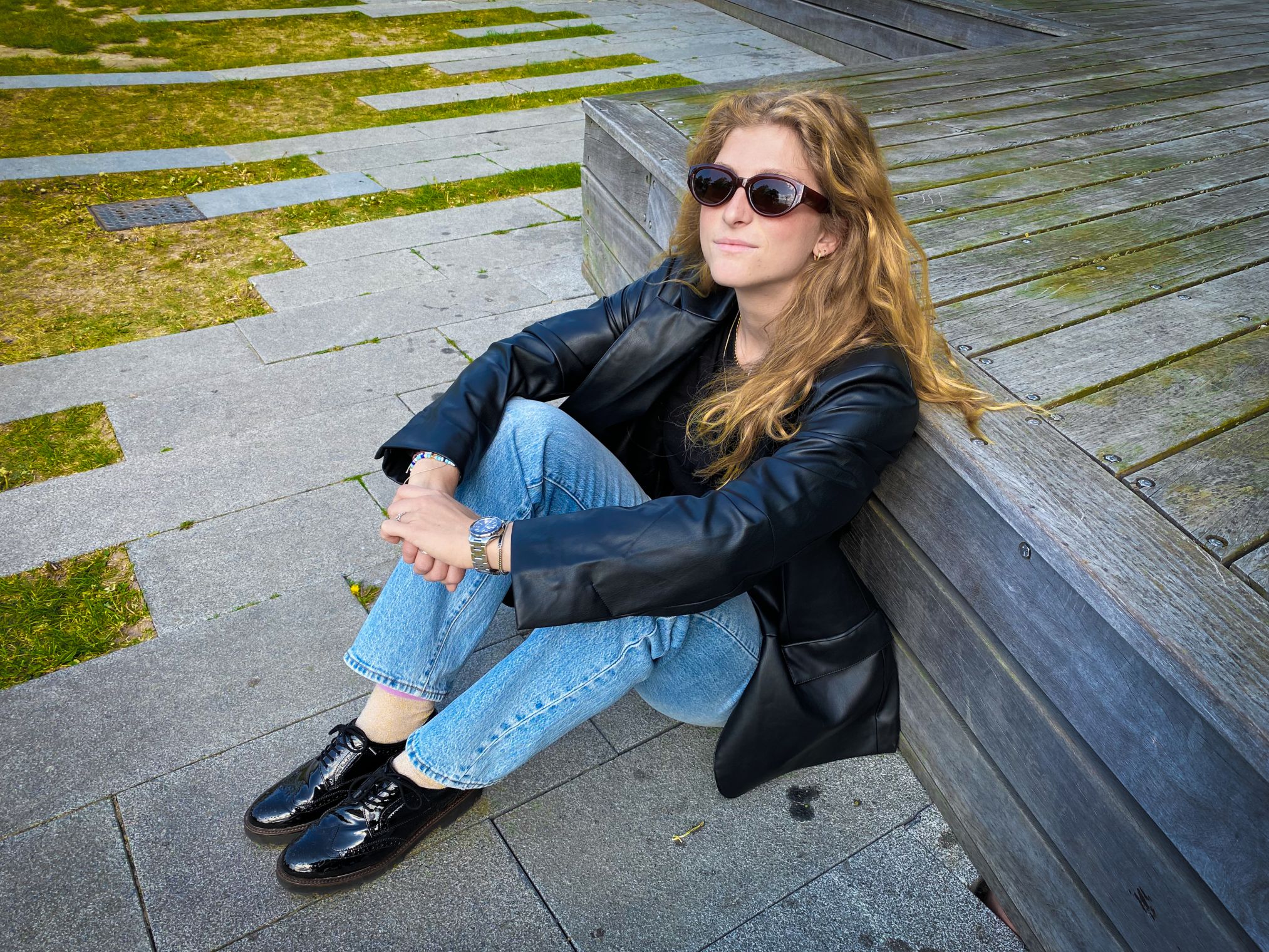
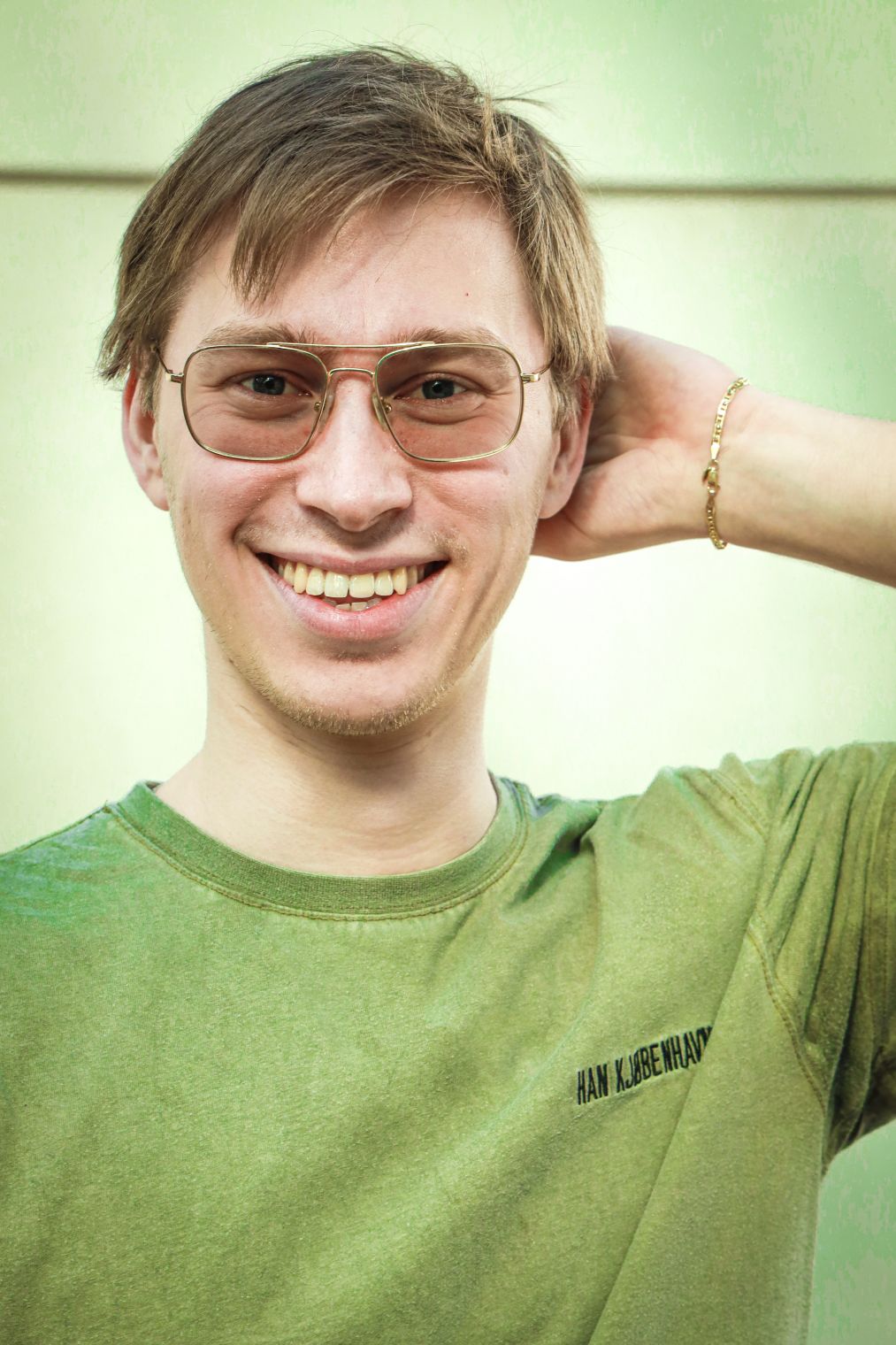
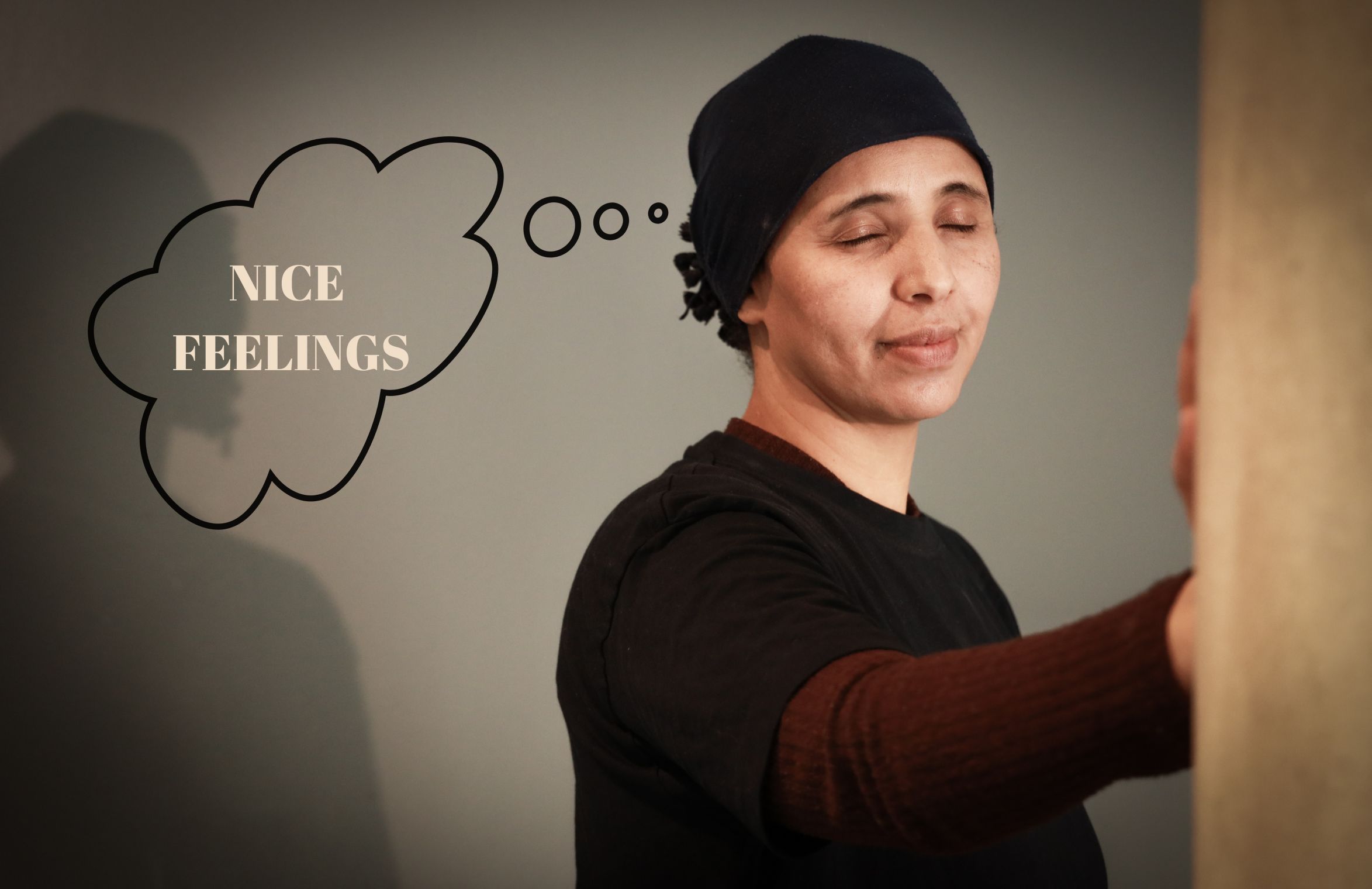
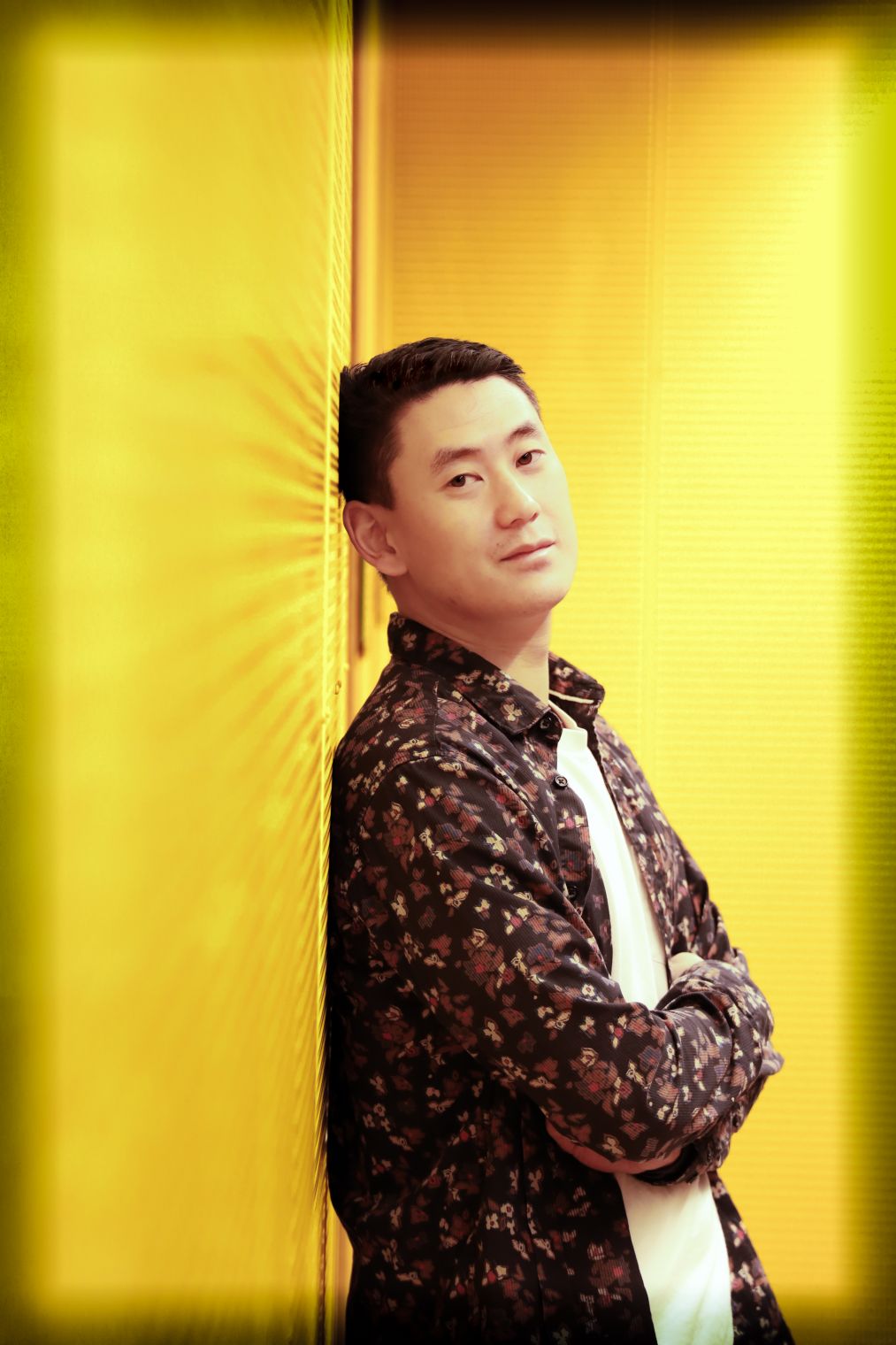

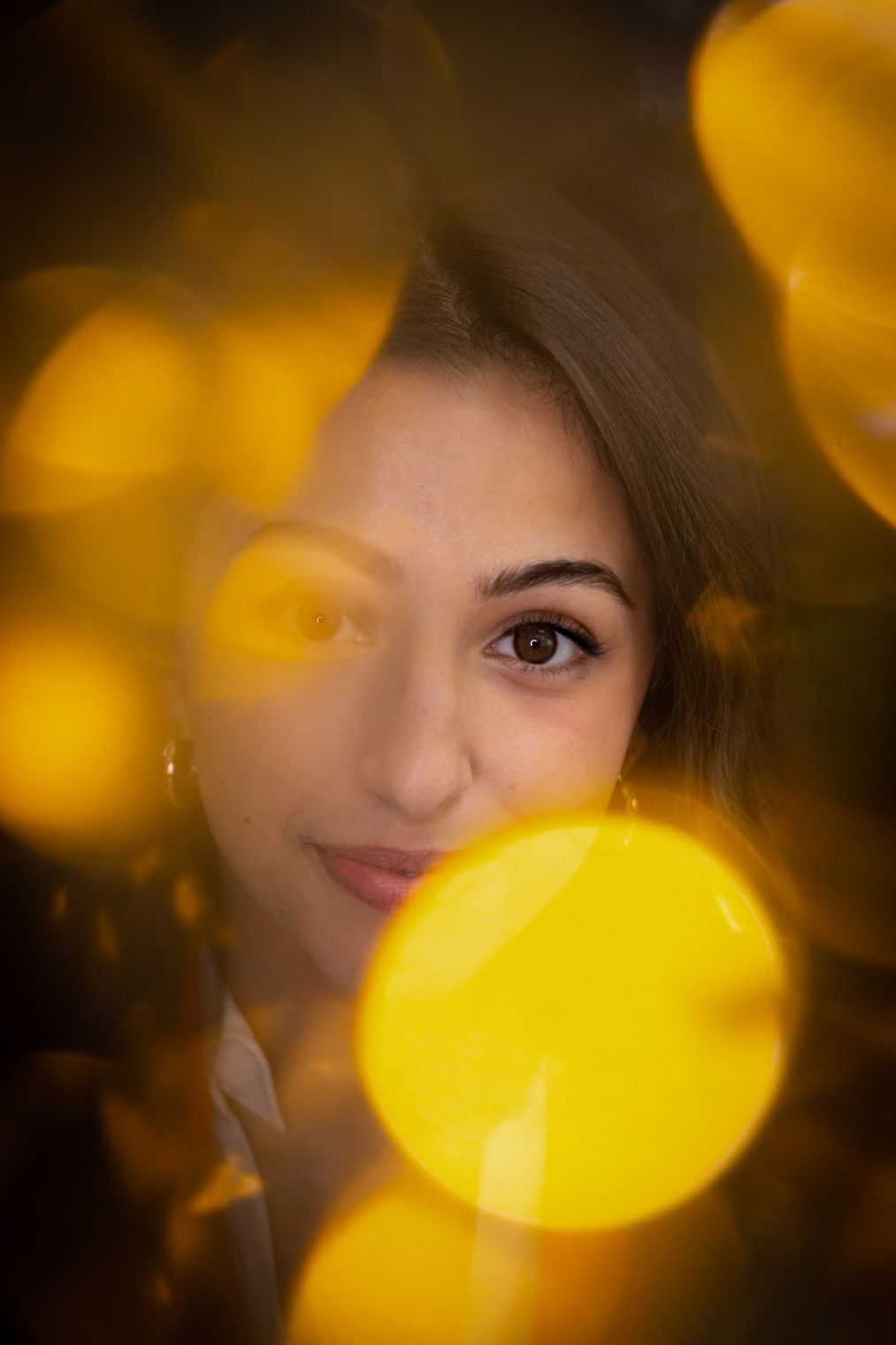


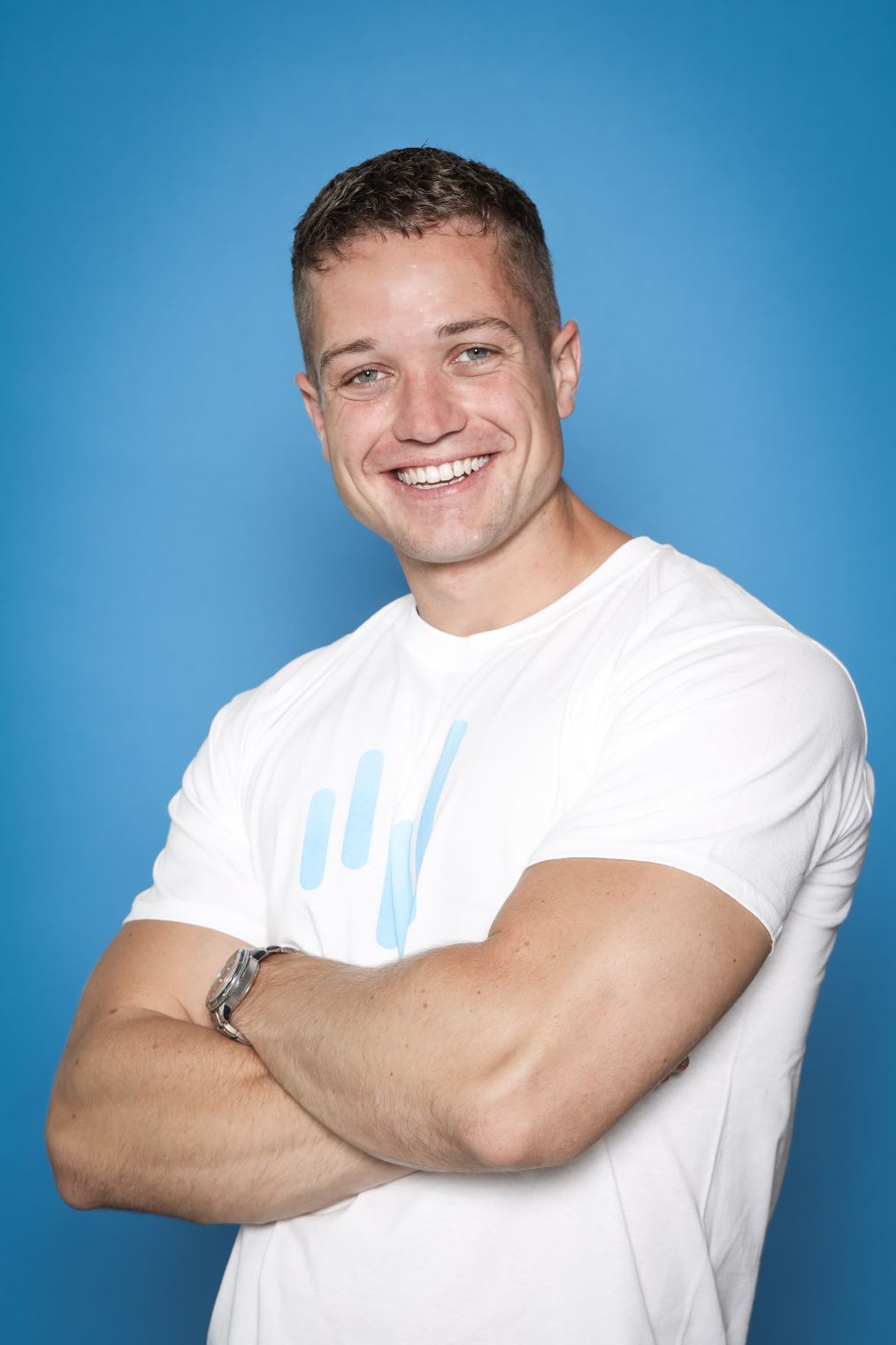
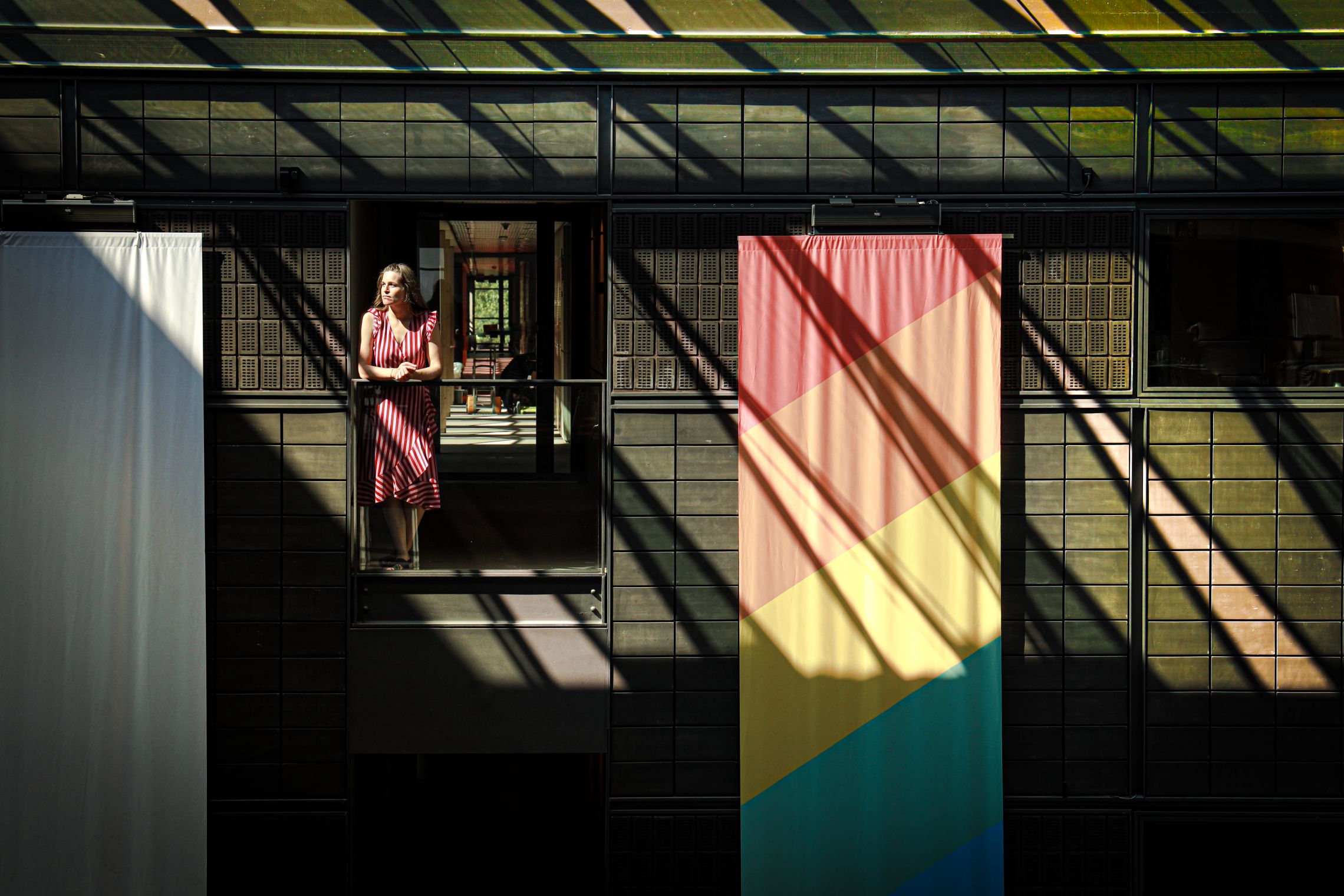
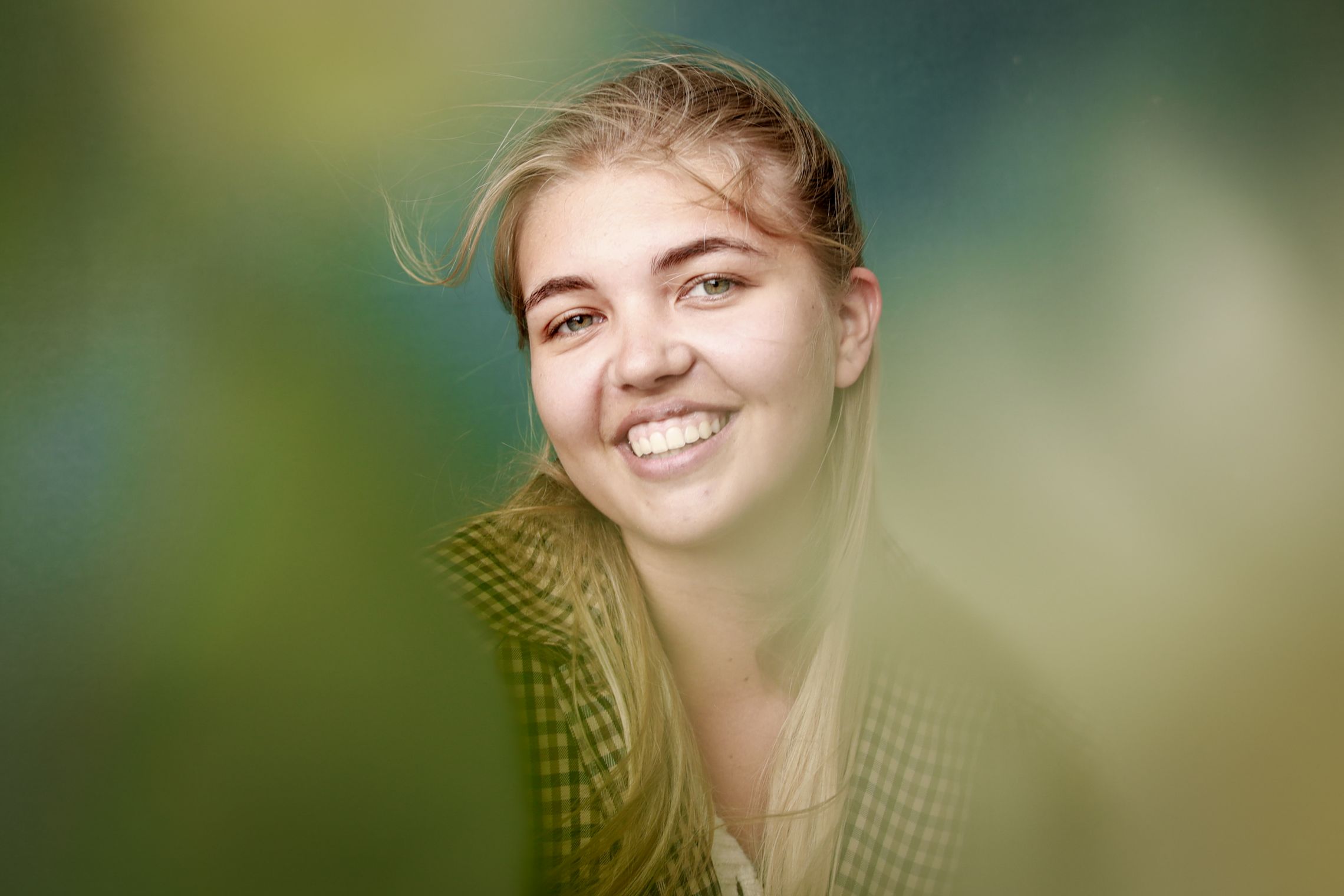
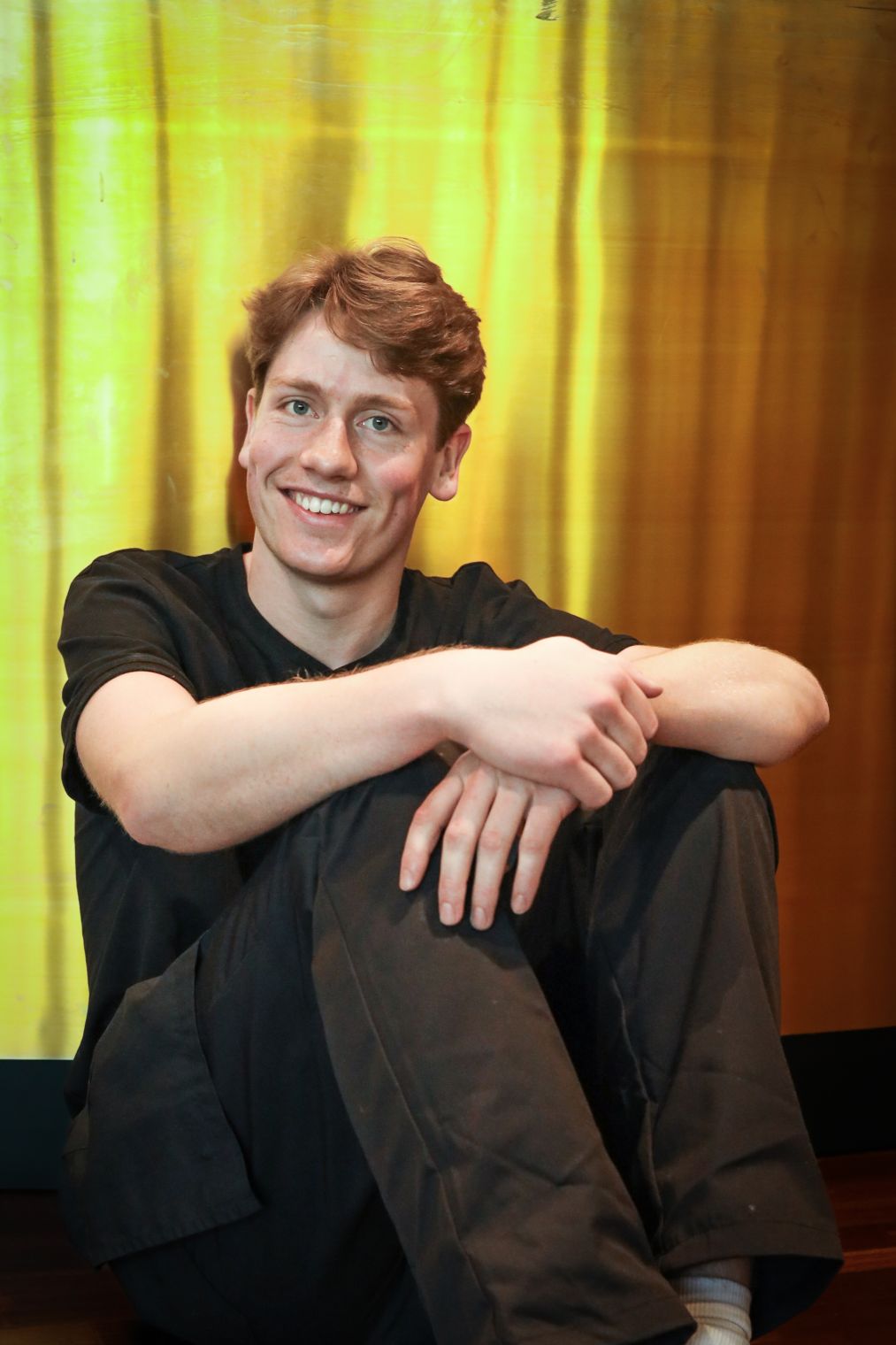
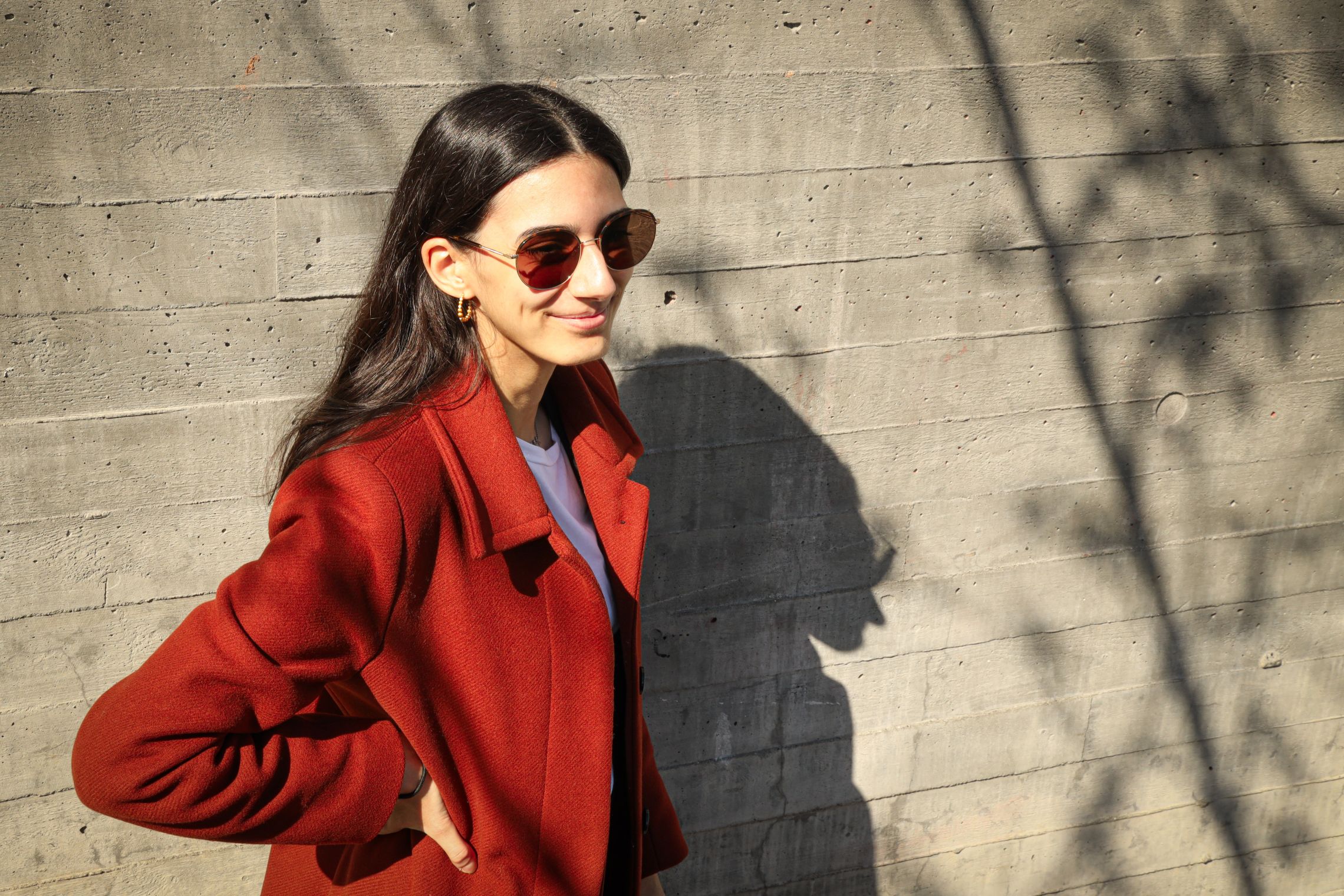
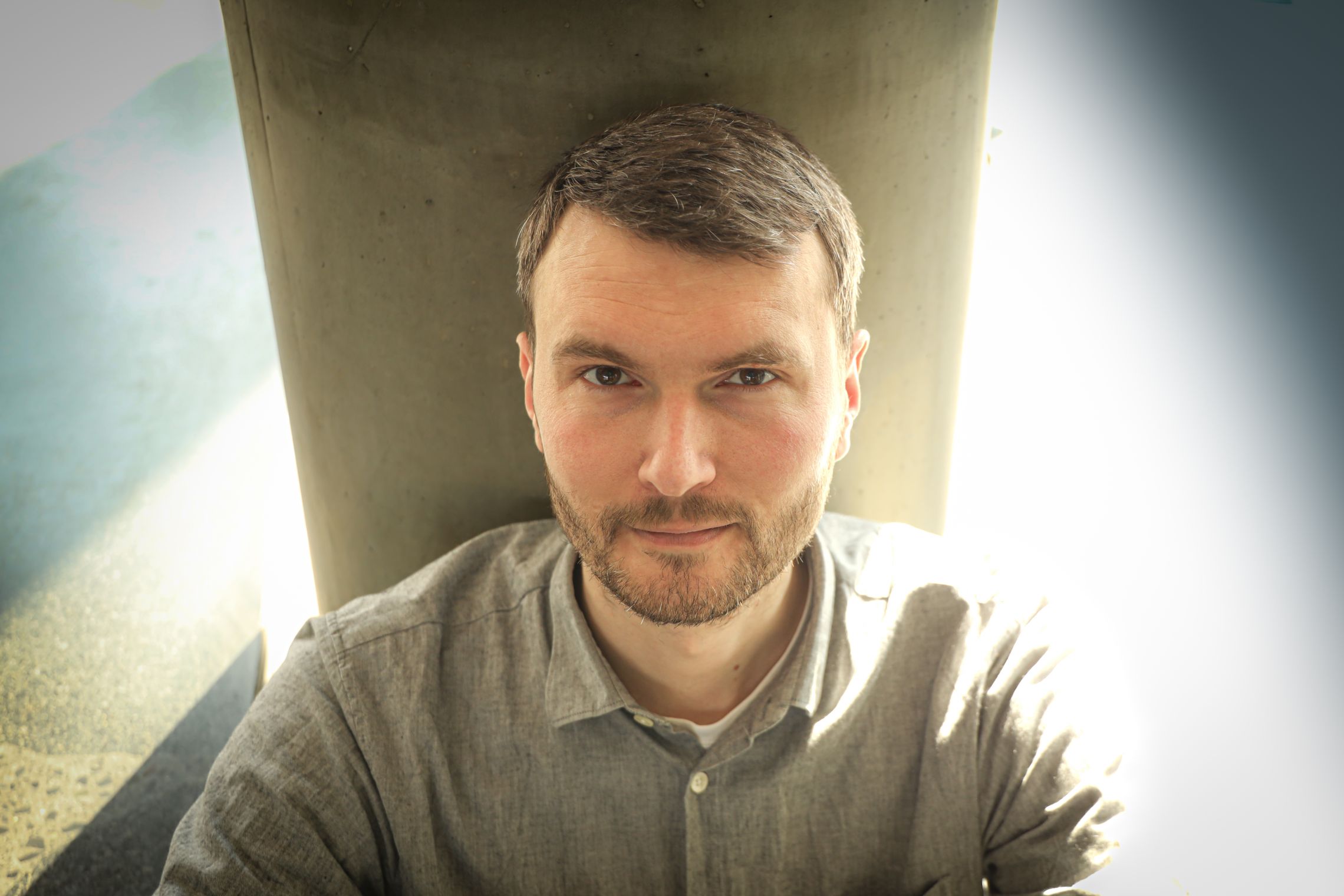

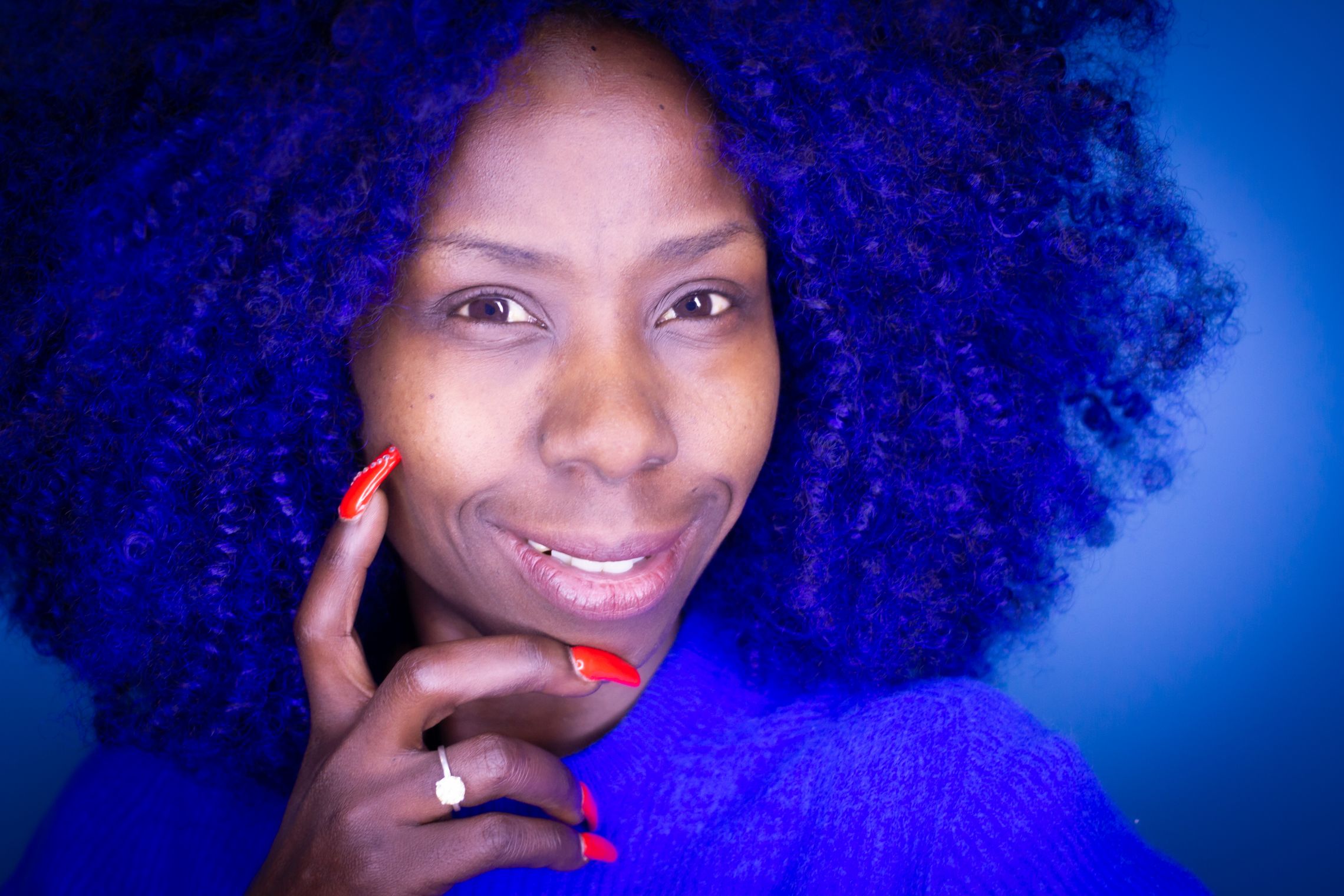

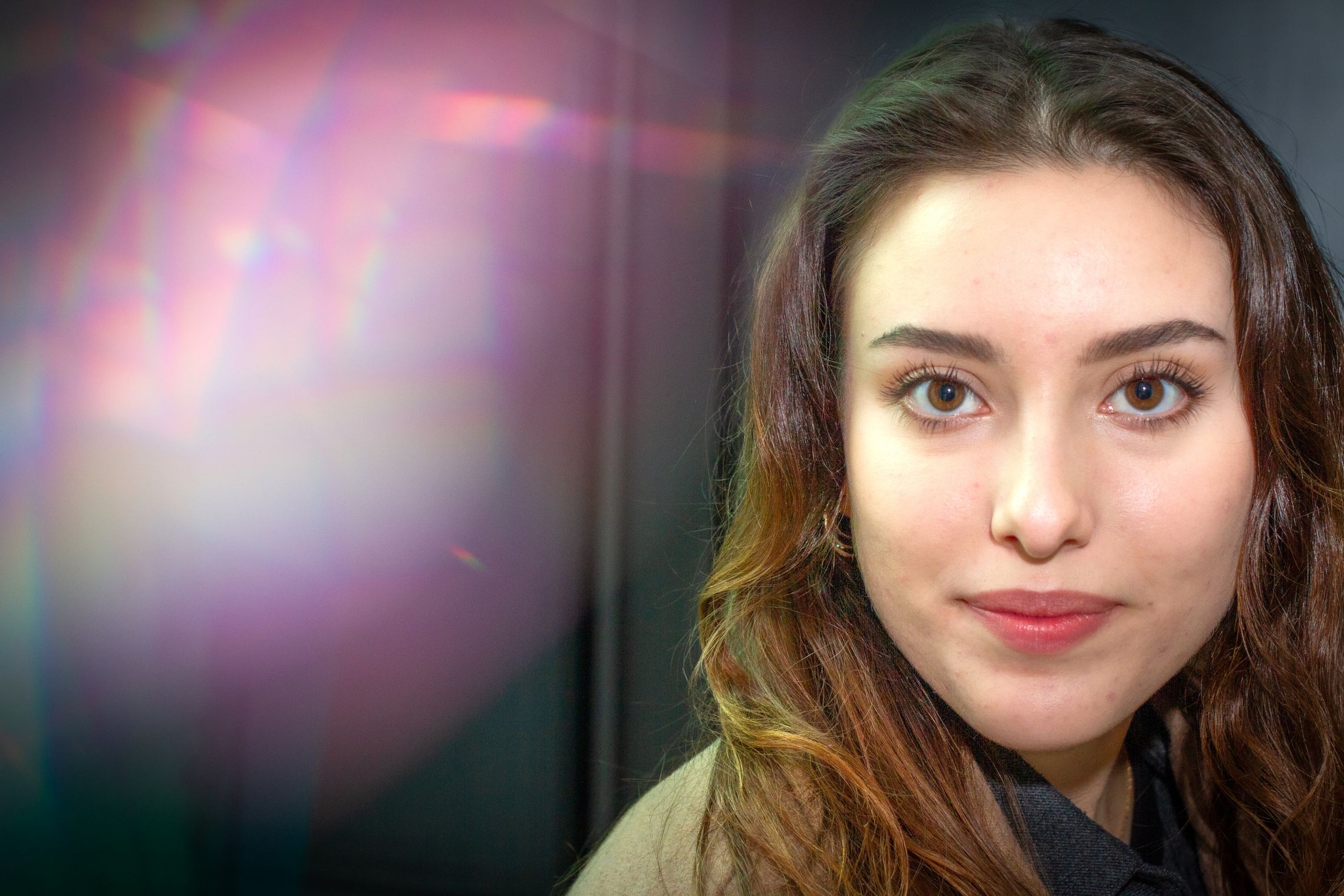
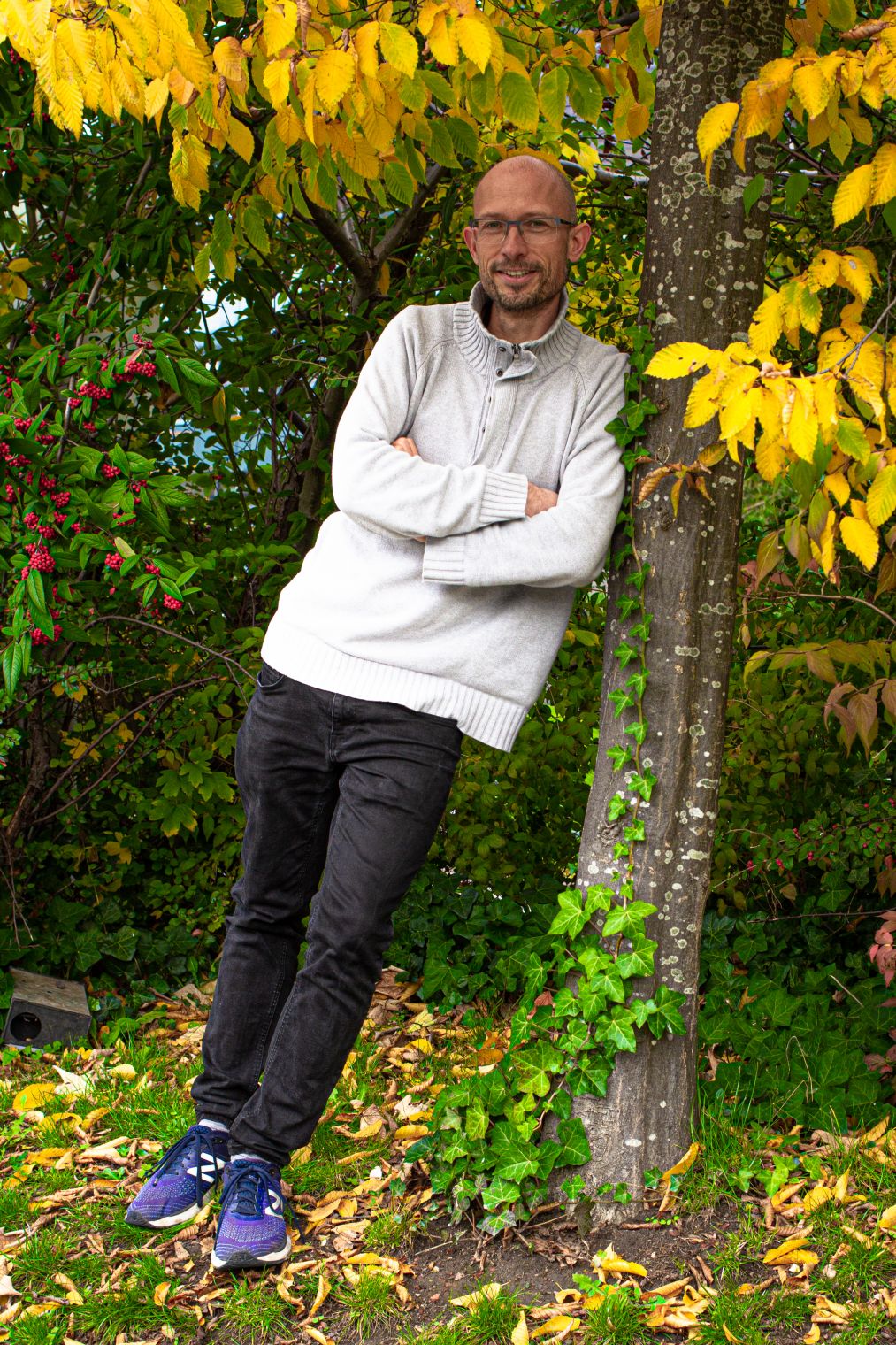
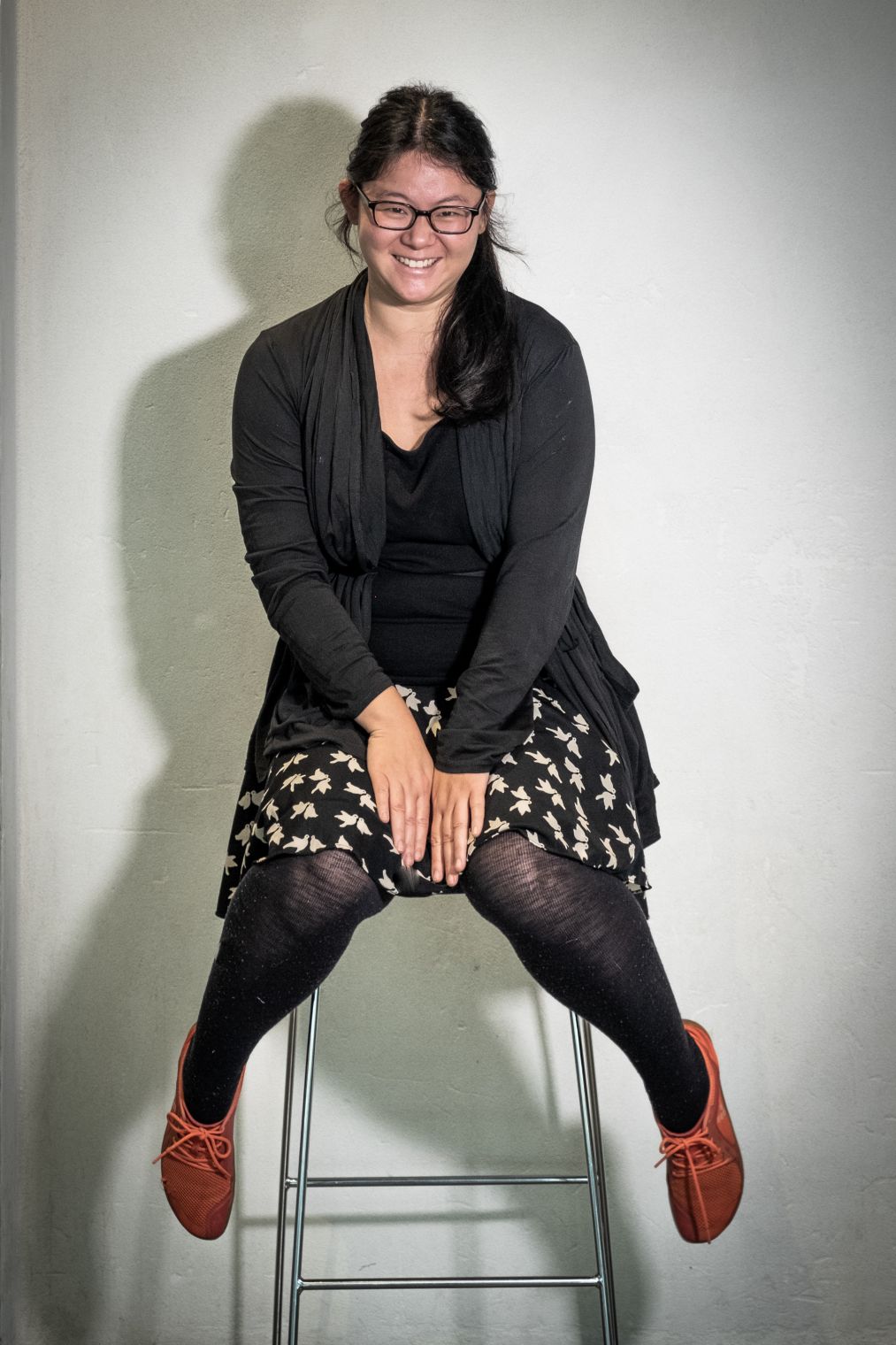
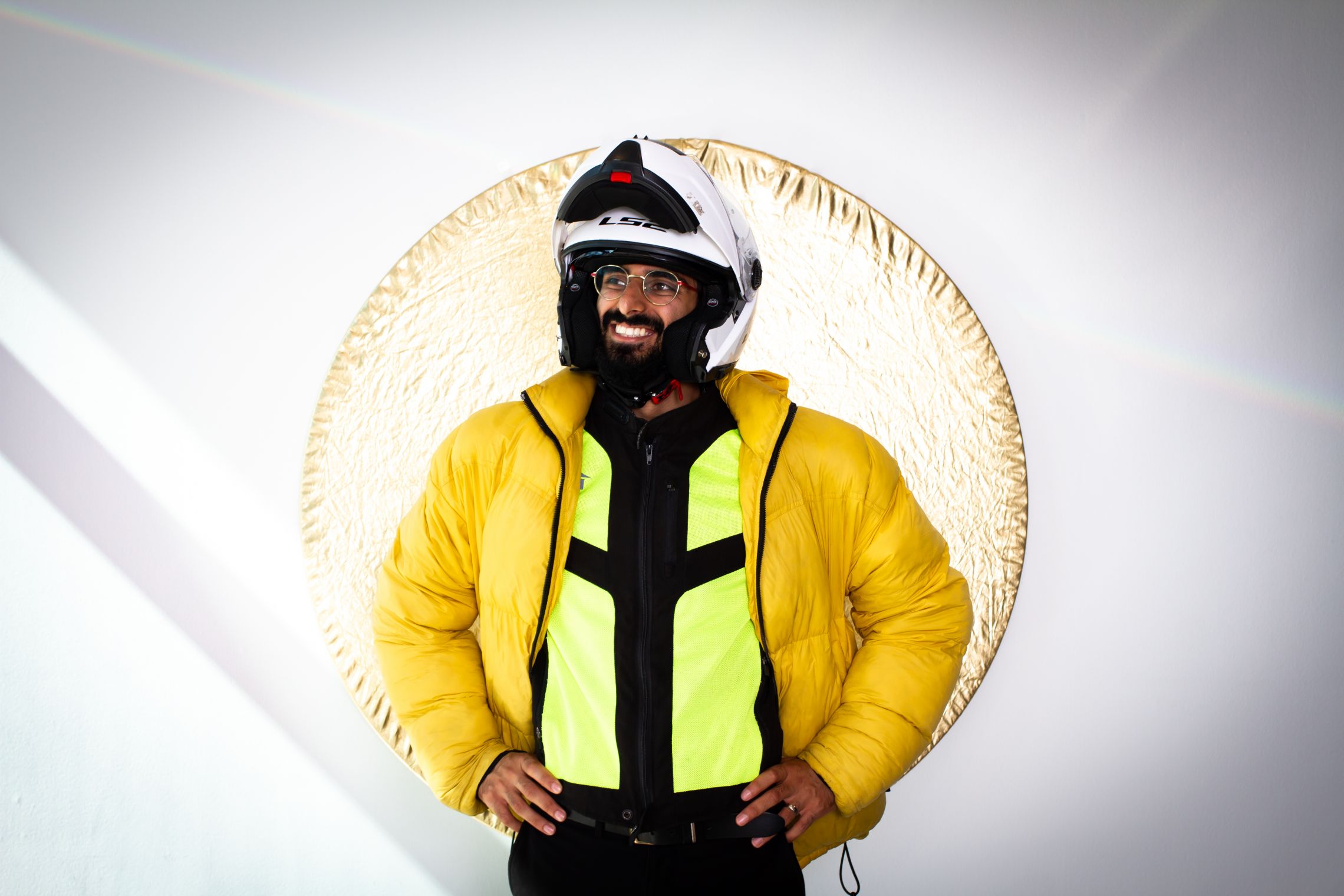
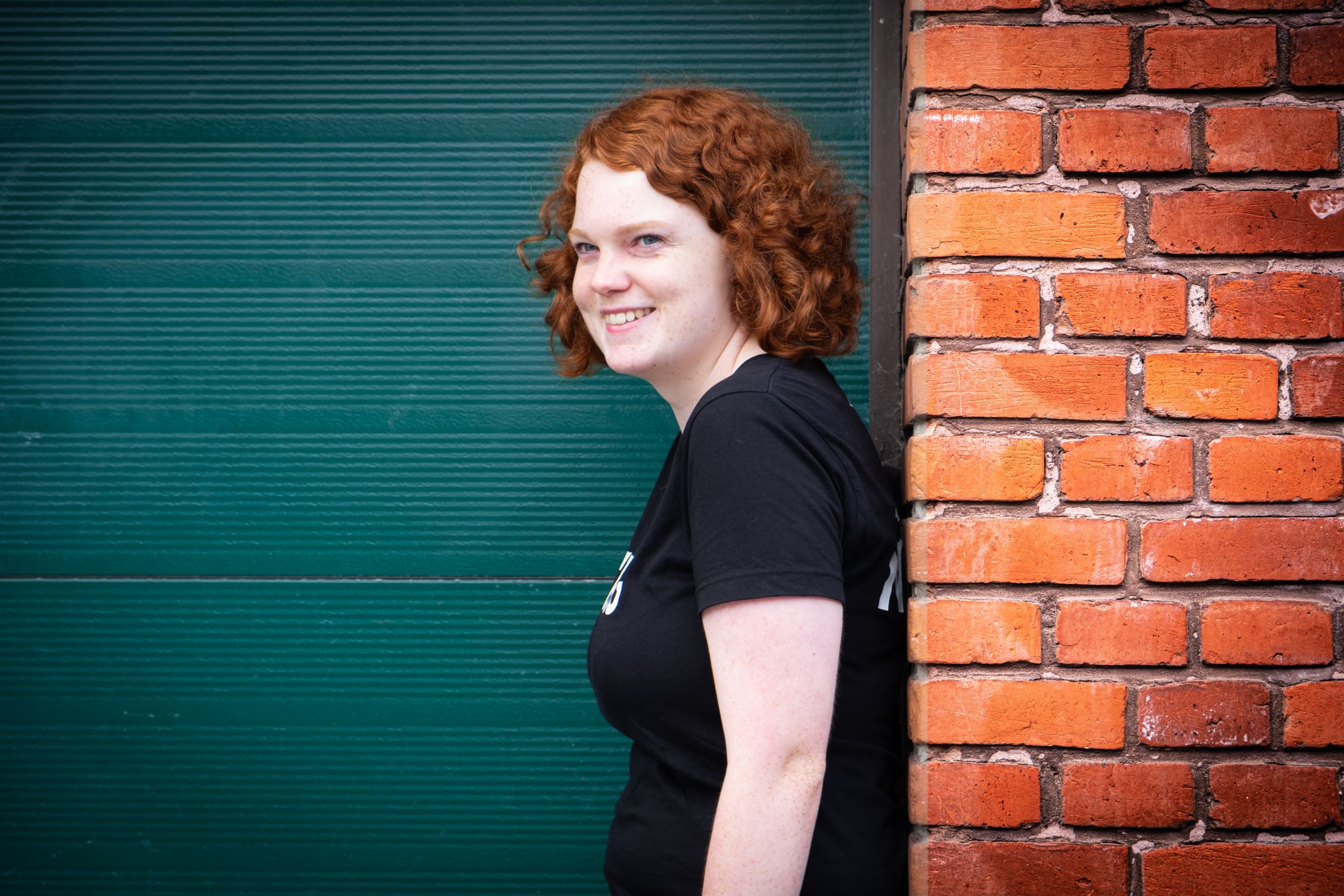
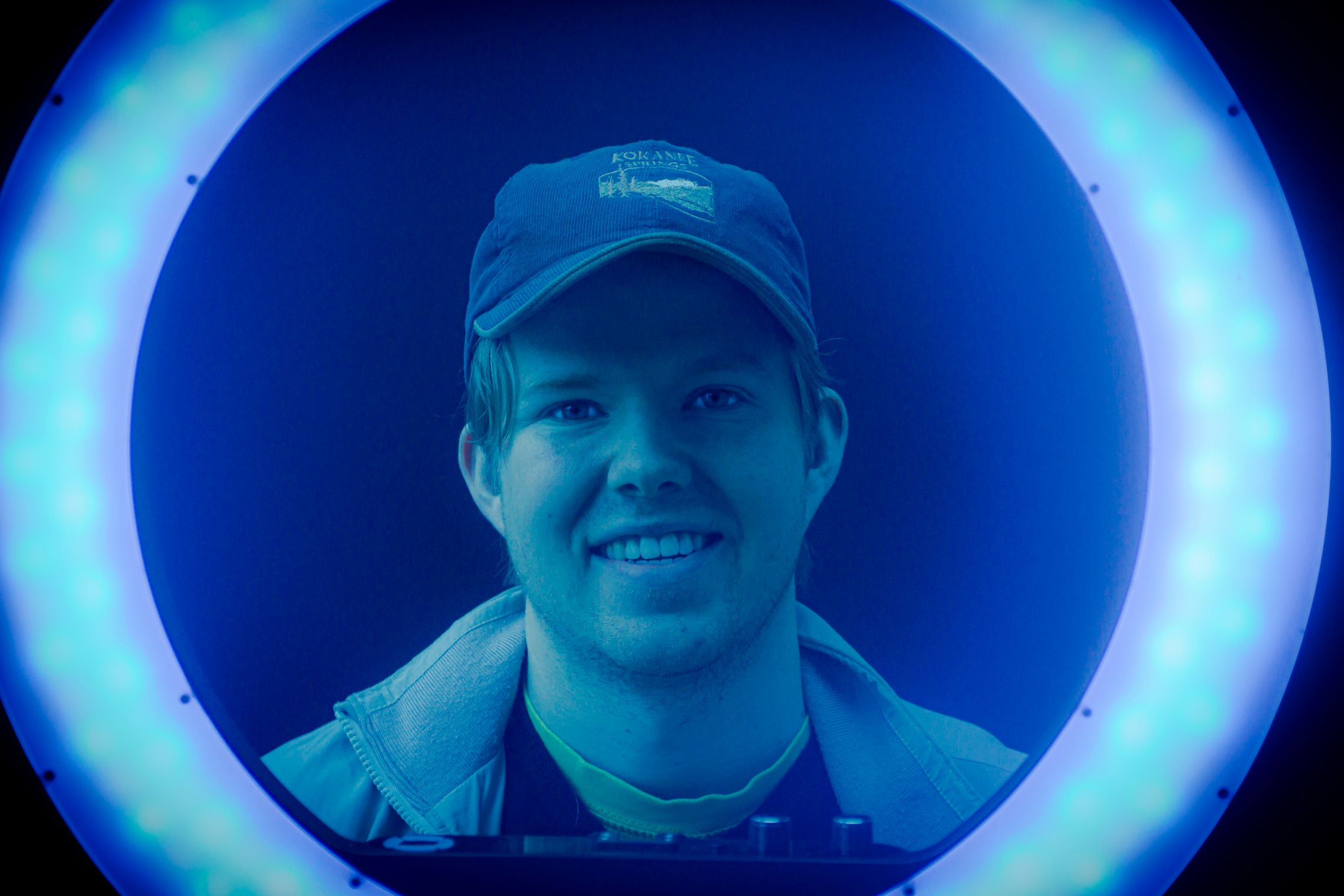
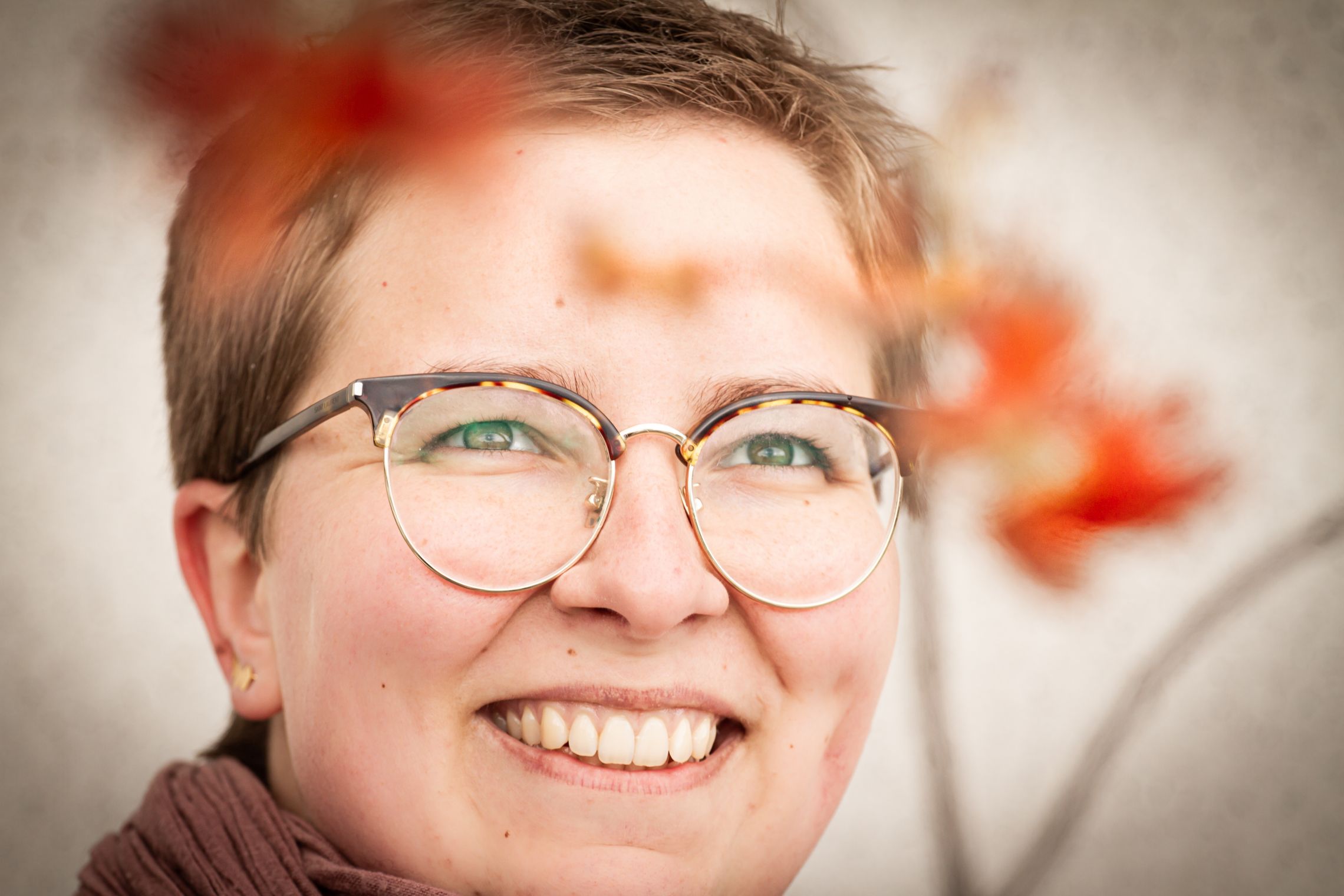
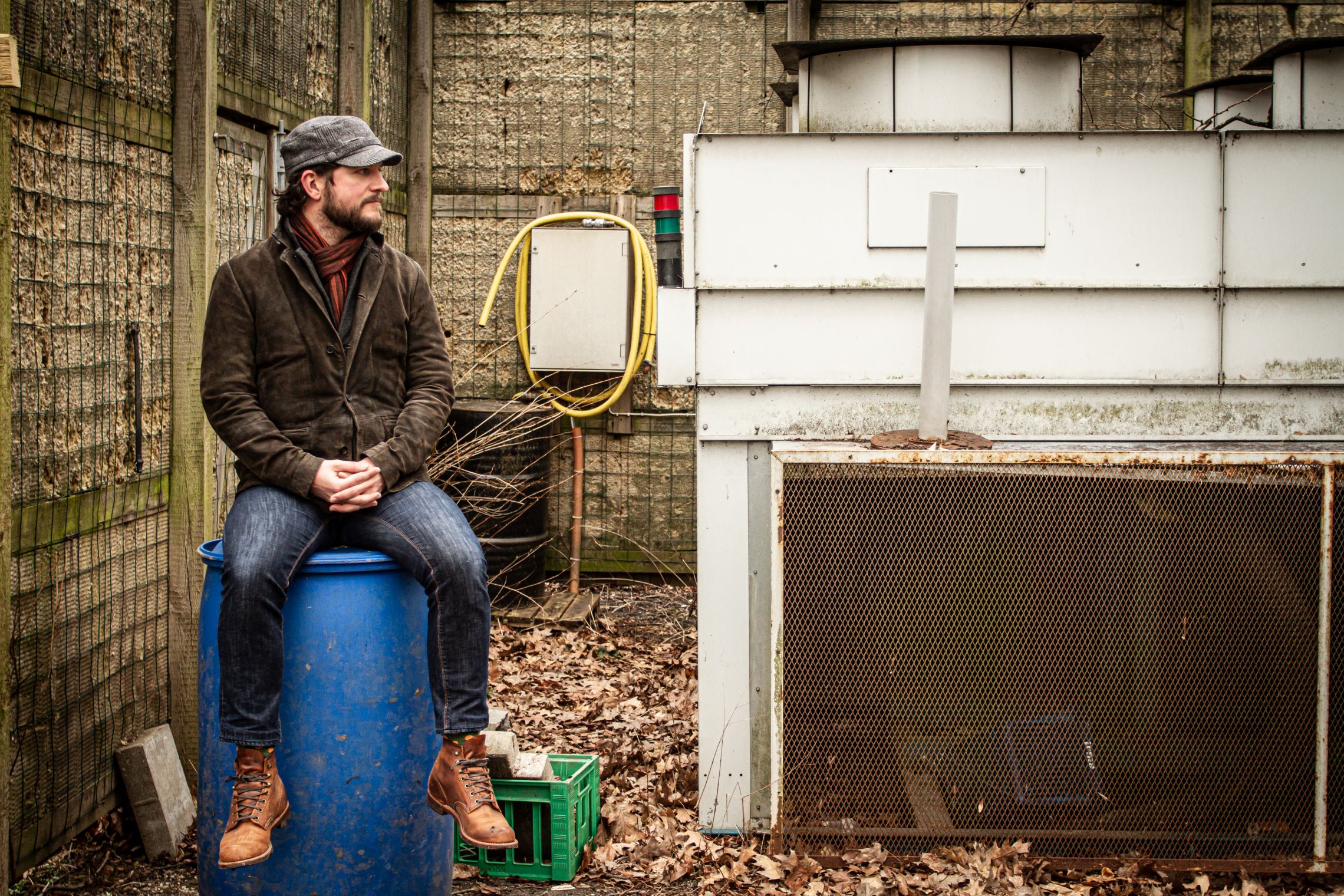
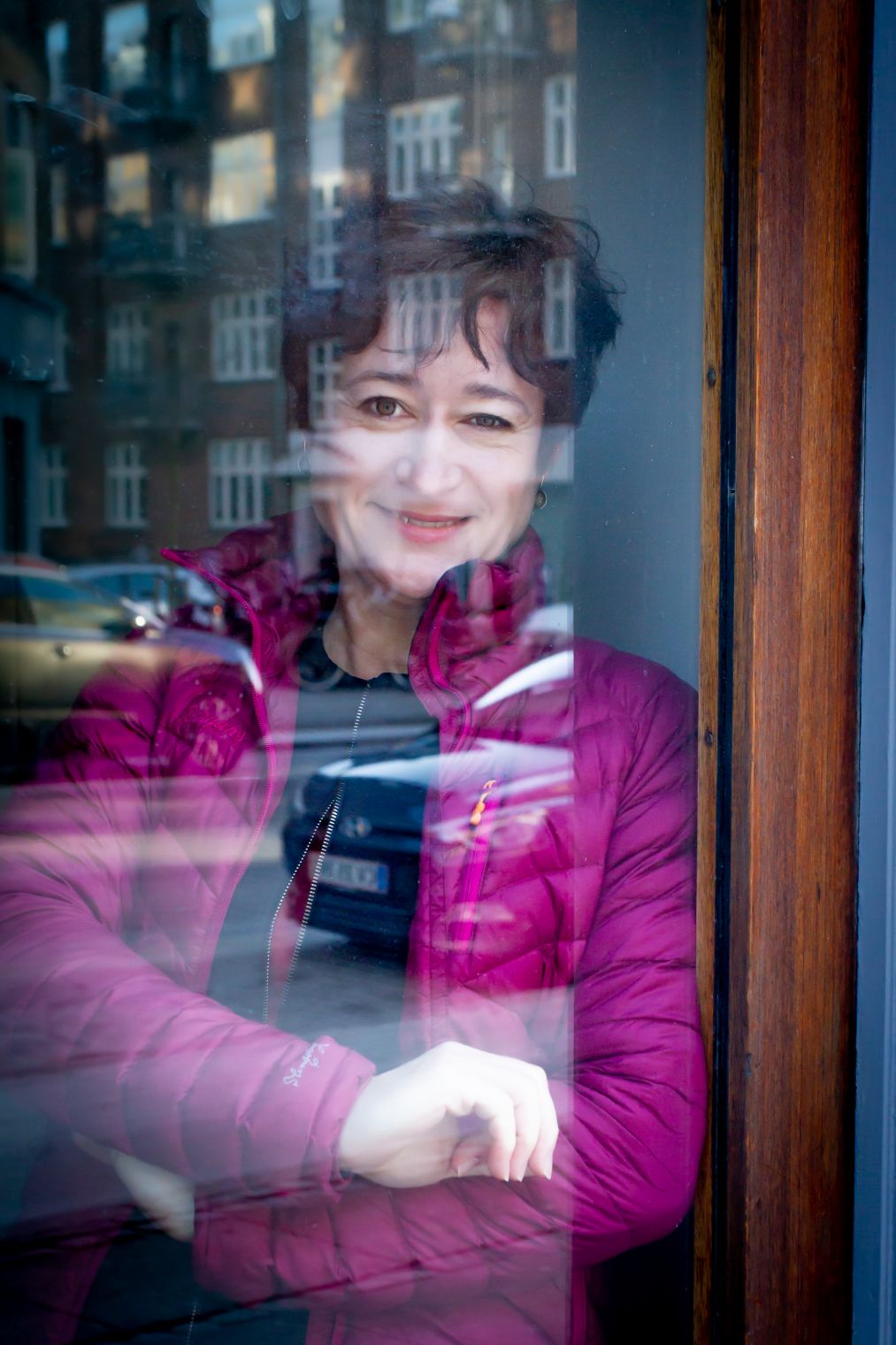
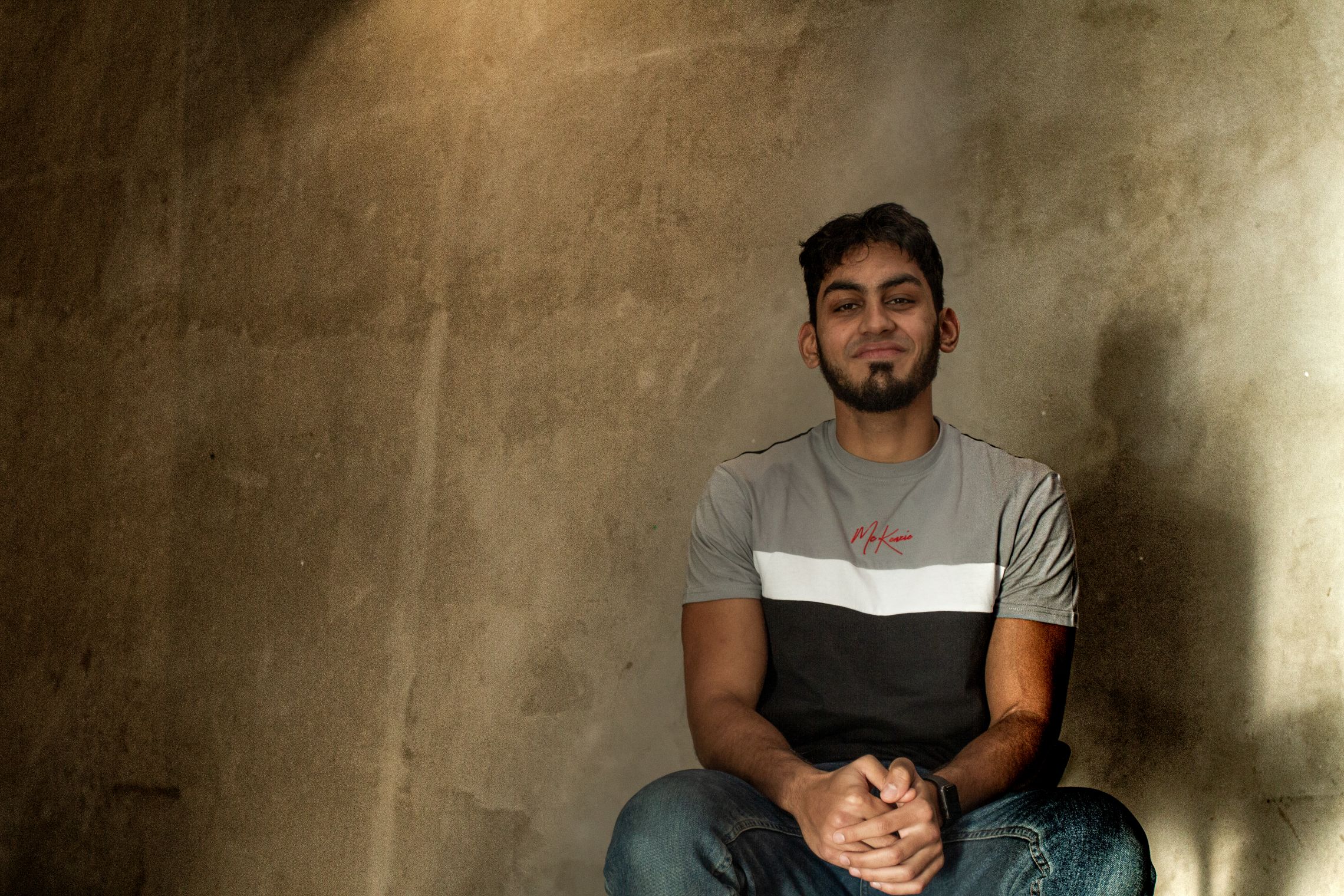
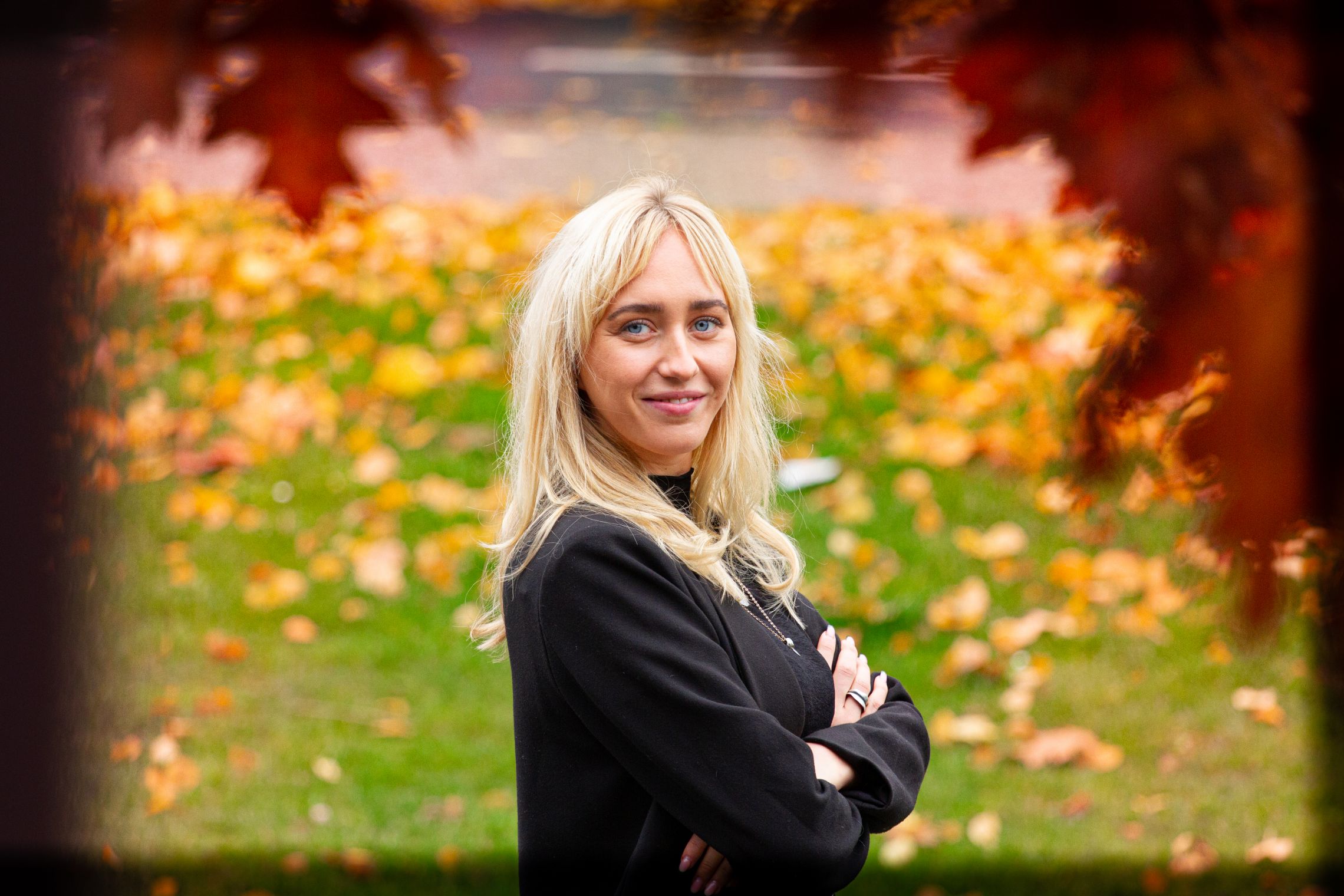


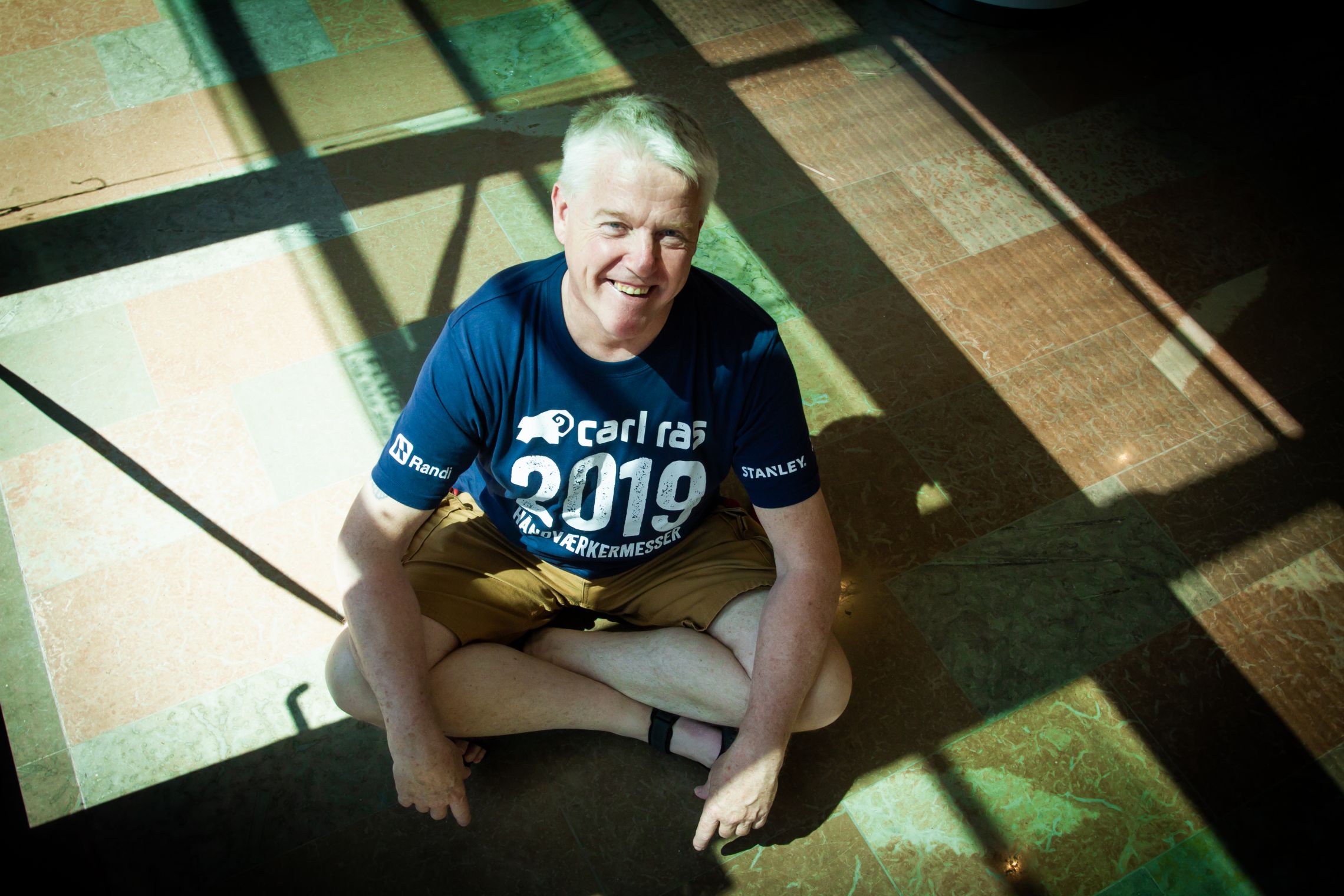
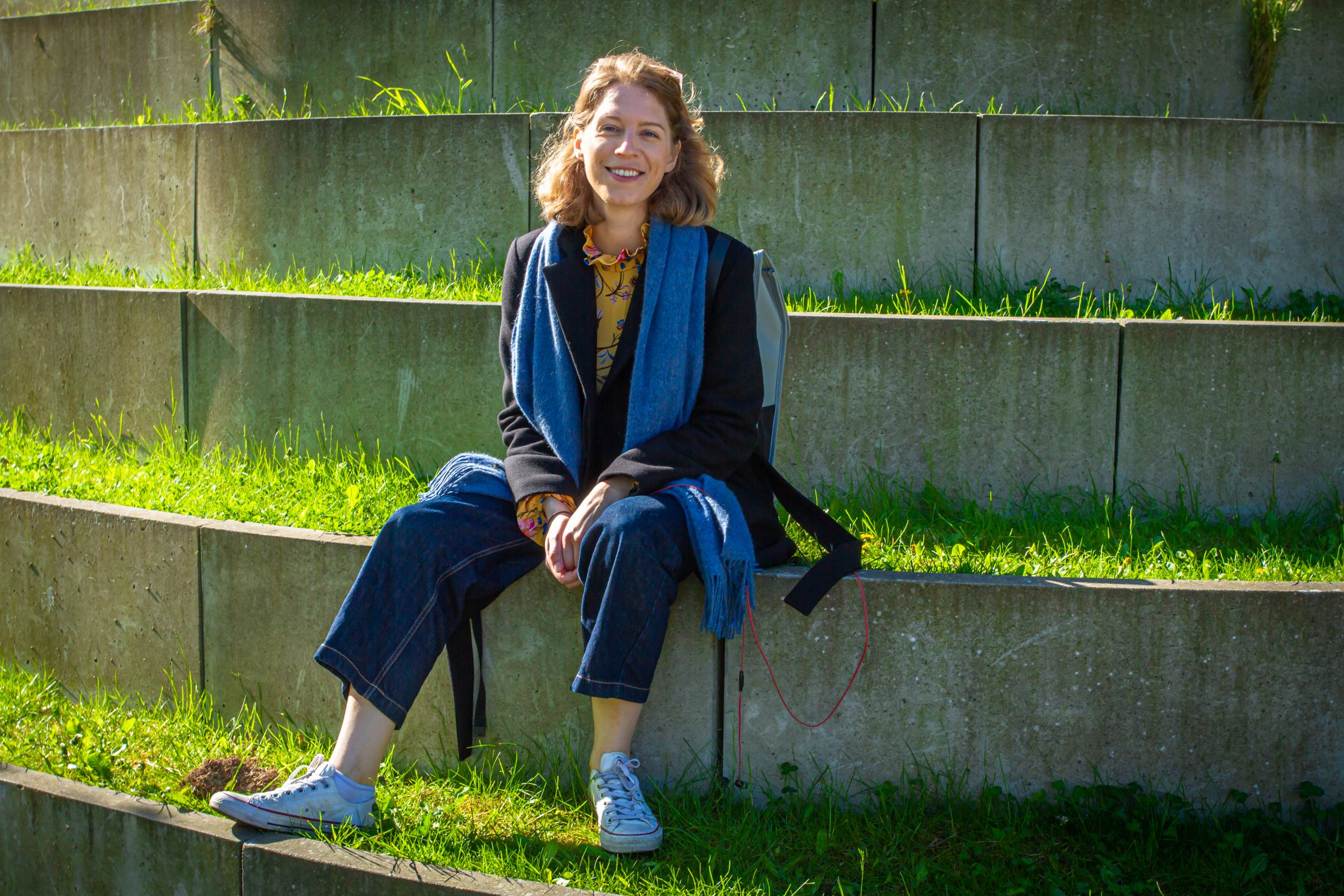
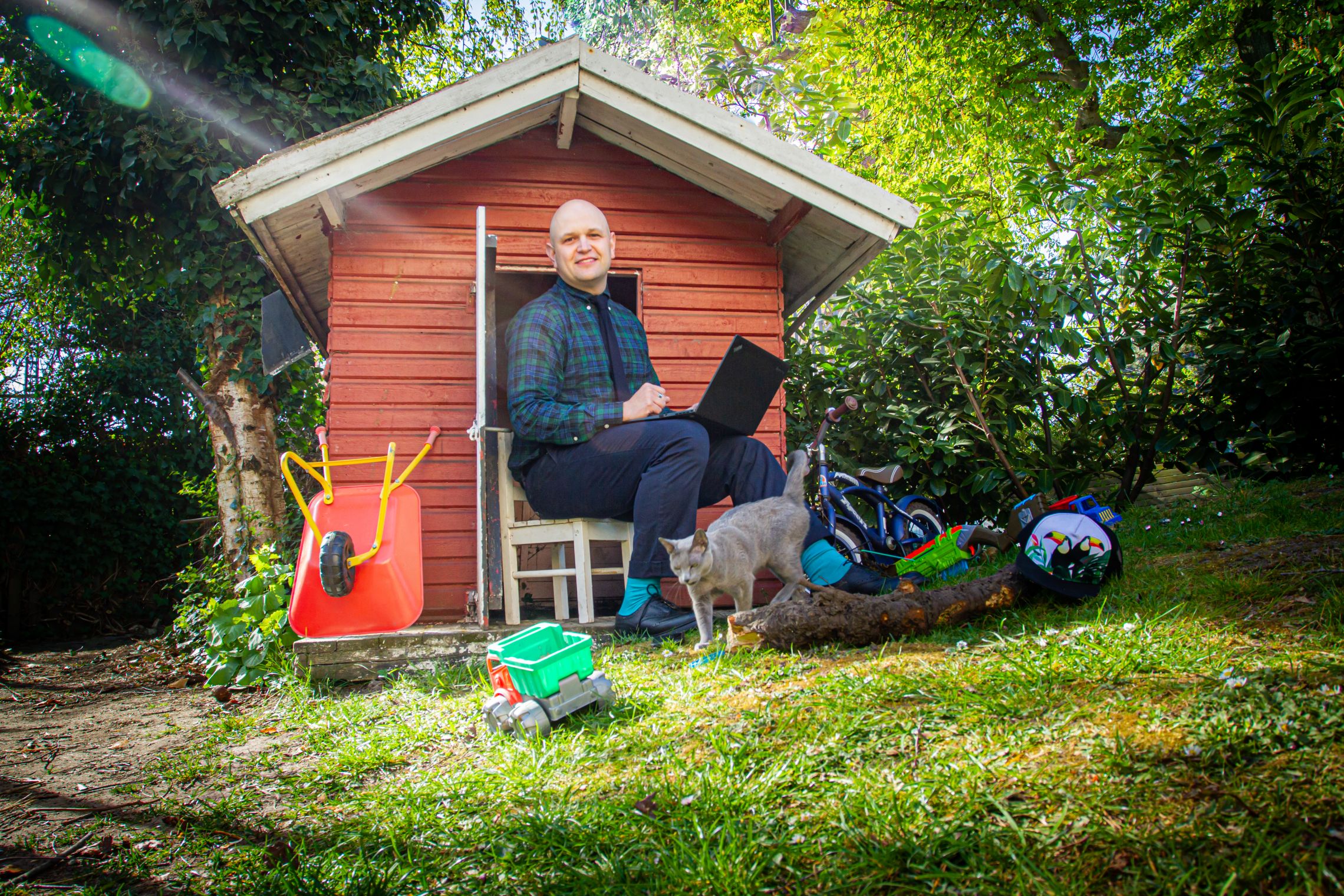


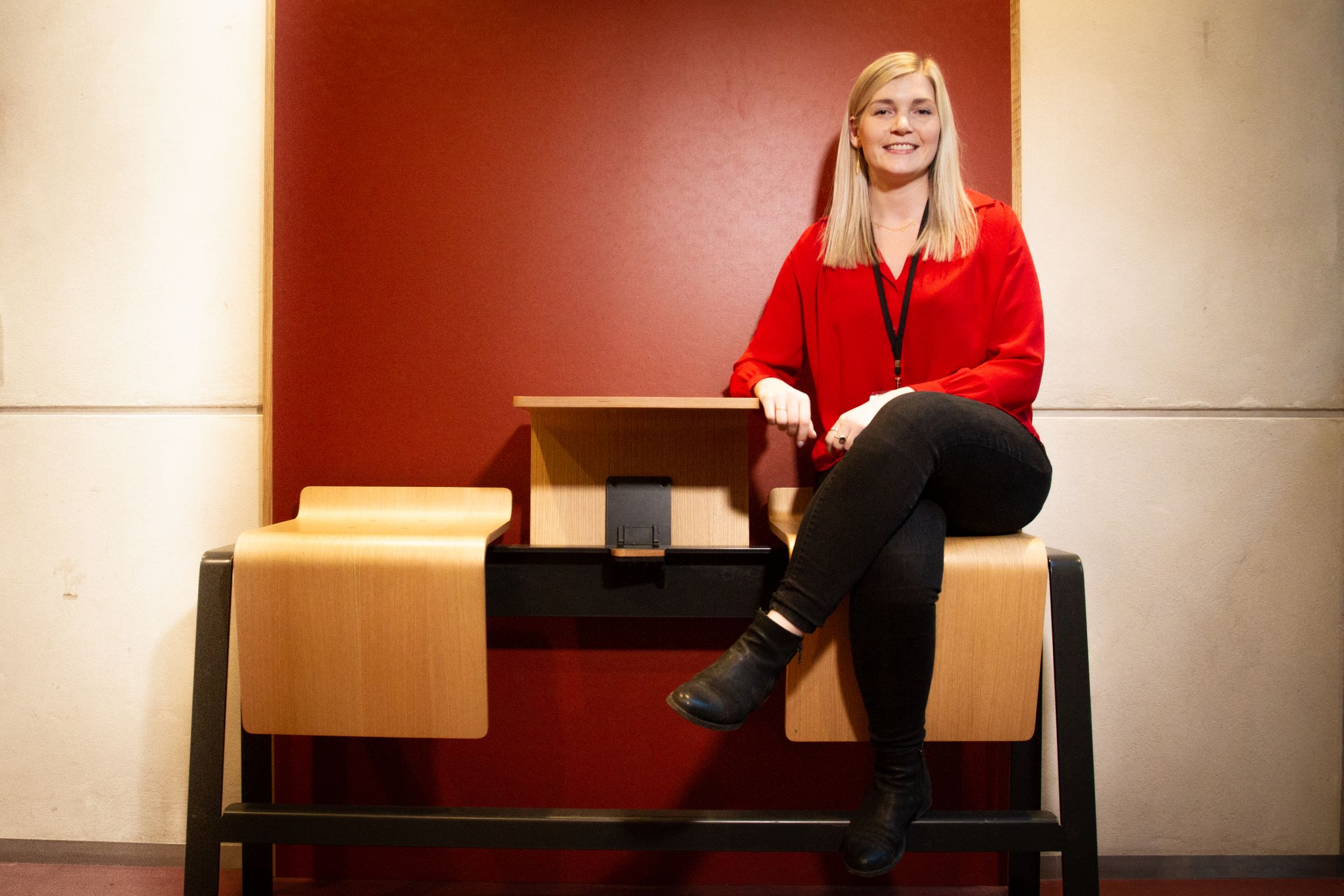
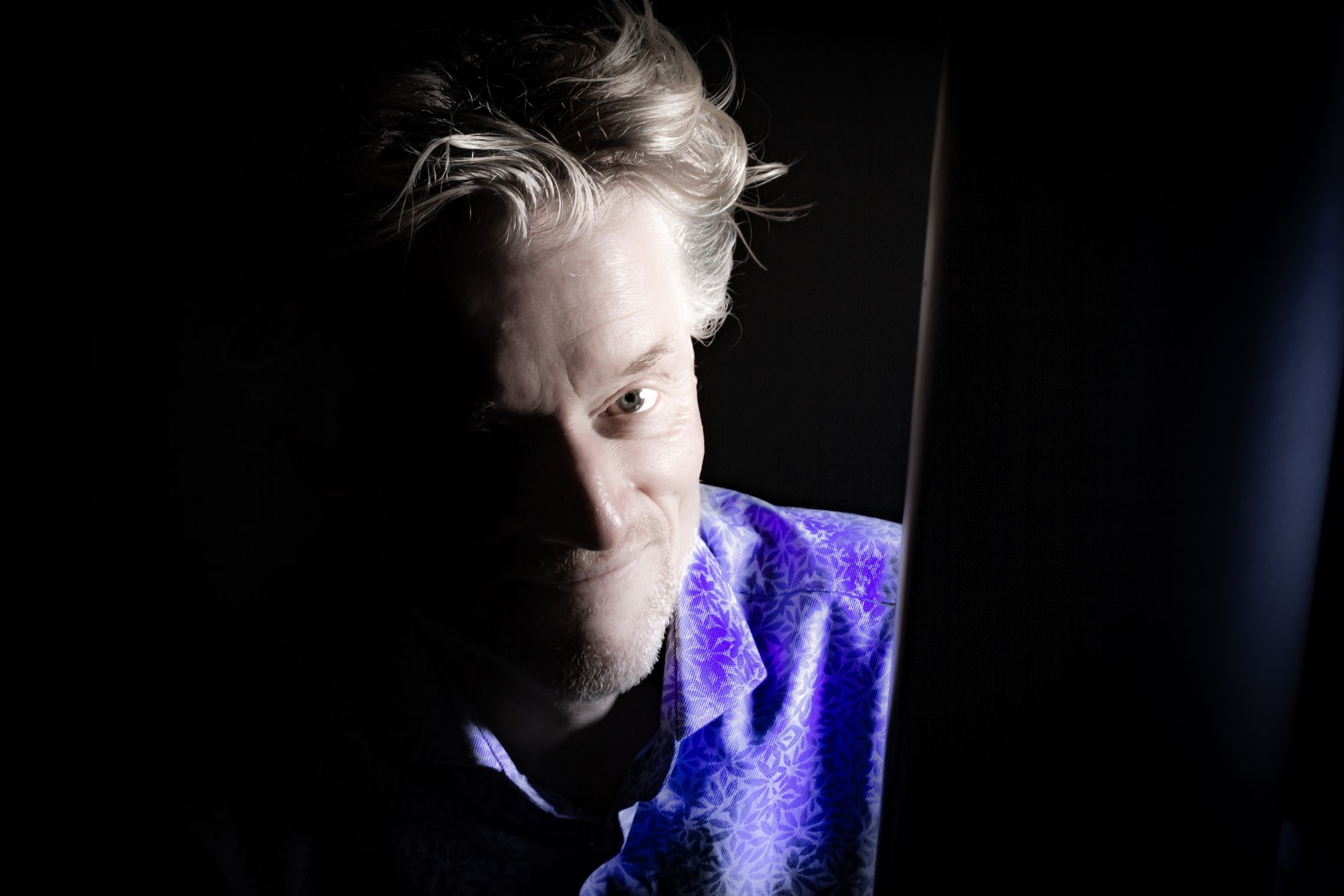


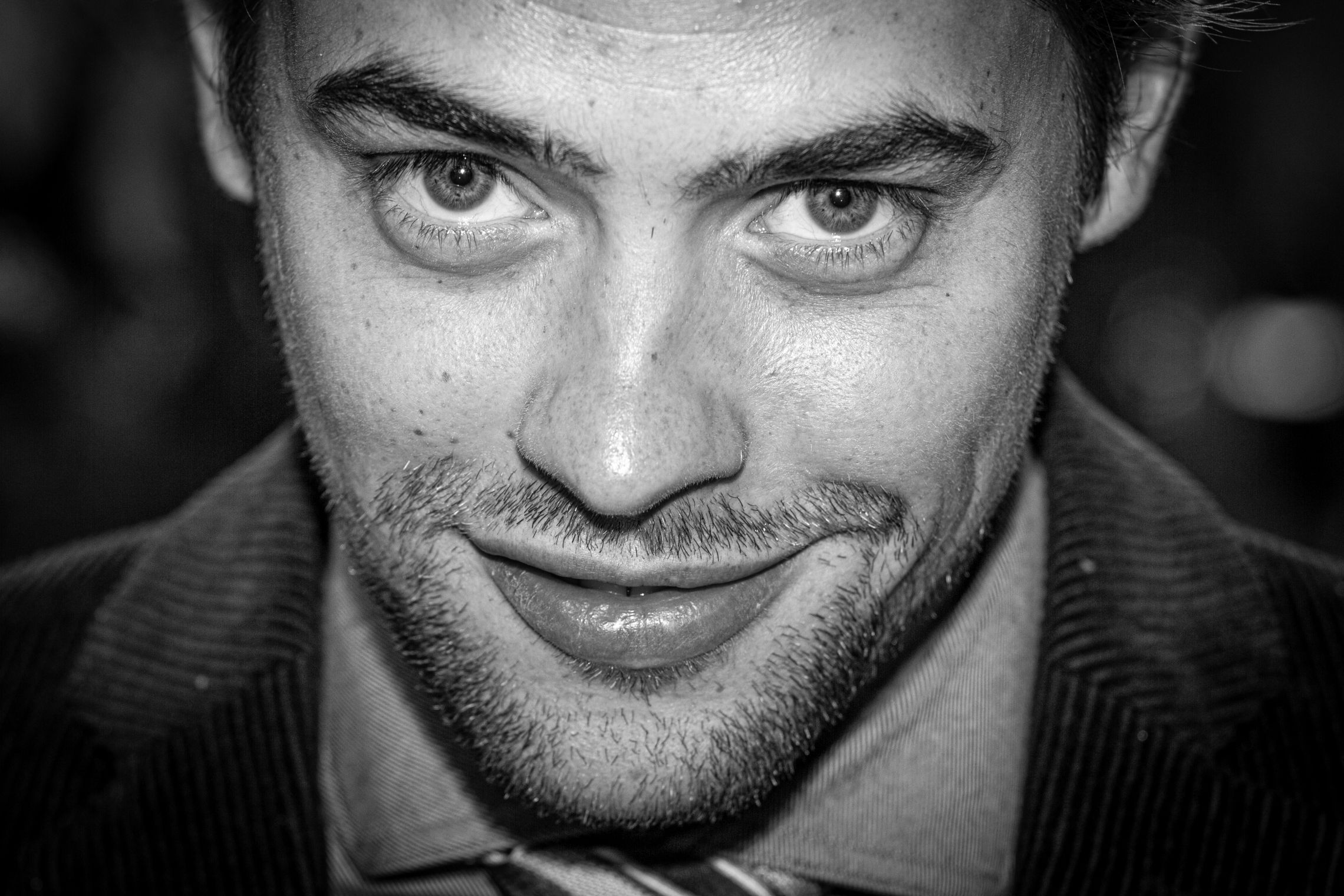
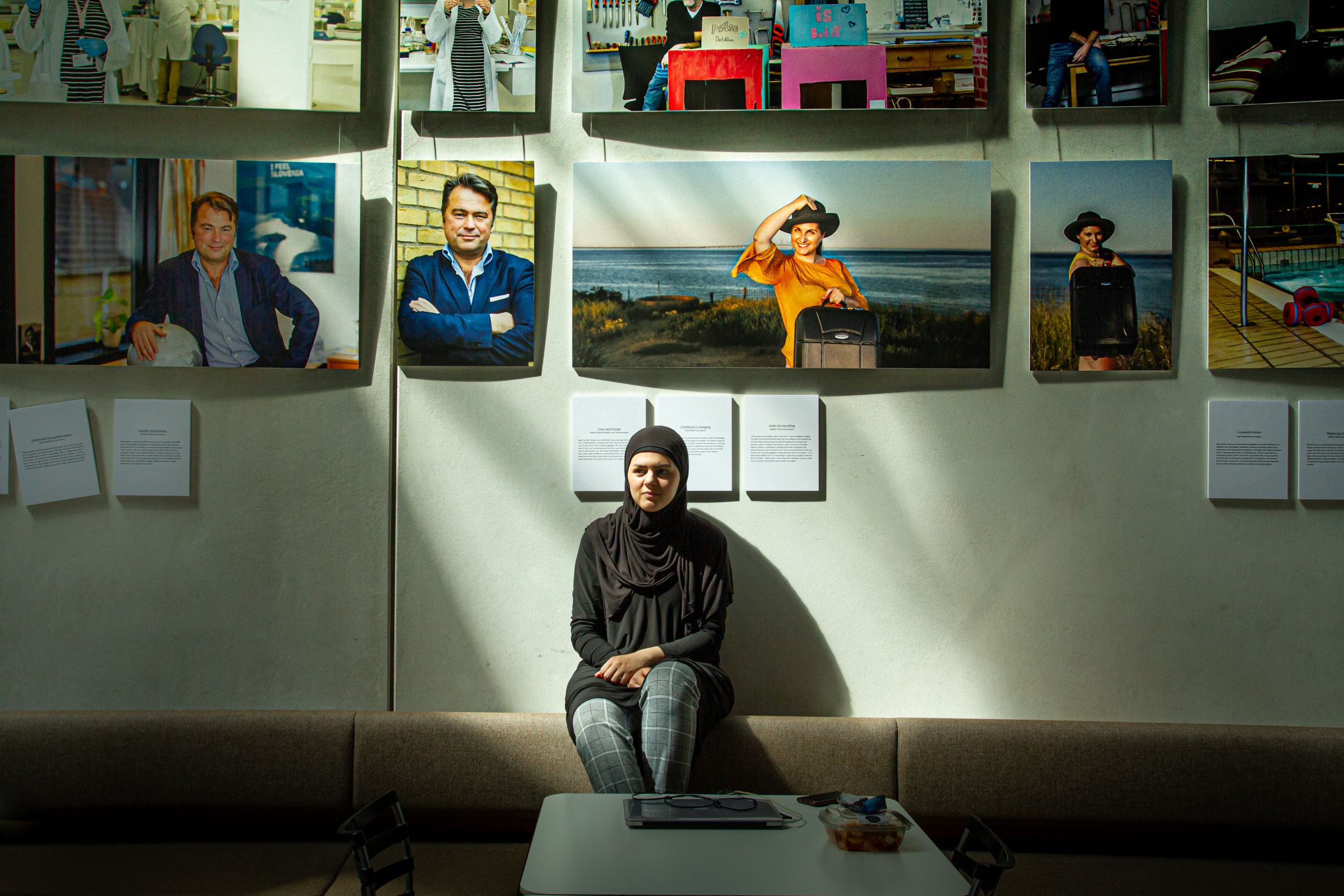

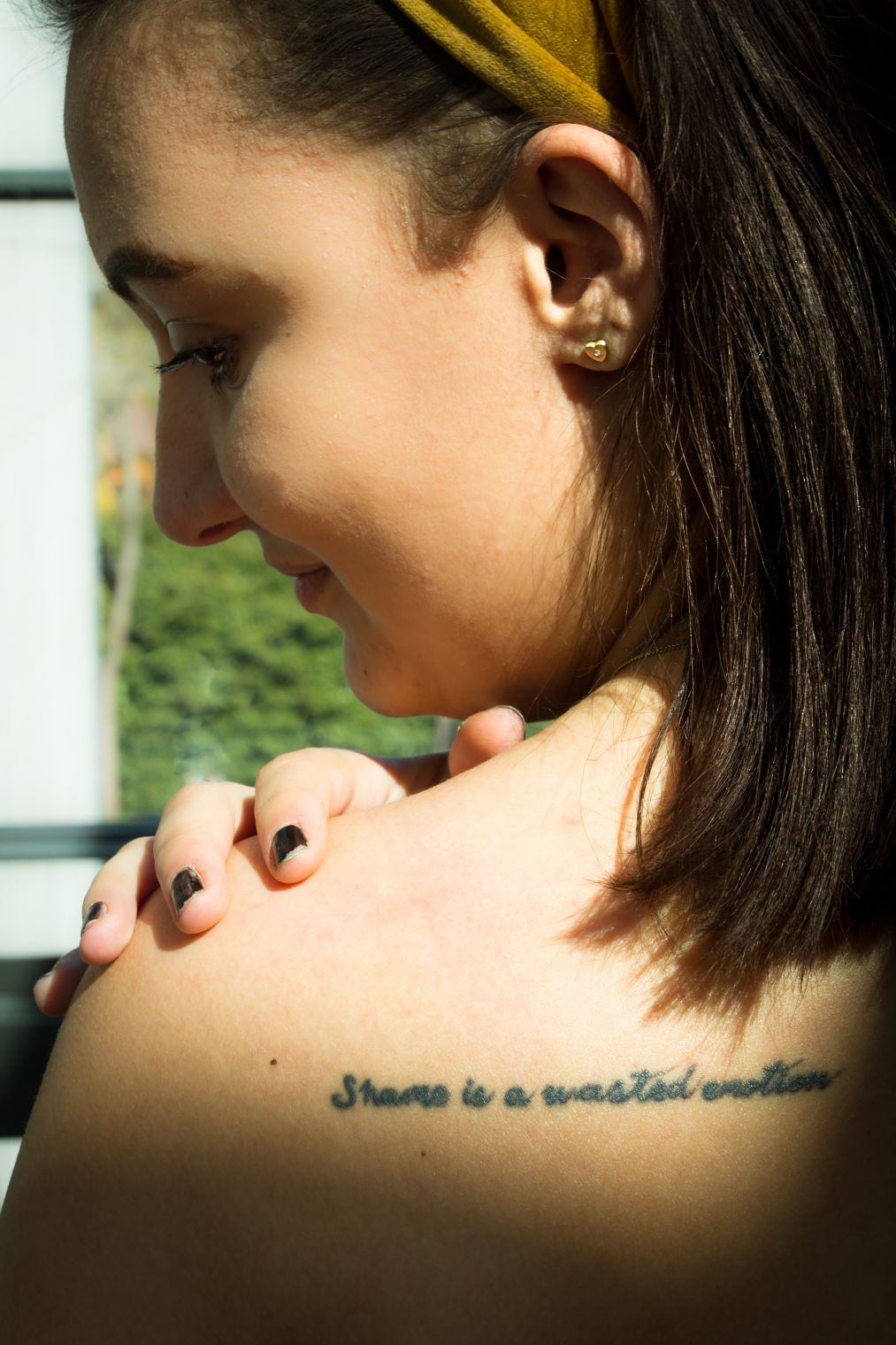
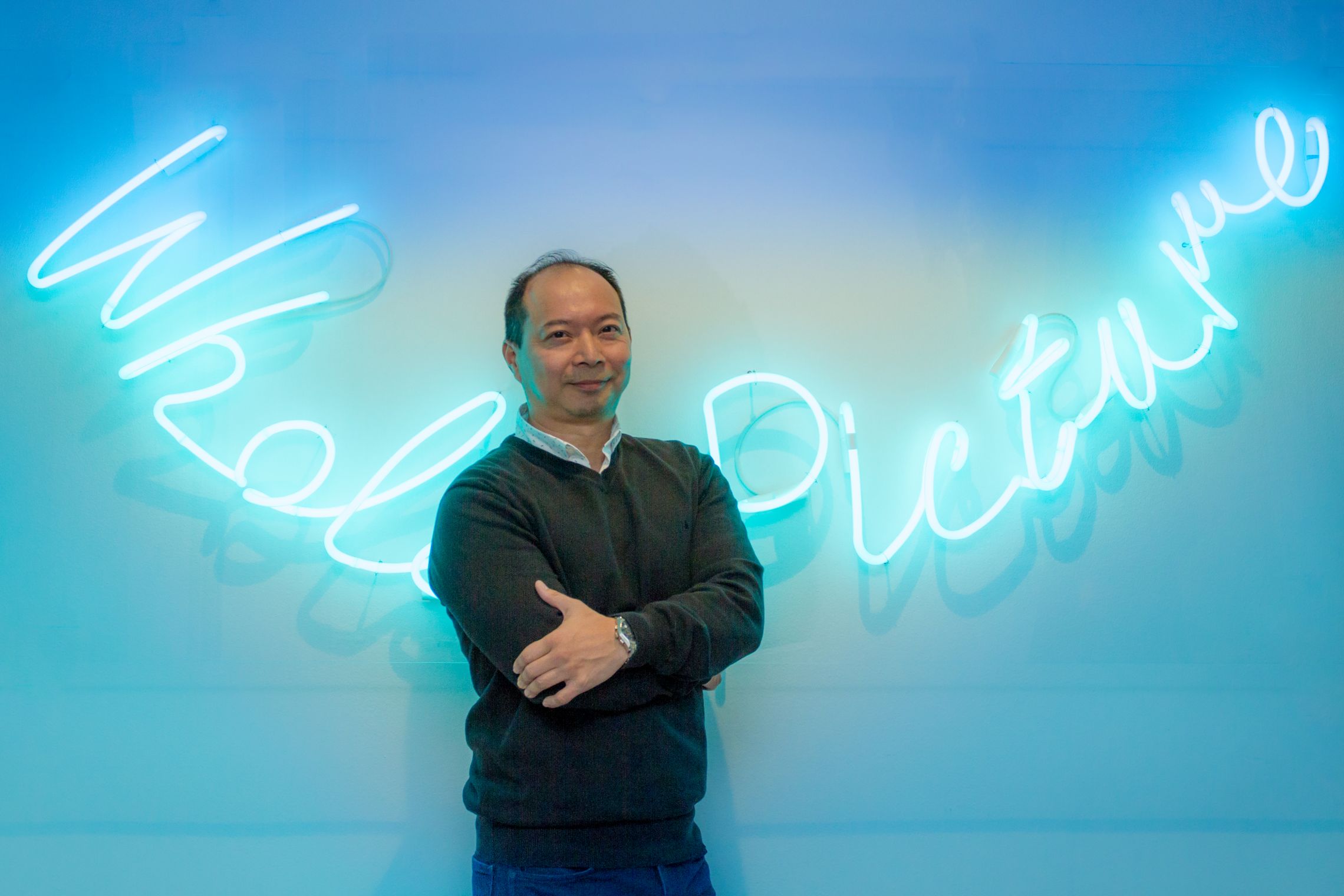

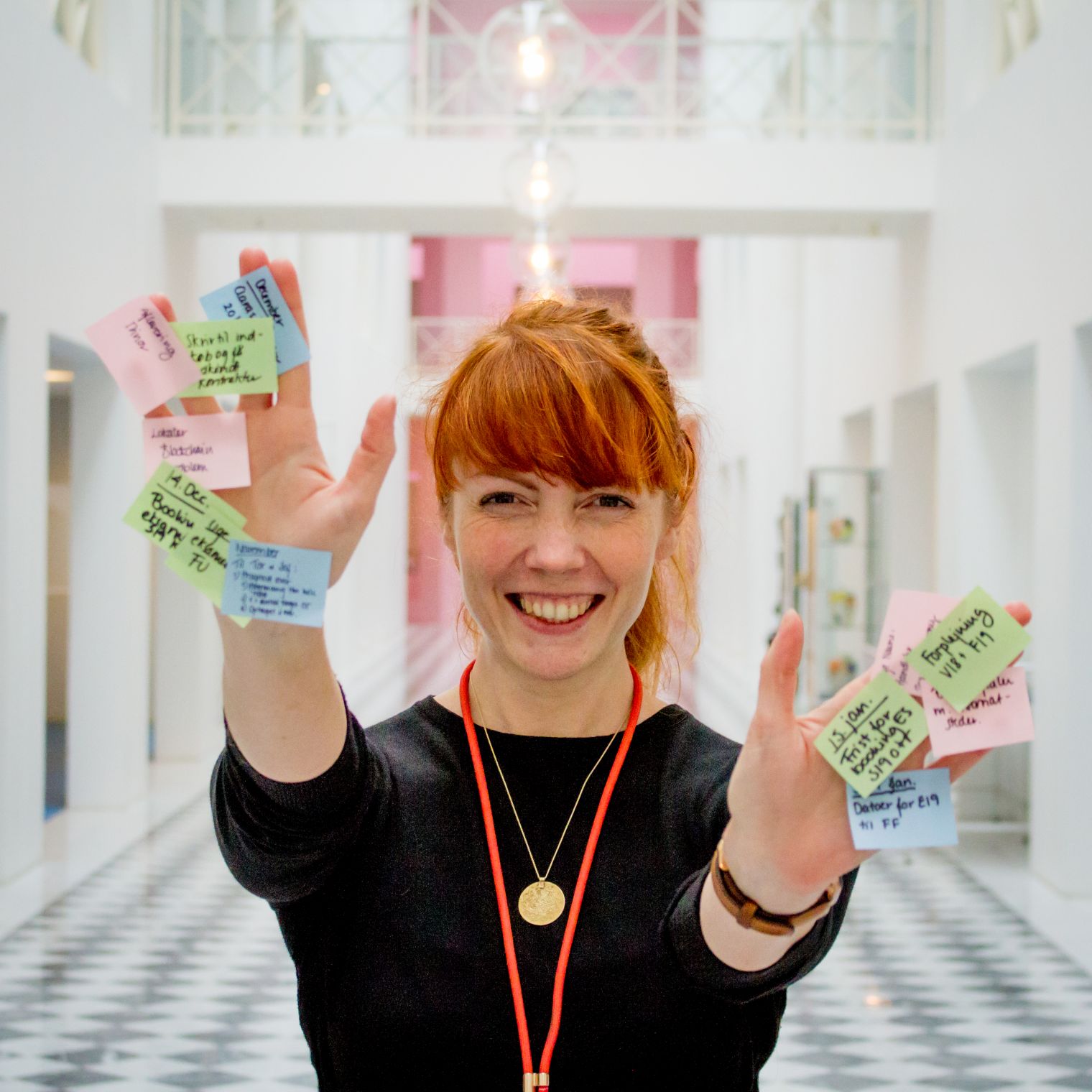
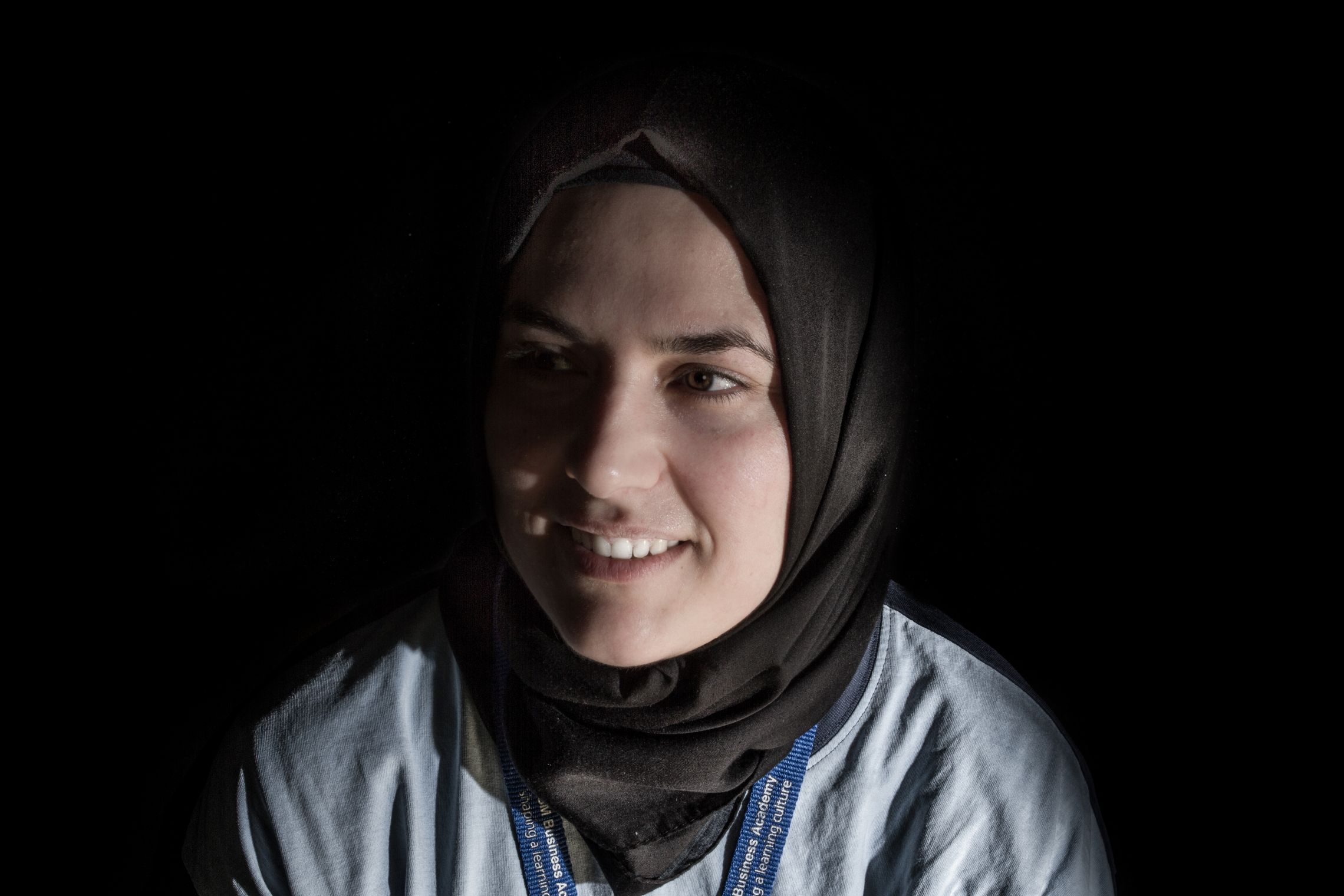

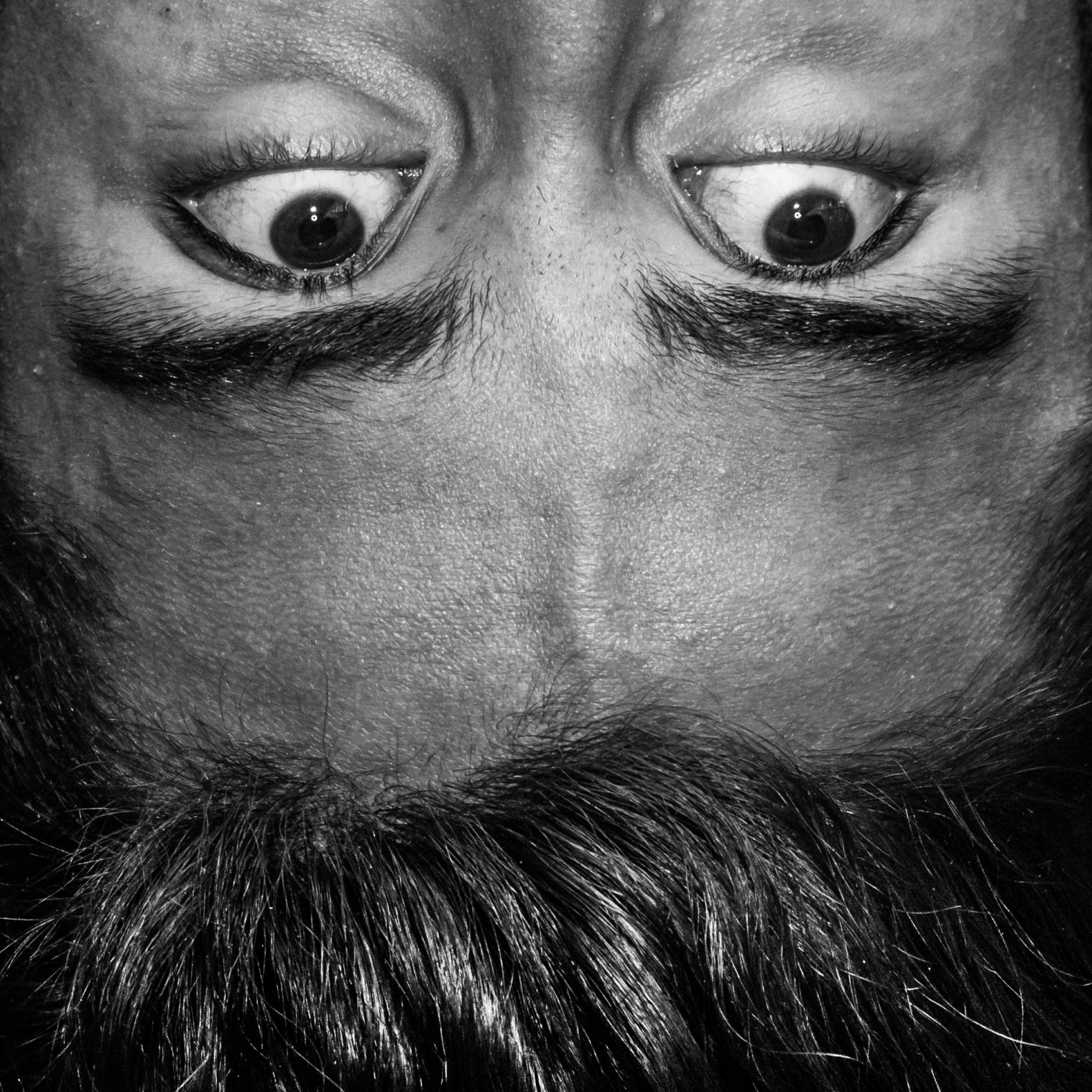
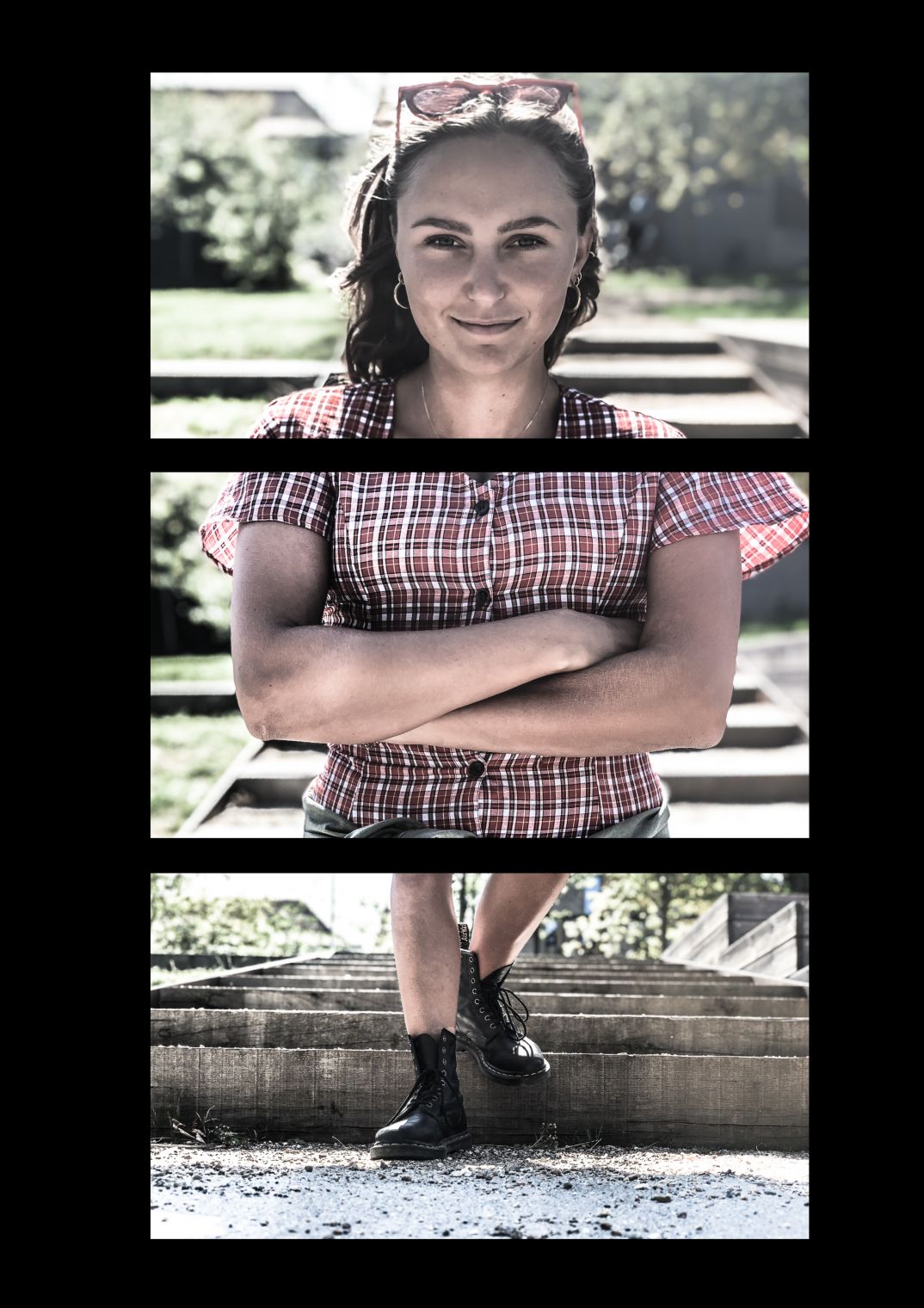
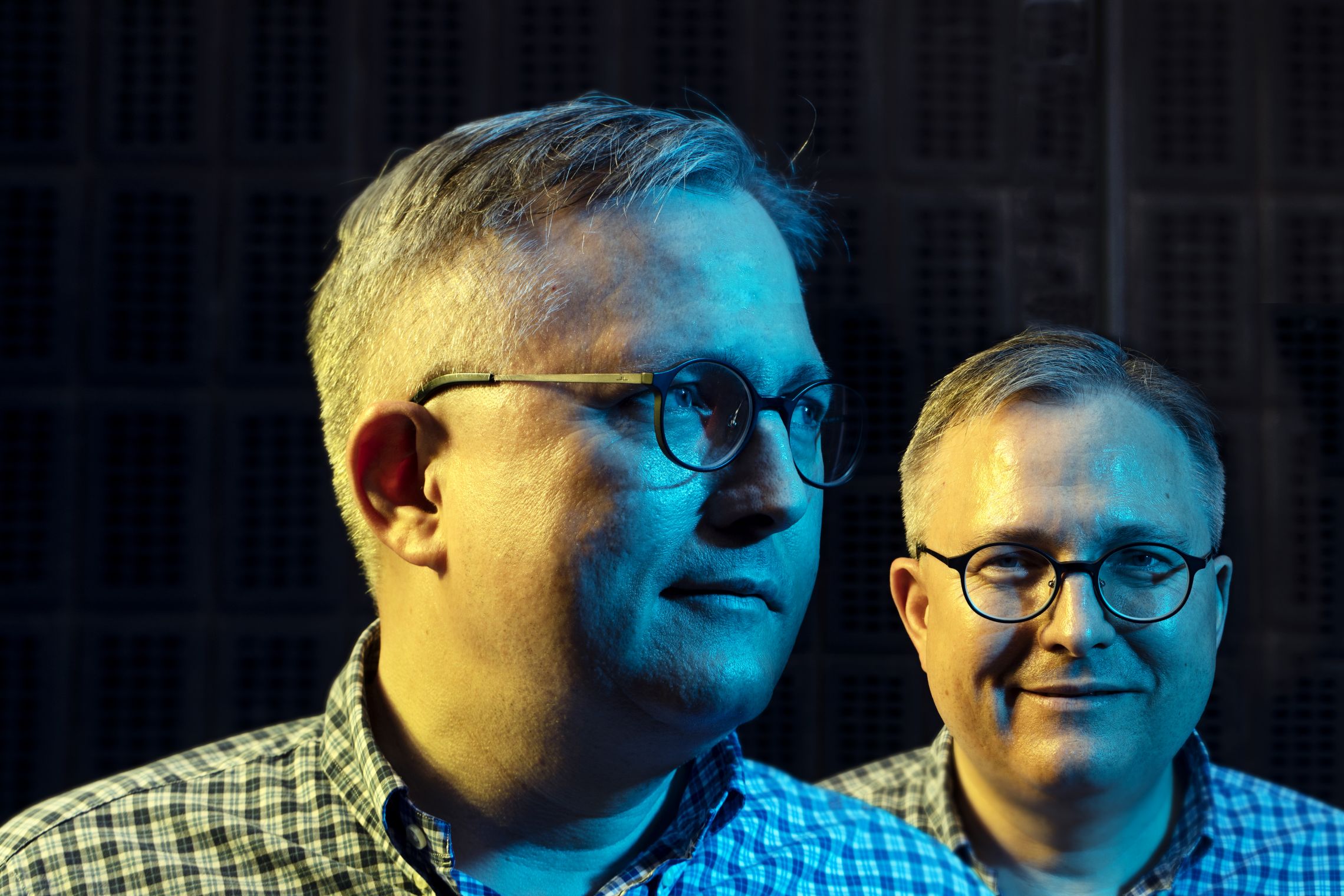


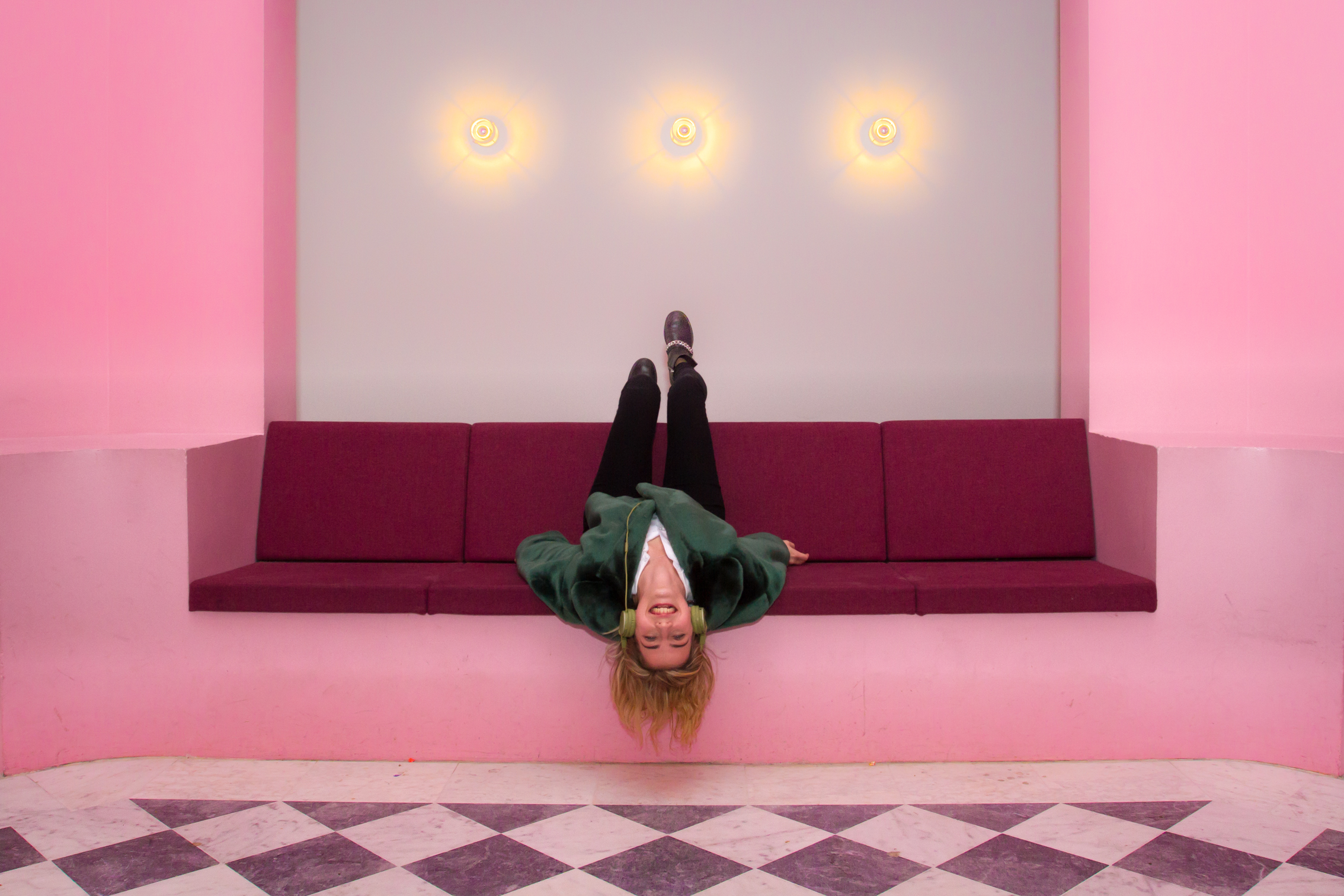
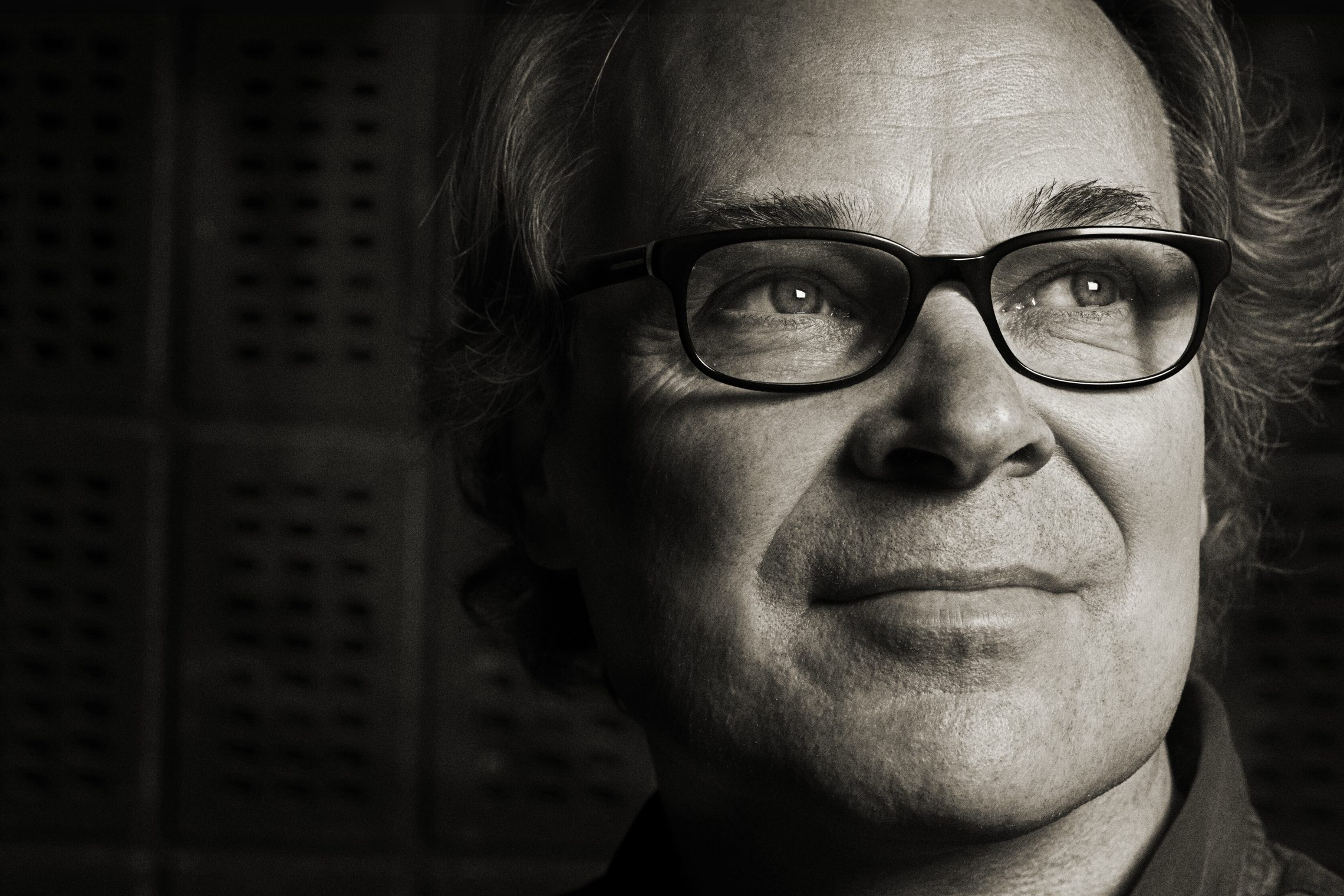
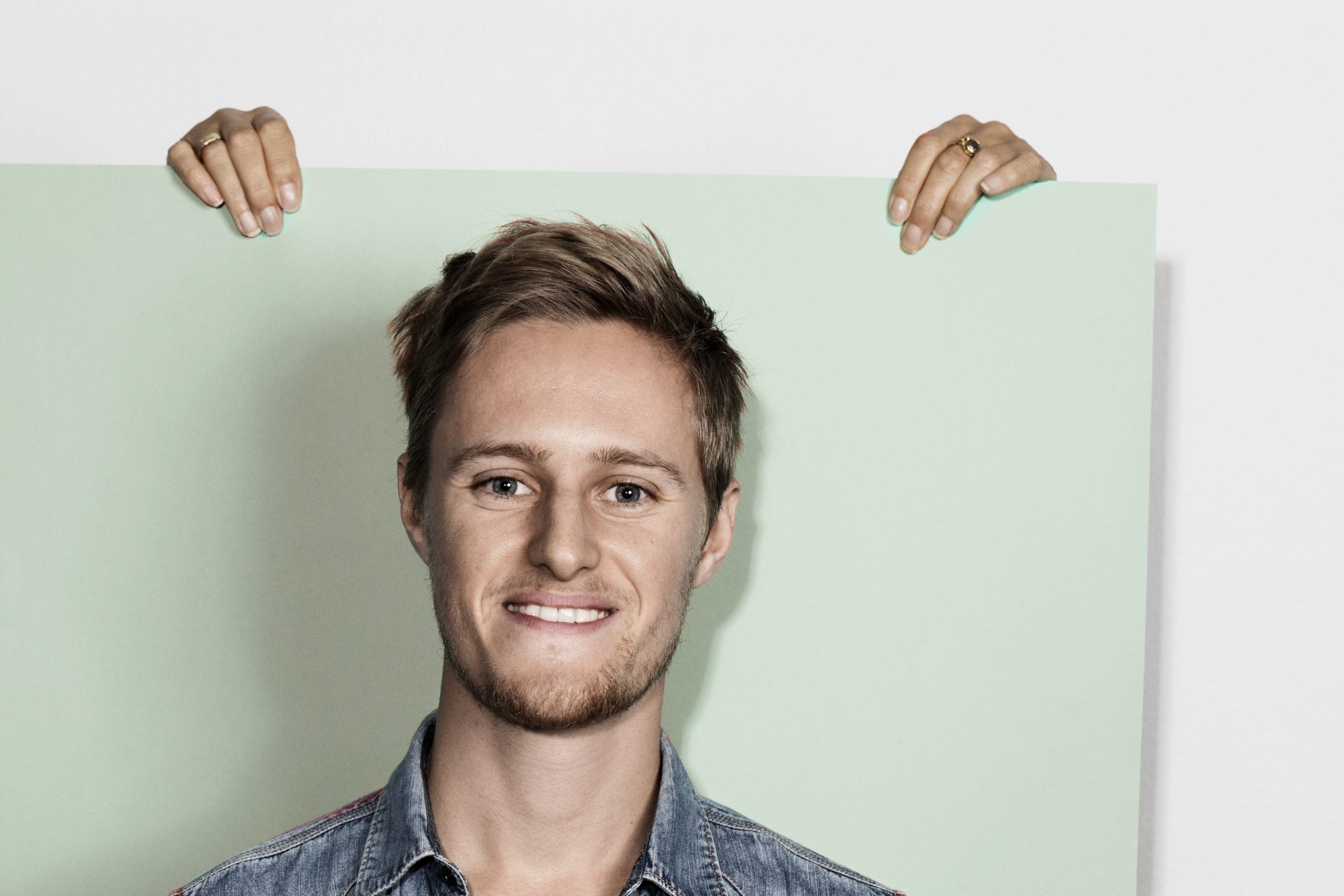
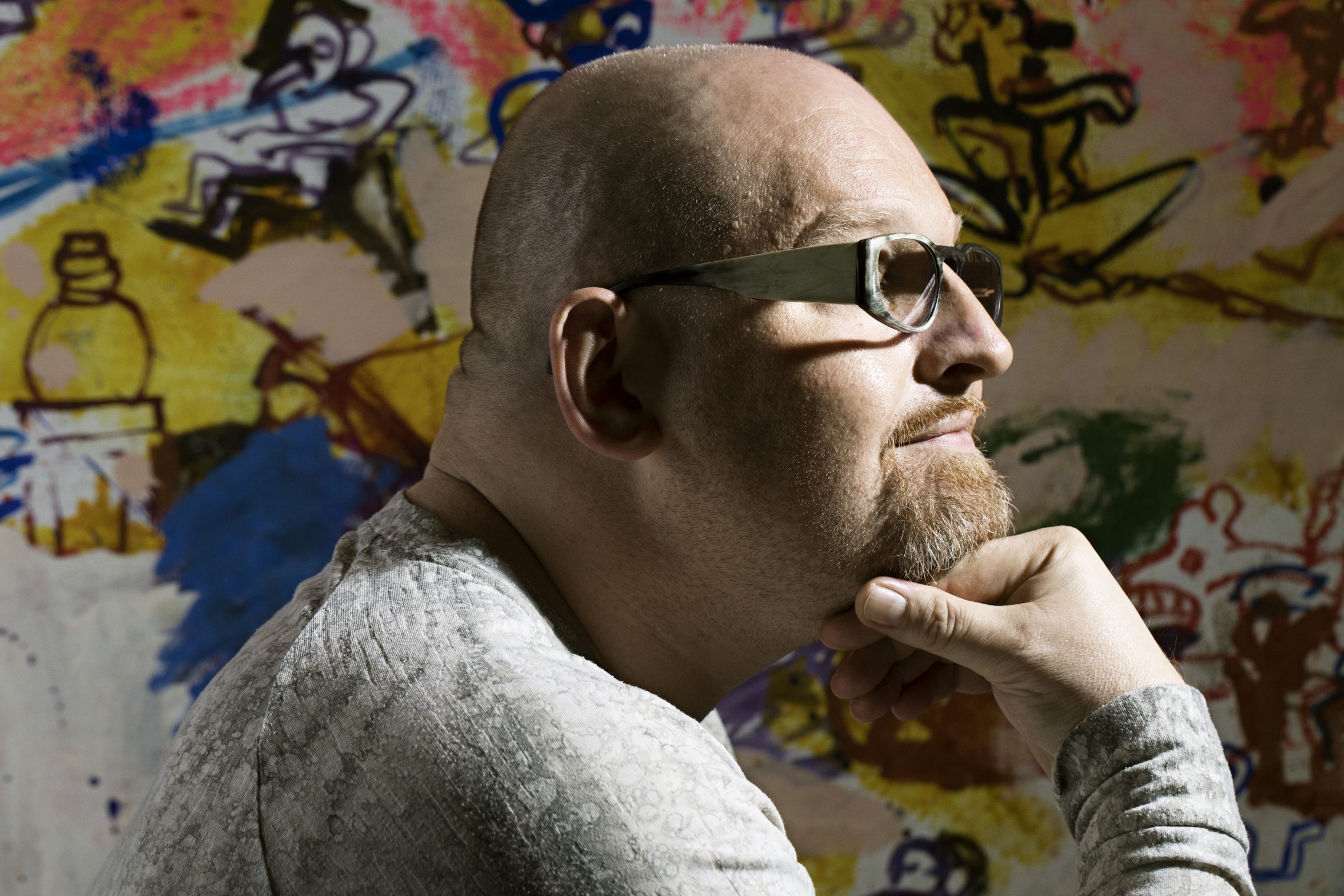
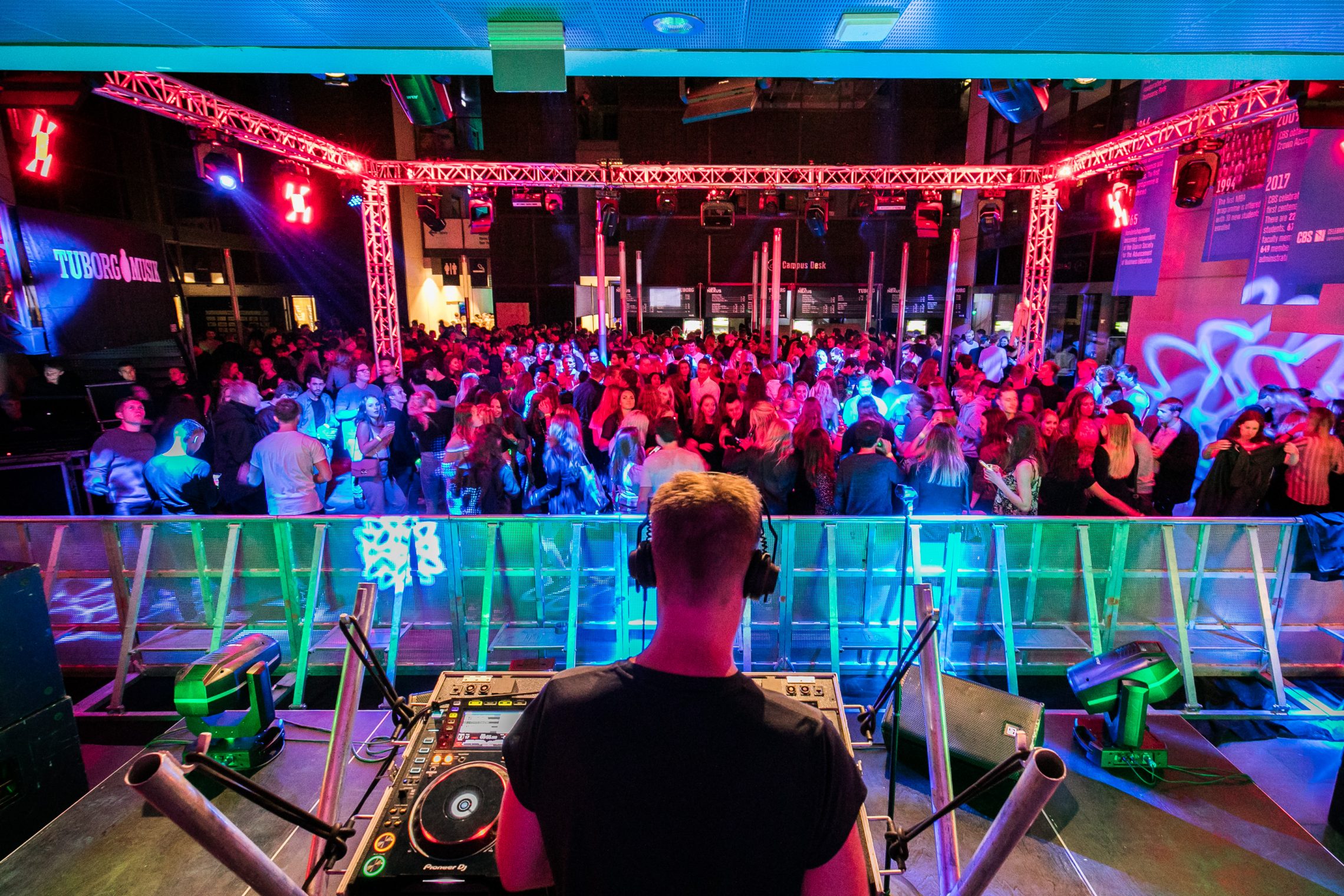


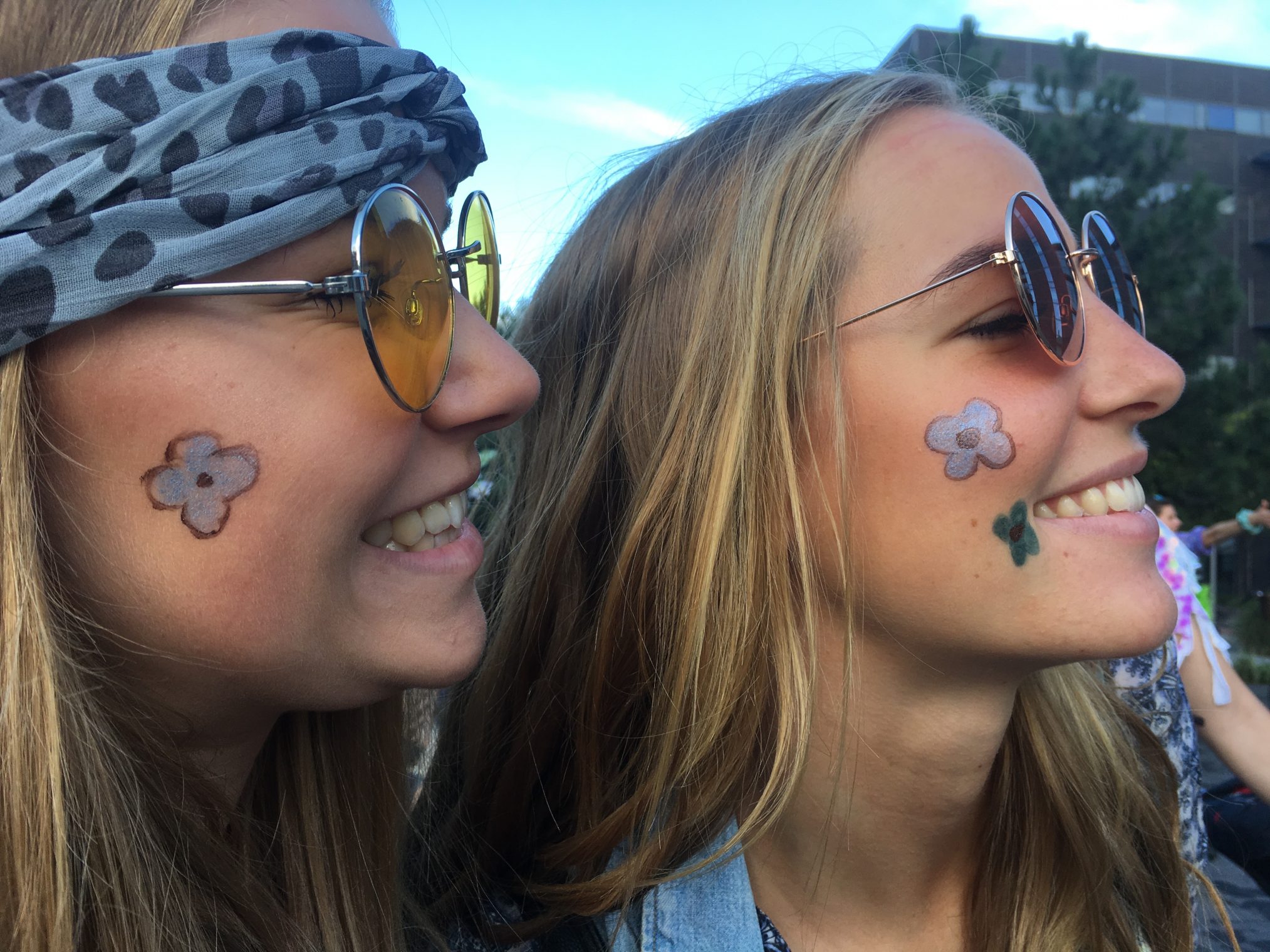
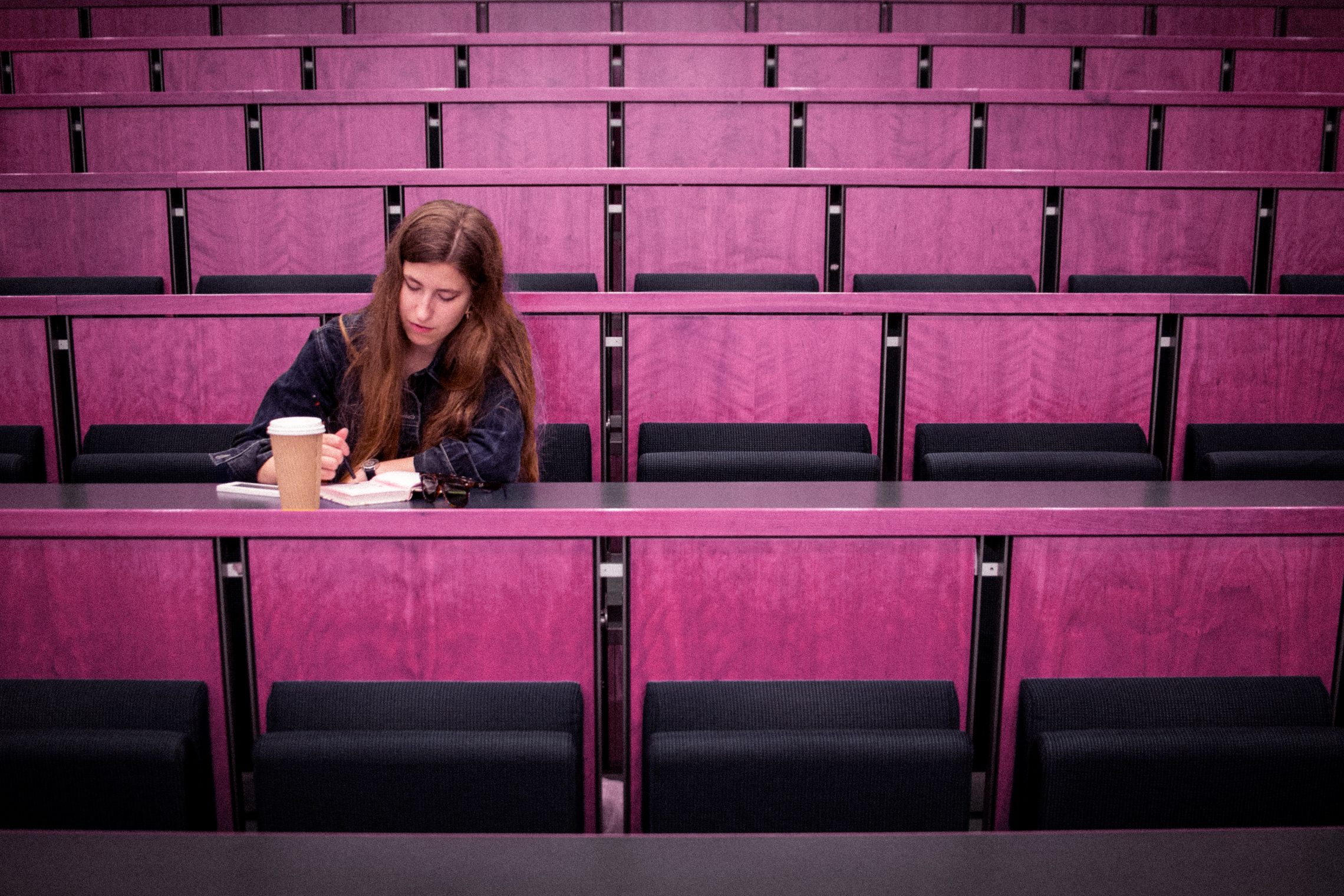
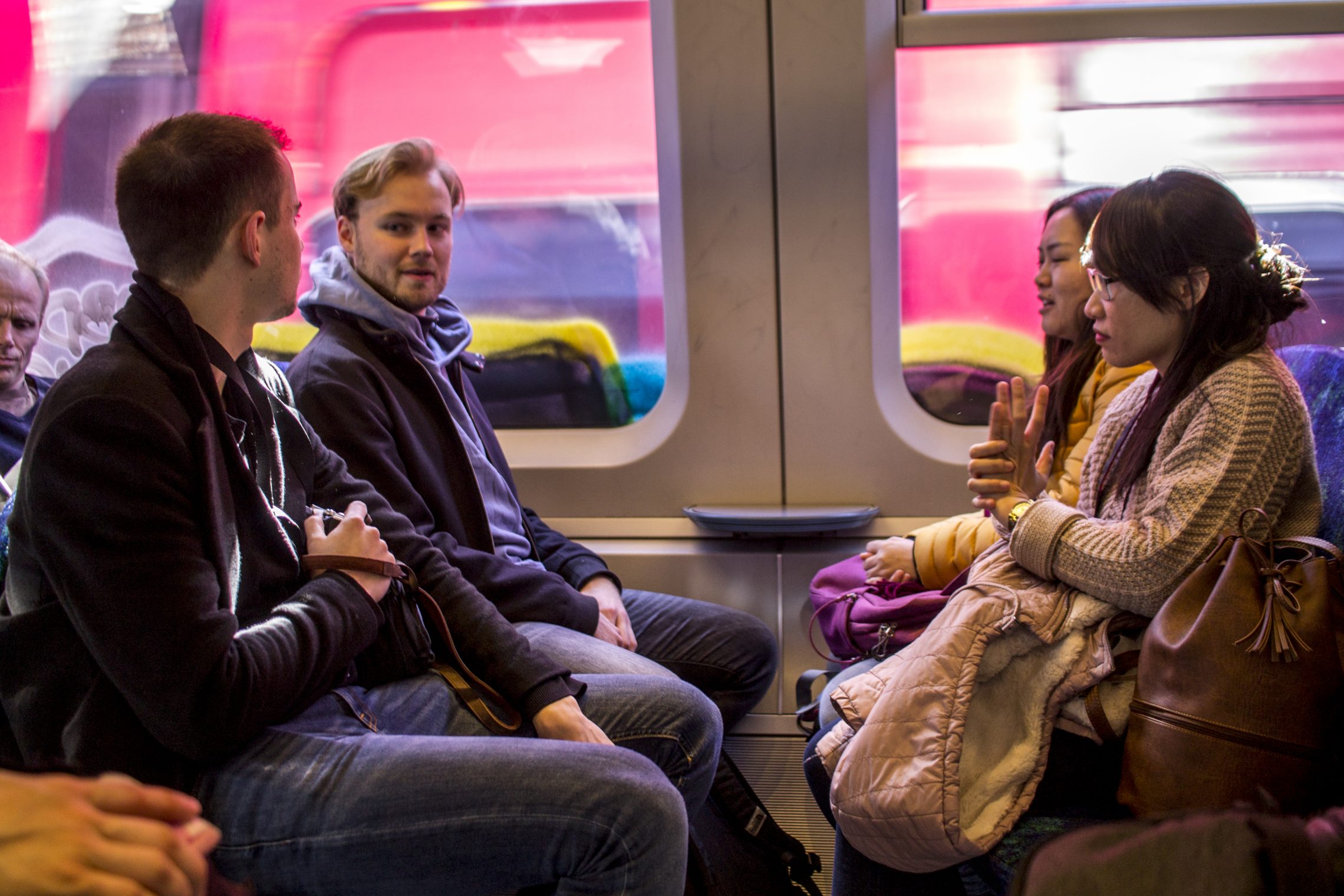

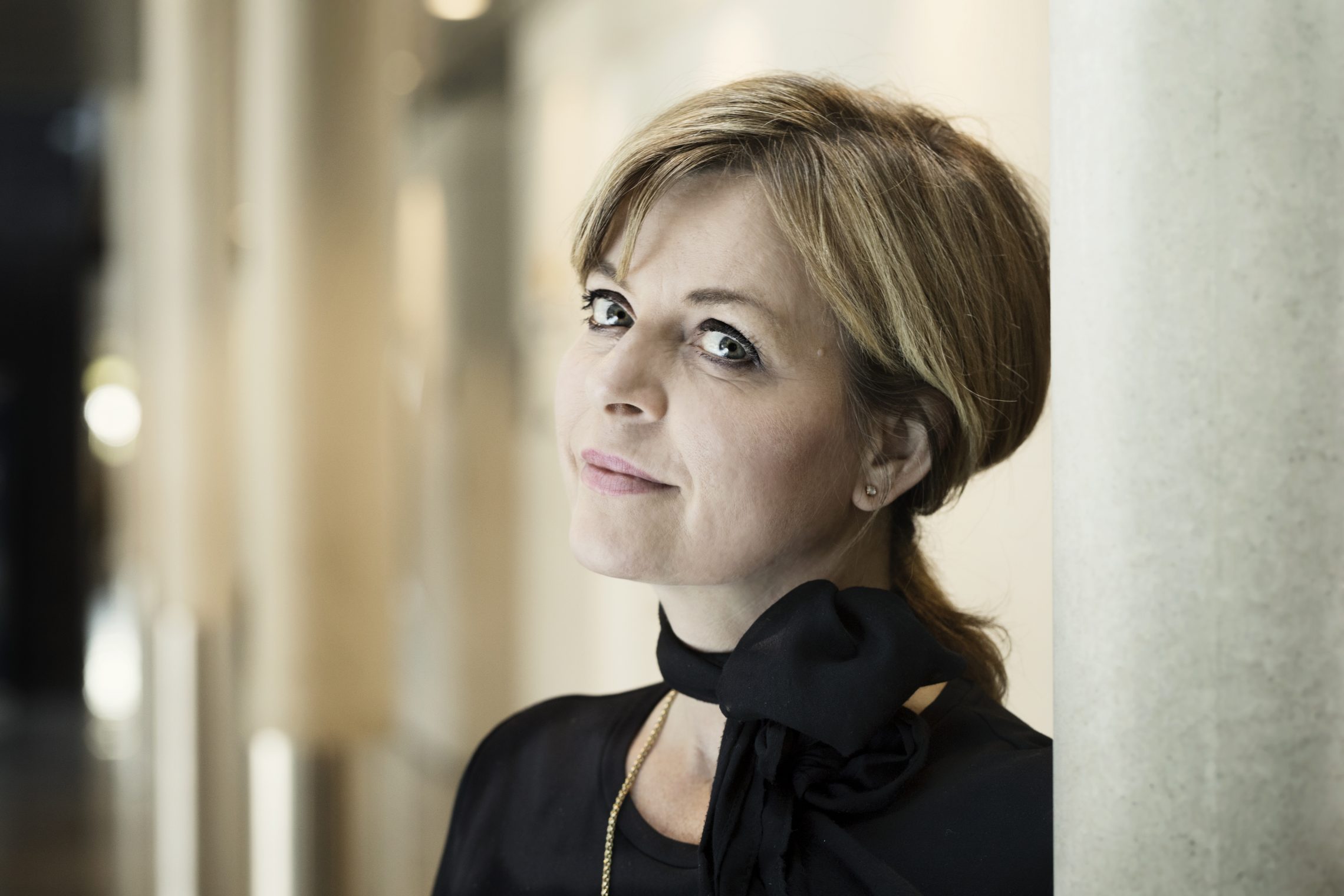
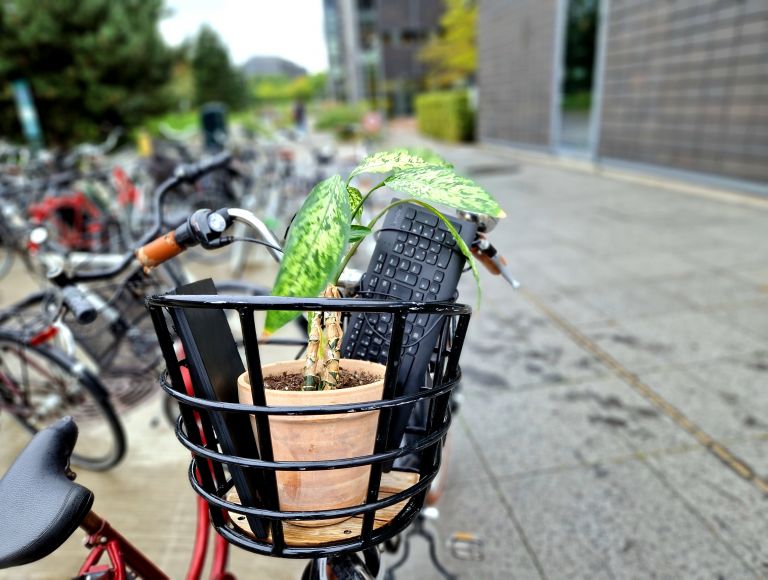
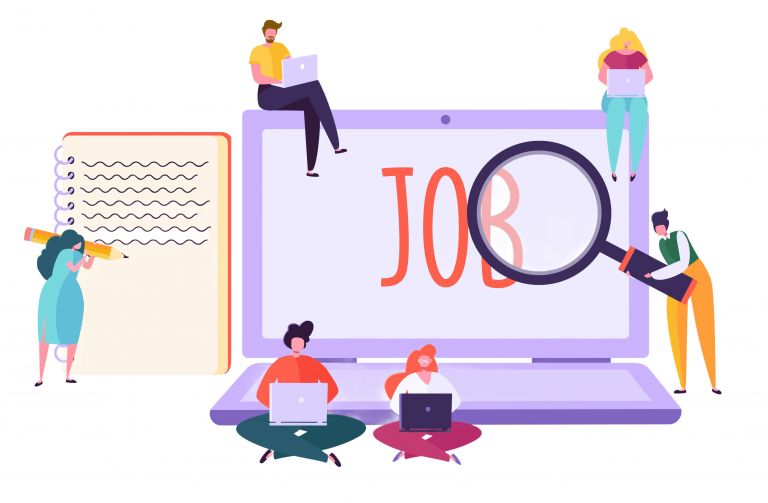
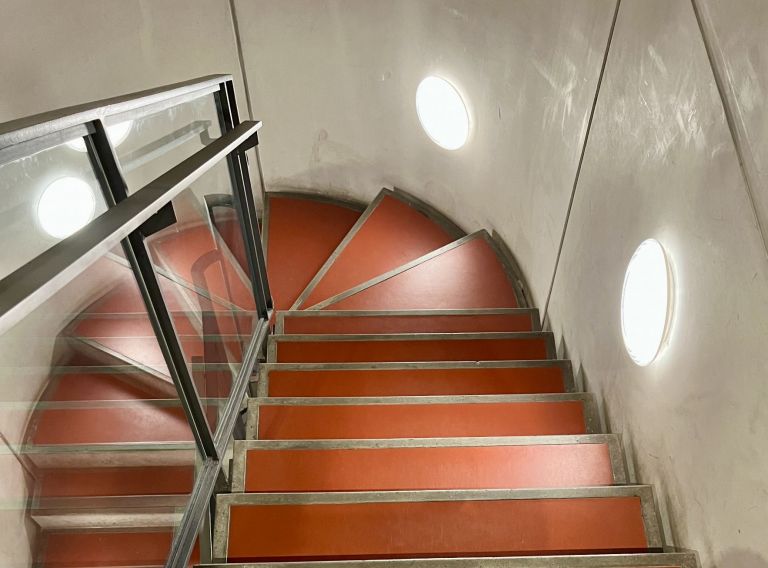

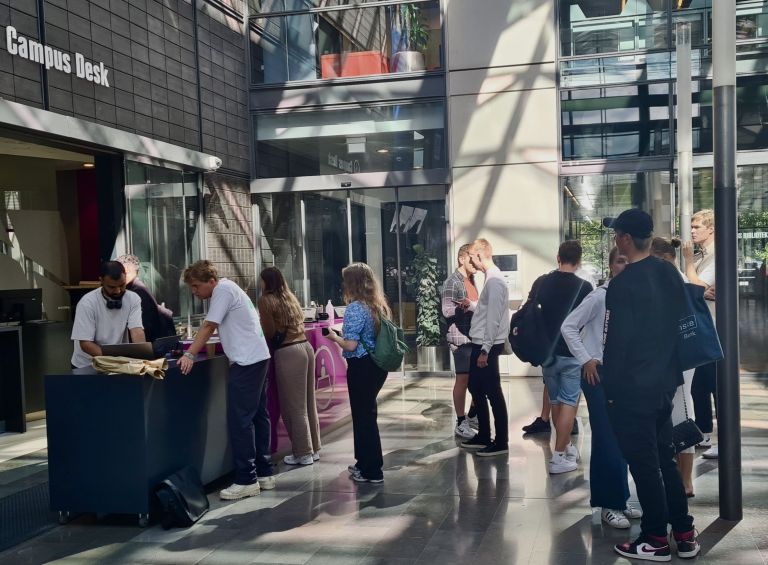

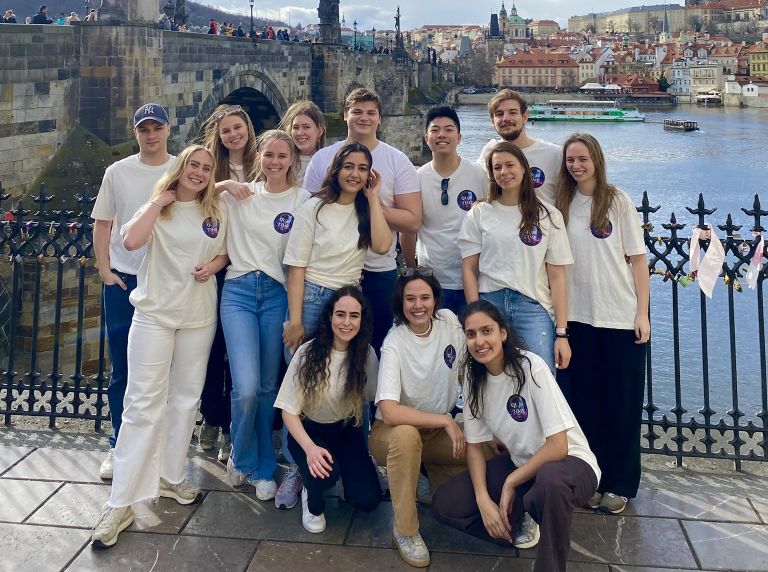
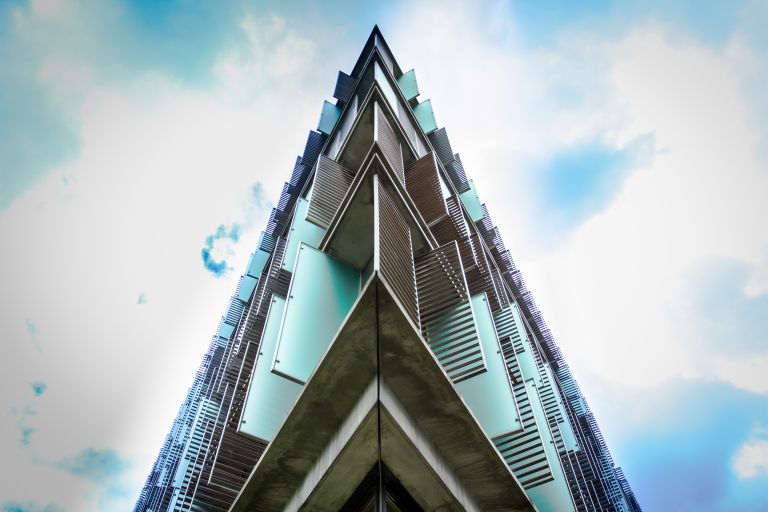

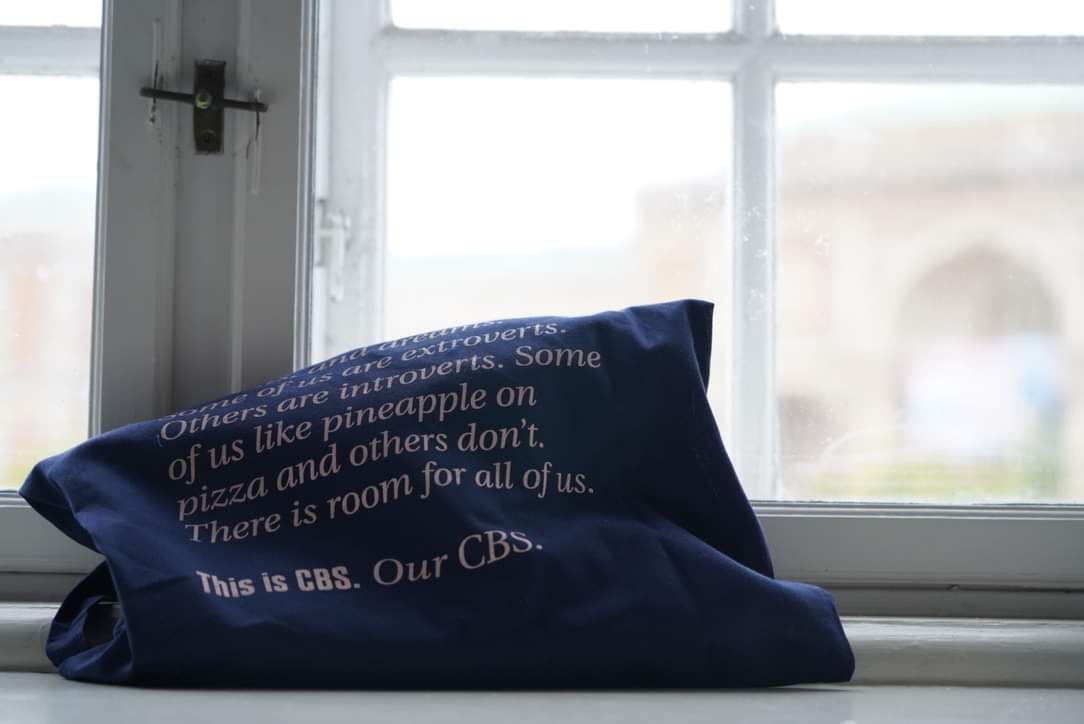

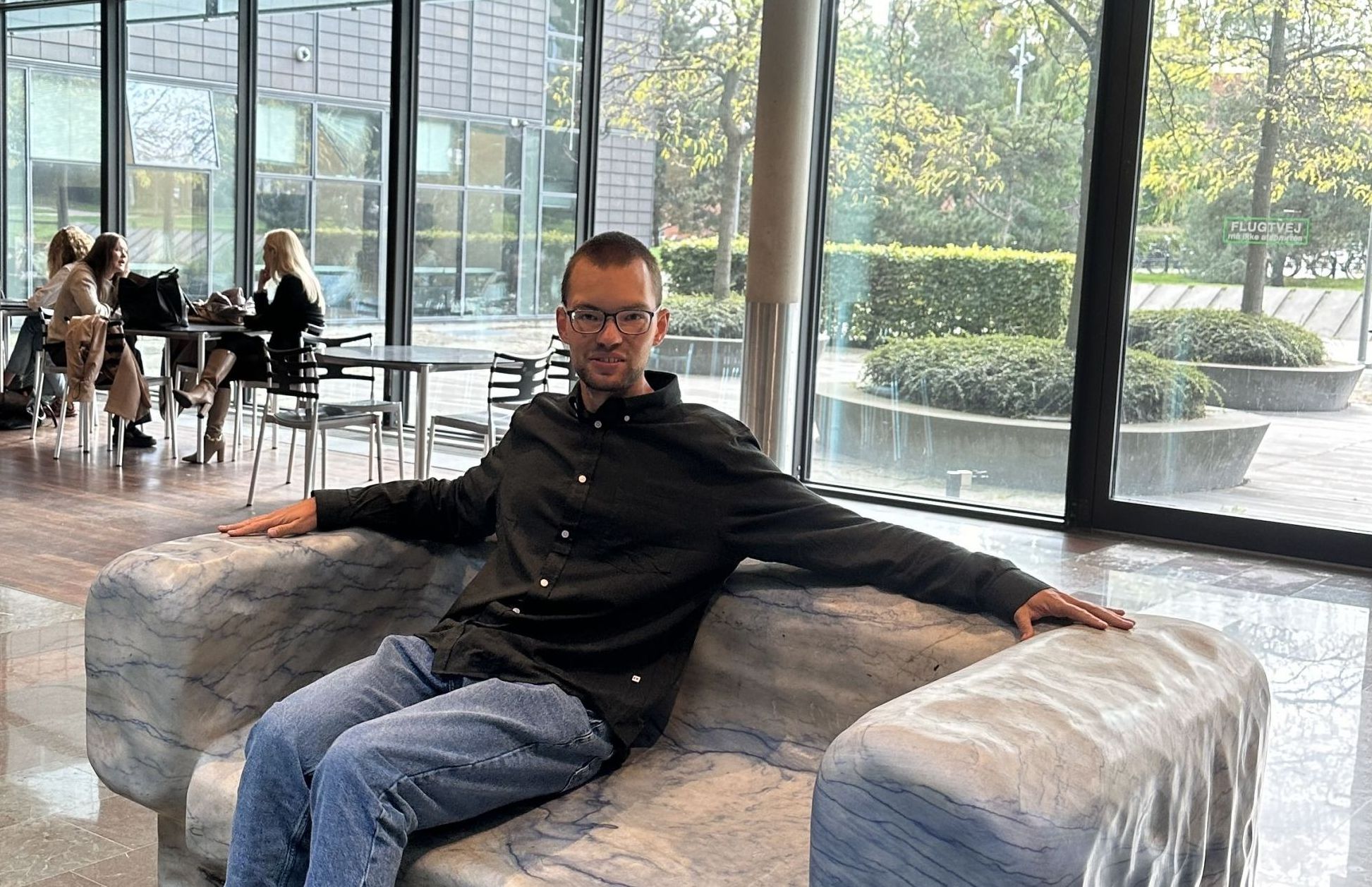
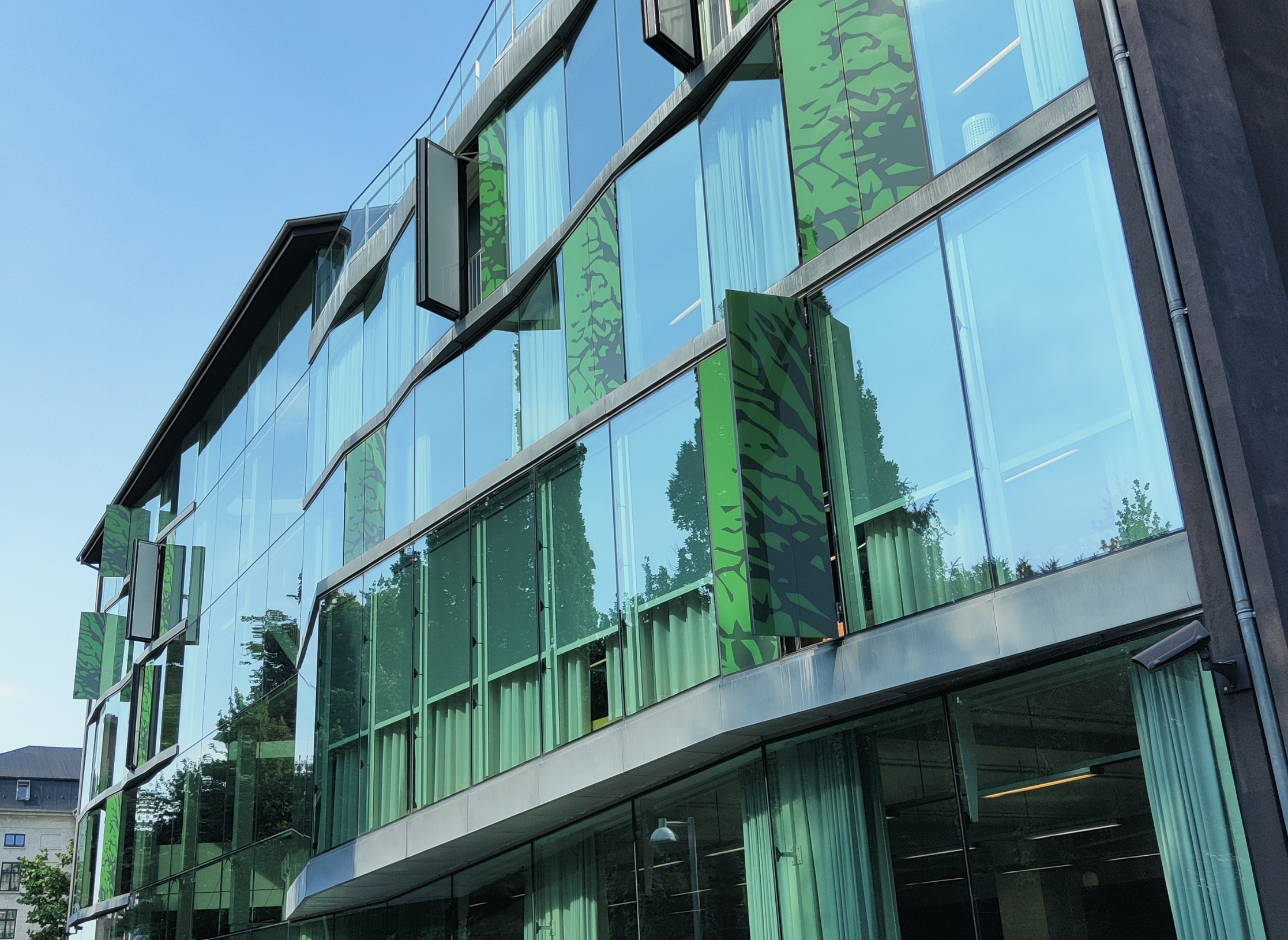


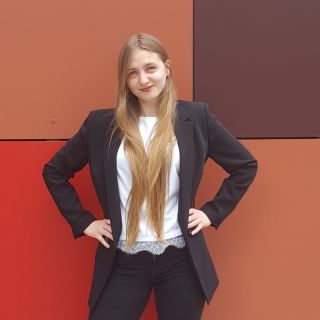

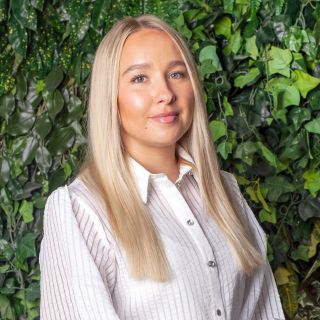

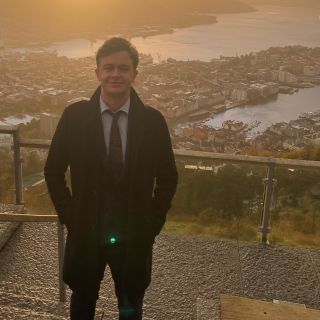
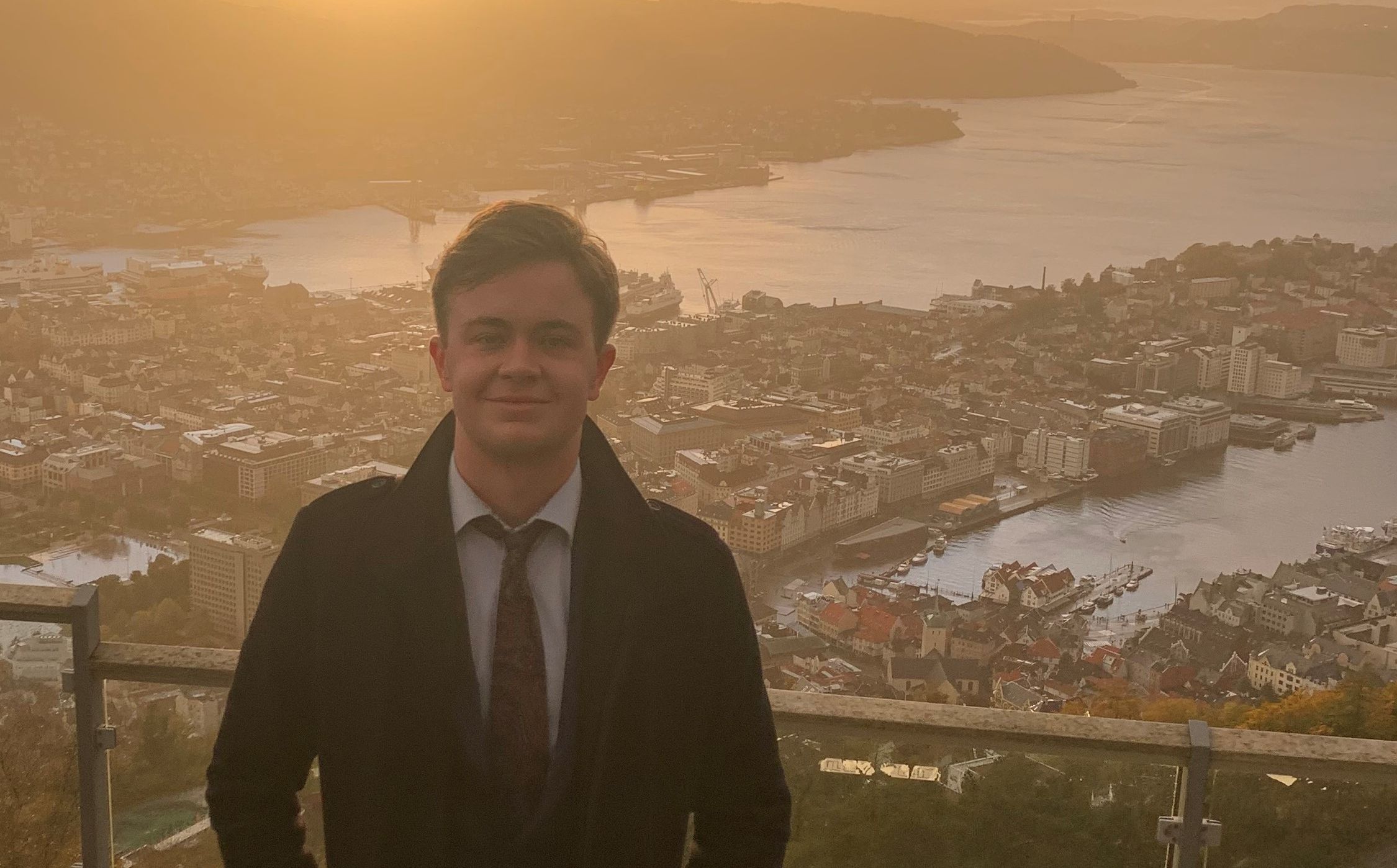
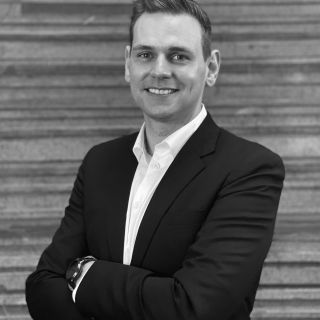
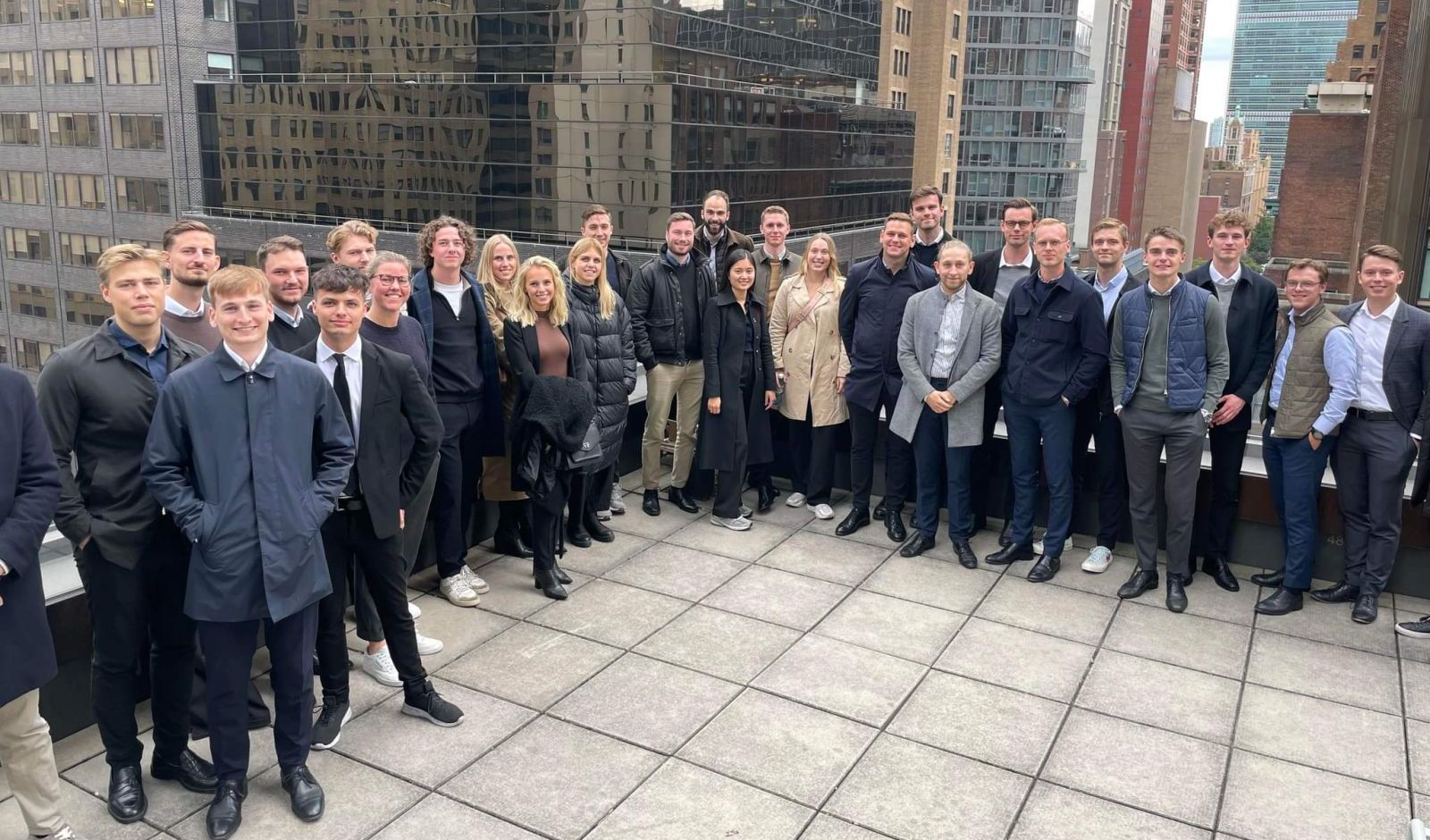





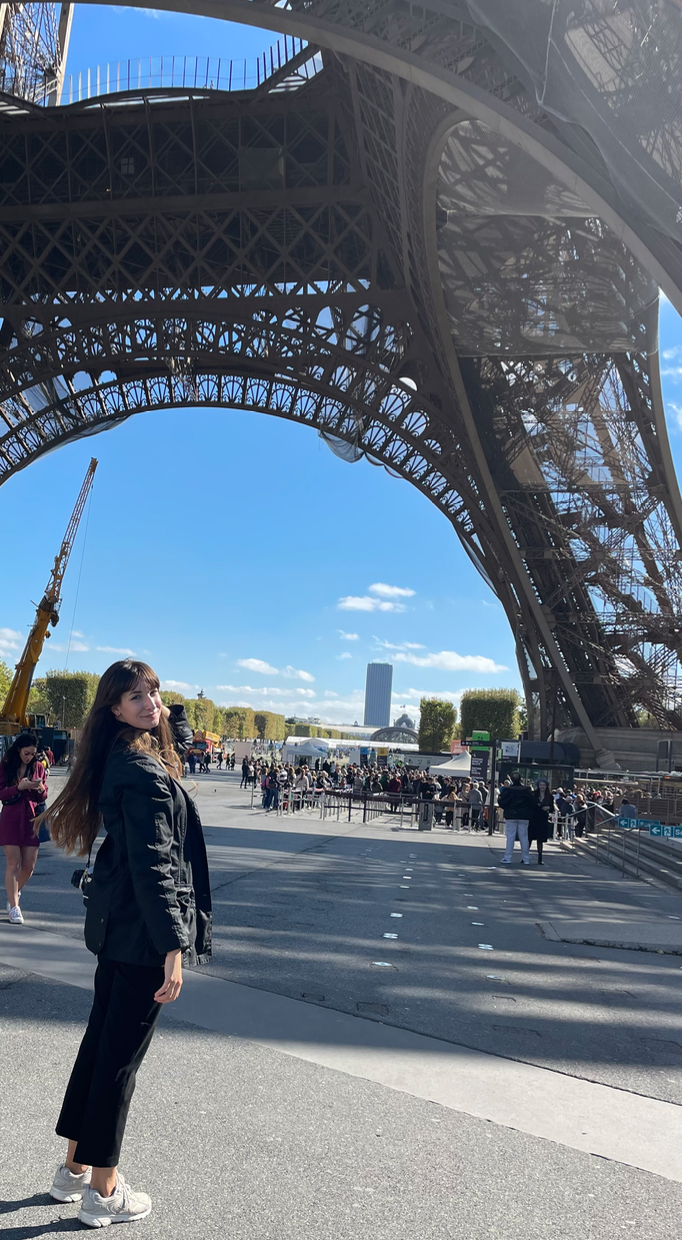




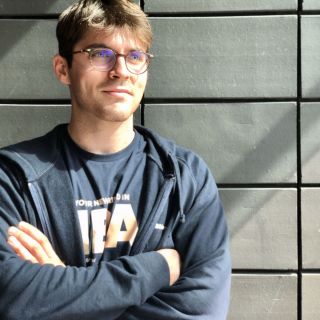
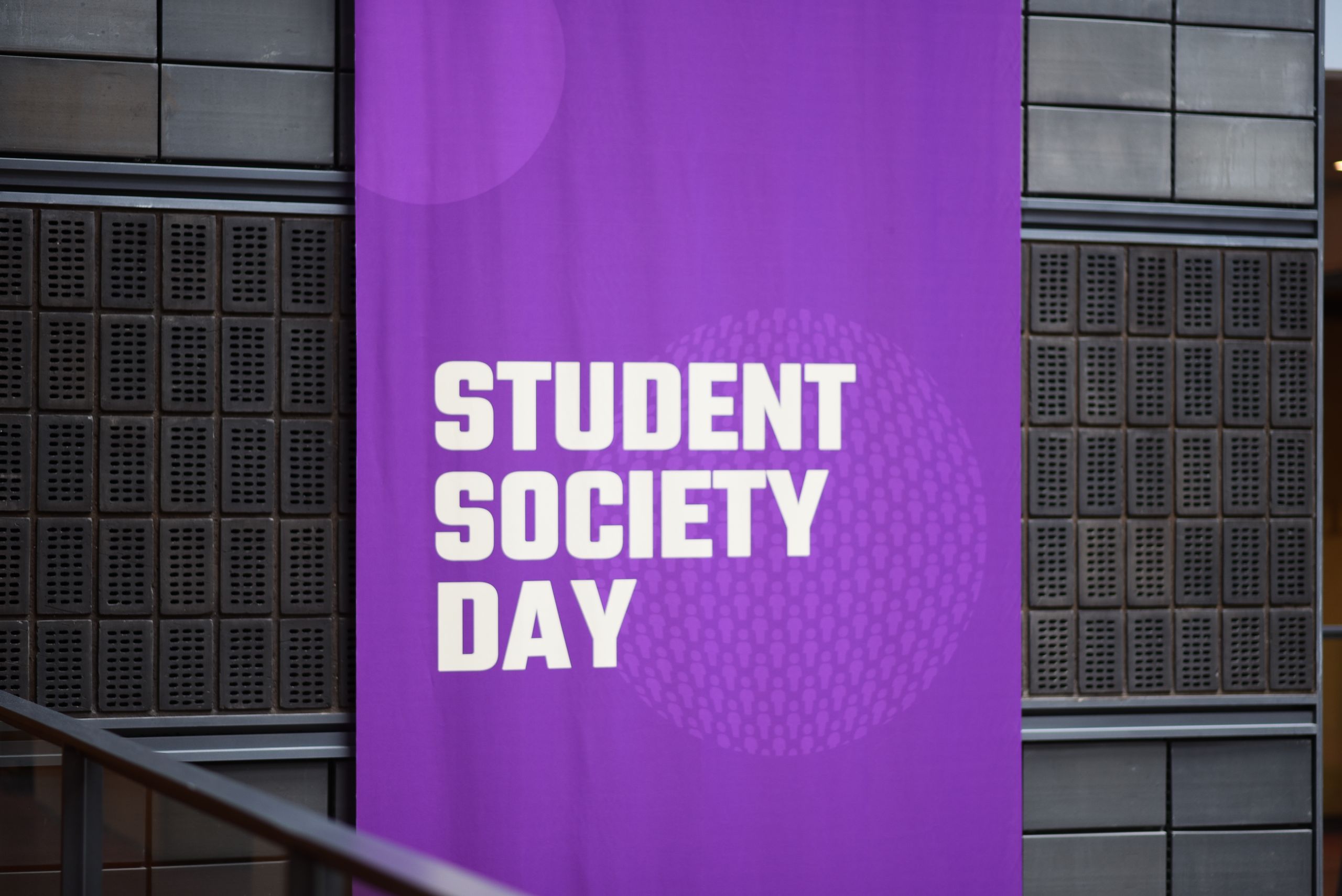

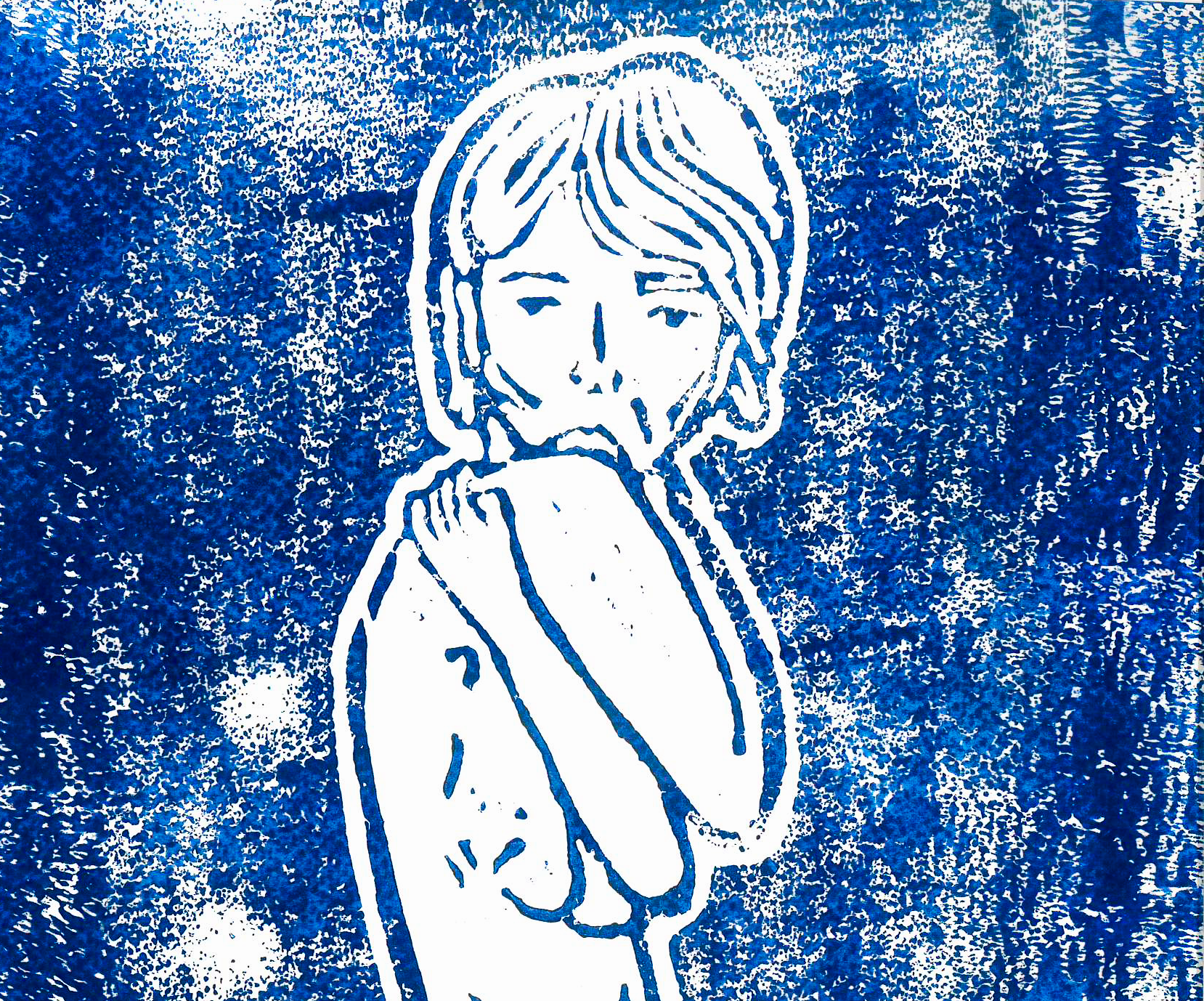

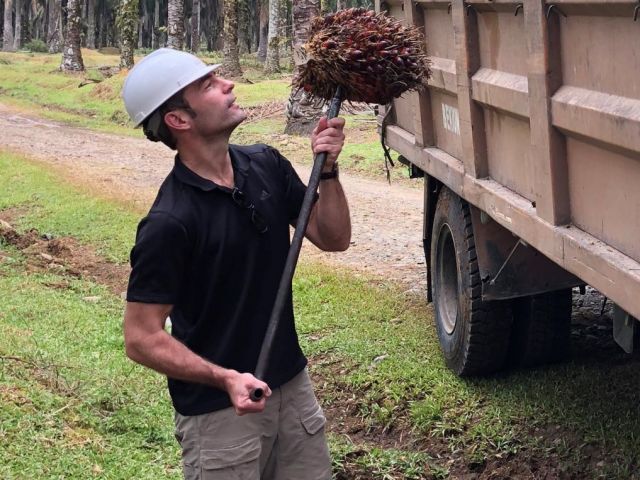
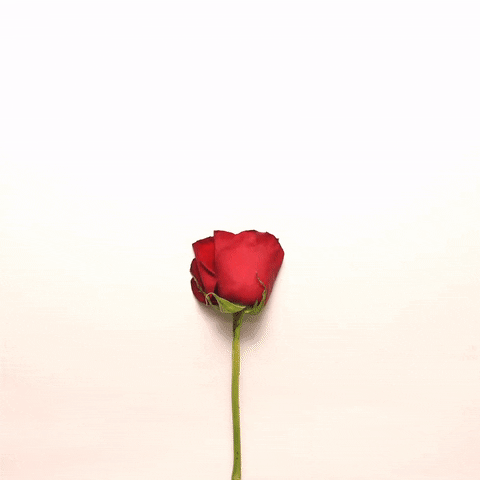

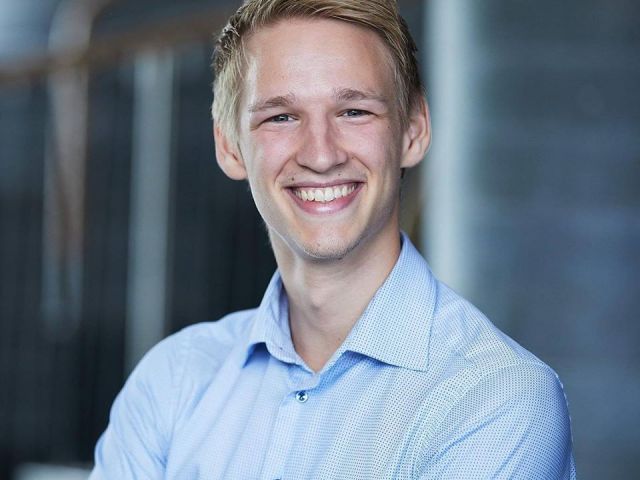
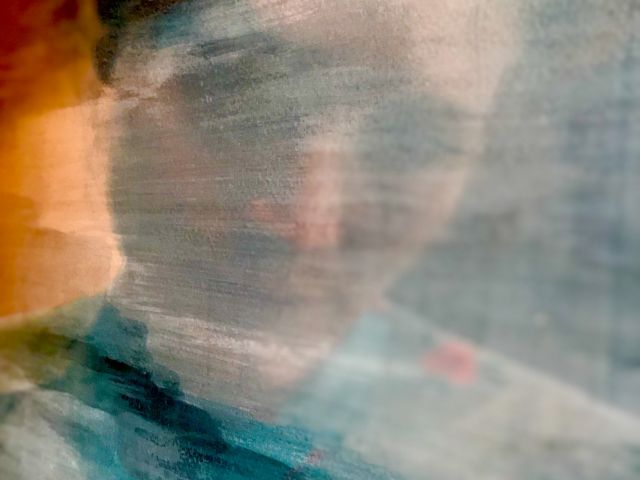

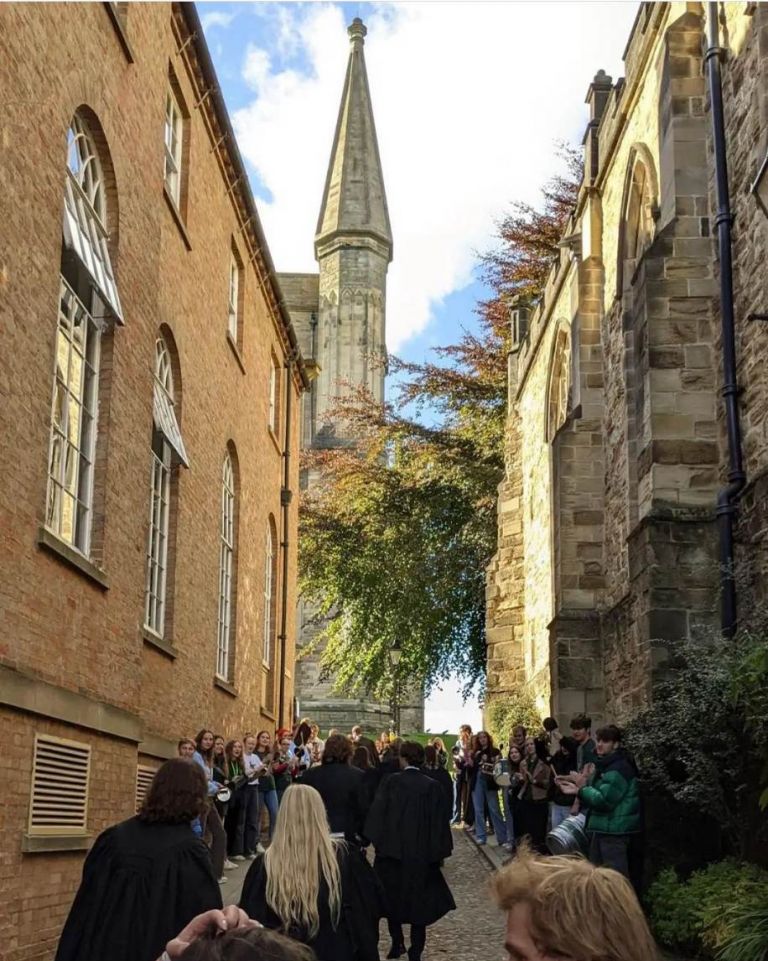


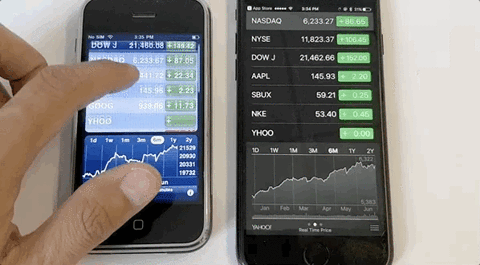



Comments